|
|
|
|
|
|
|
|
|
|
|
|
|
|
|
|
|
|
|
|
|
|
|
|
|
|
|
|
|
|
|
|
|
|
|
|
|
|
|
|
|
|
|
|
|
|
|
|
|
|
|
|
|
|
|
|
|
|
|
|
|
|
|
|
|
|
|
|
|
|
|
|
|
|
|
|
|
|
|
|
|
|
|
|
|
|
|
|
|
|
|
|
|
|
|
|
|
|
|
|
|
|
|
|
|
|
|
|
|
|
|
|
|
|
|
|
|
|
|
|
|
|
|
|
|
|
|
|
|
|
|
|
|
|
|
|
|
|
|
|
|
|
|
|
|
|
|
|
|
|
|
|
|
|
|
|
|
|
|
|
|
|
|
|
|
|
|
|
|
|
|
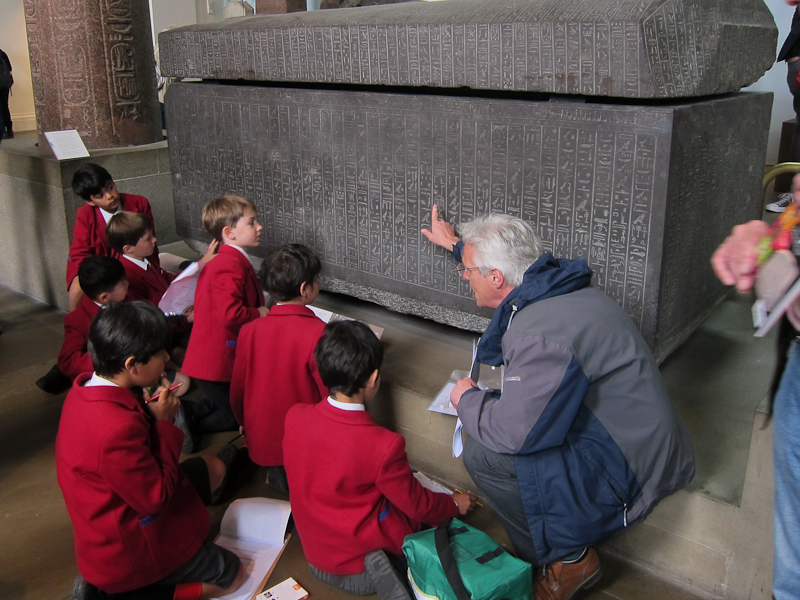 |
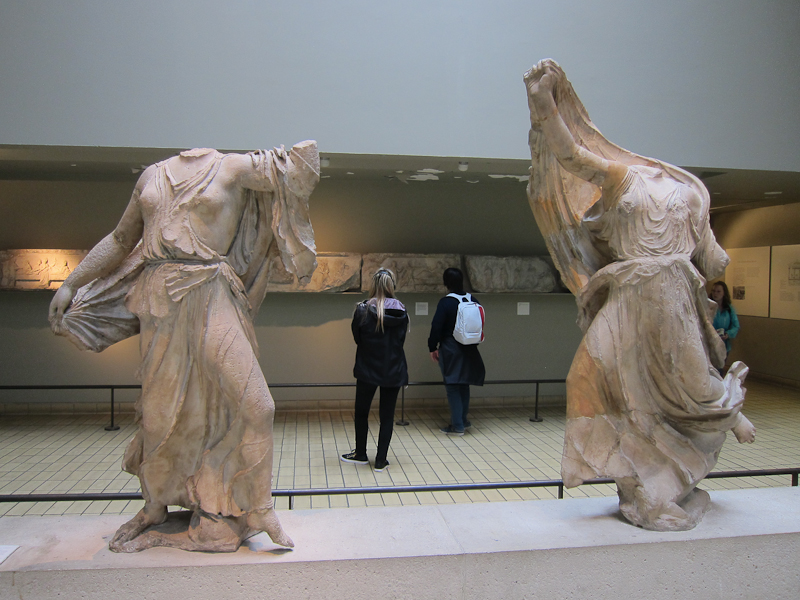 |
 |
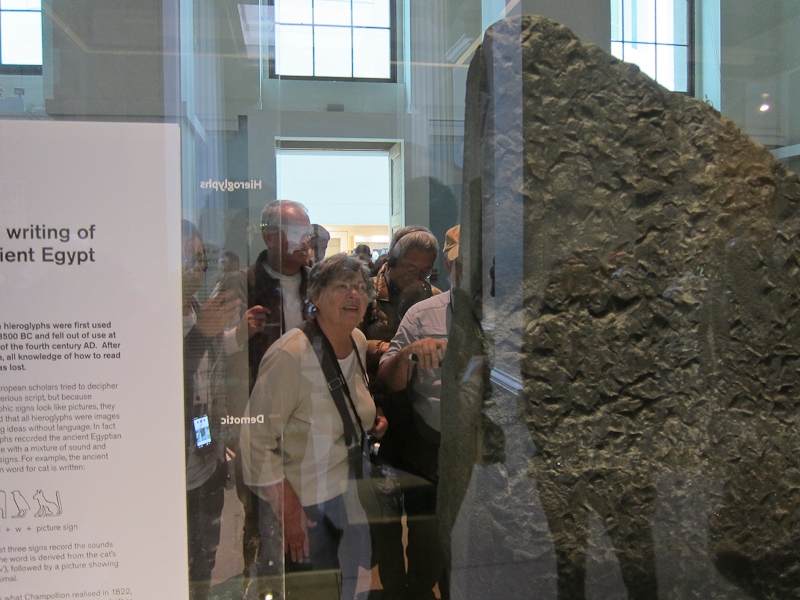 |
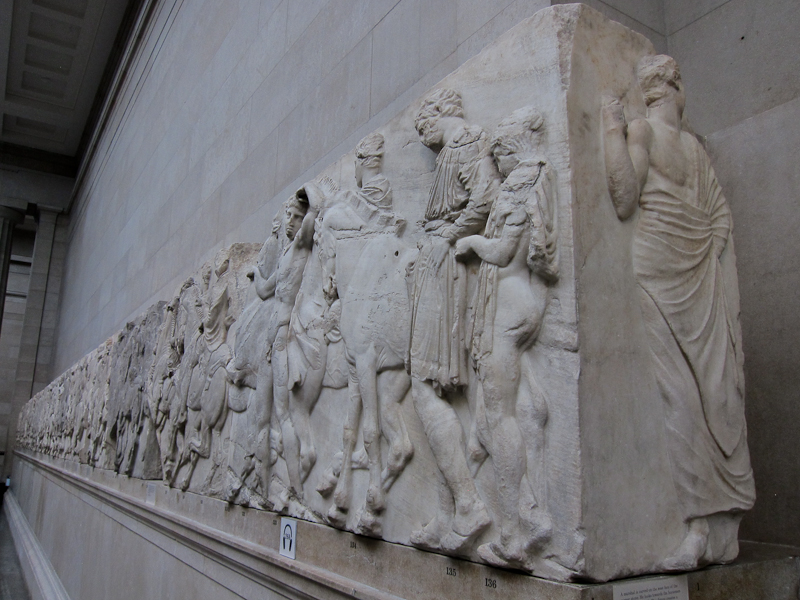 |
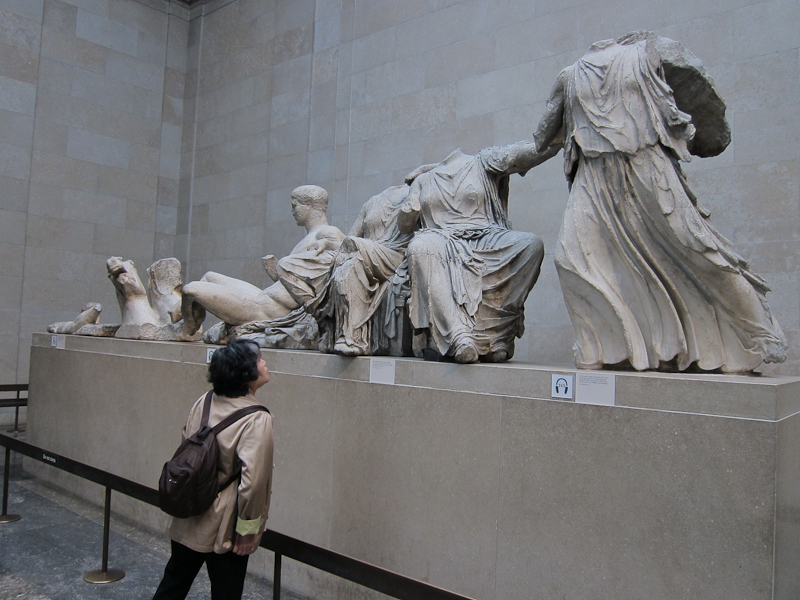 |
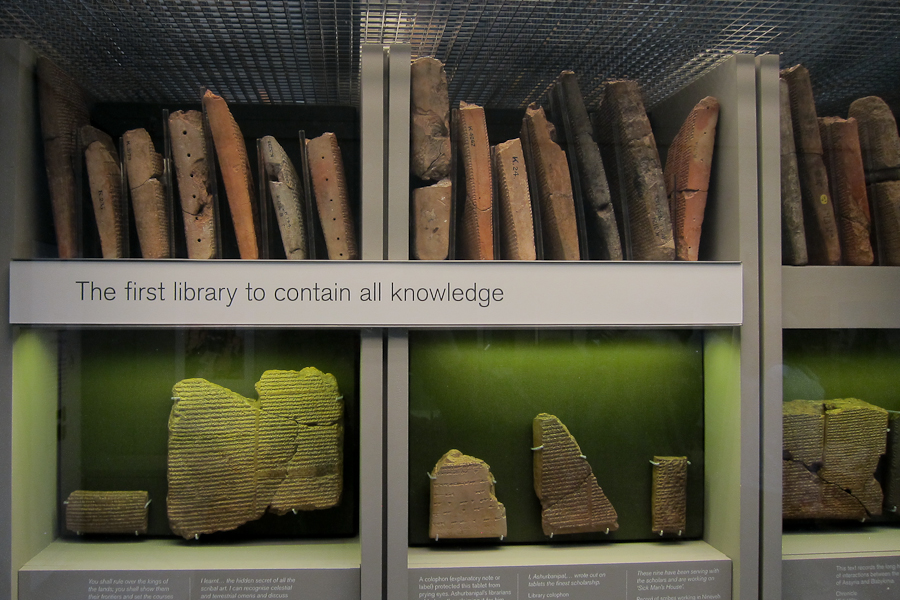 |
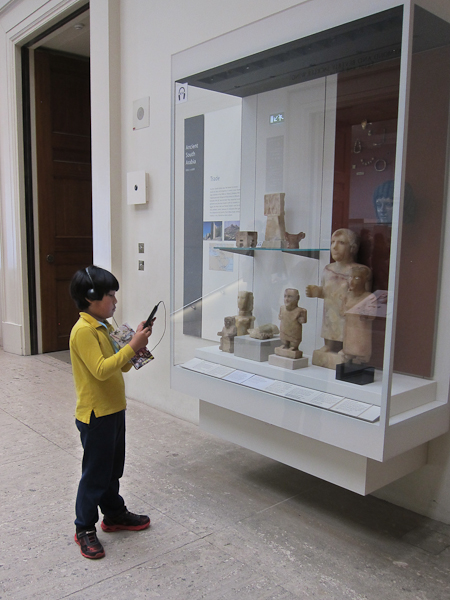 |
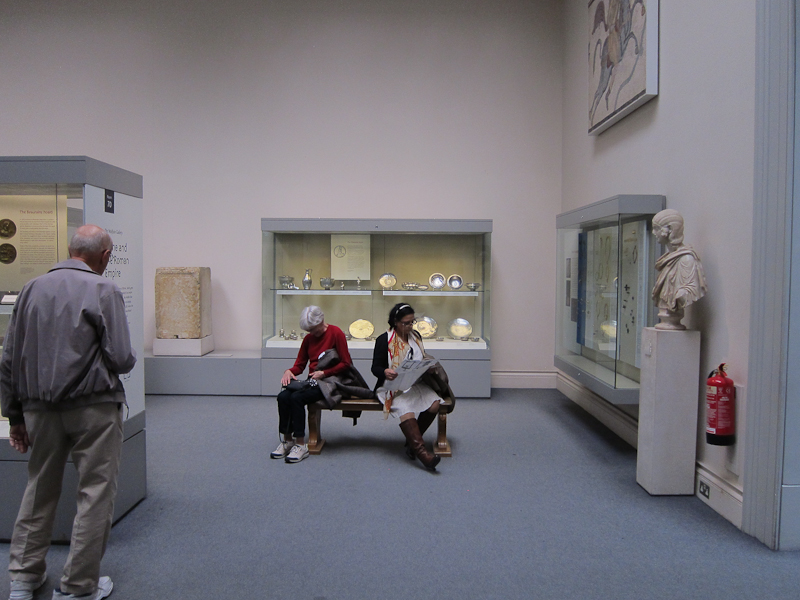 |
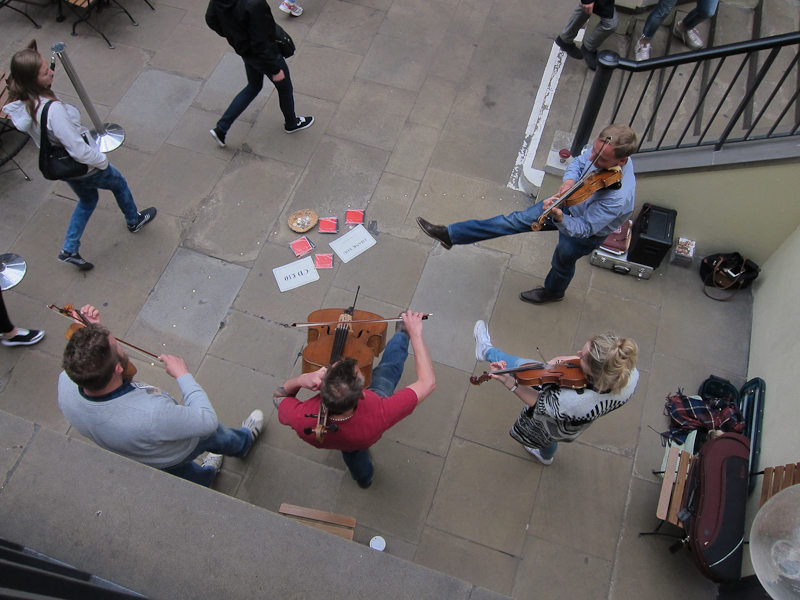 |
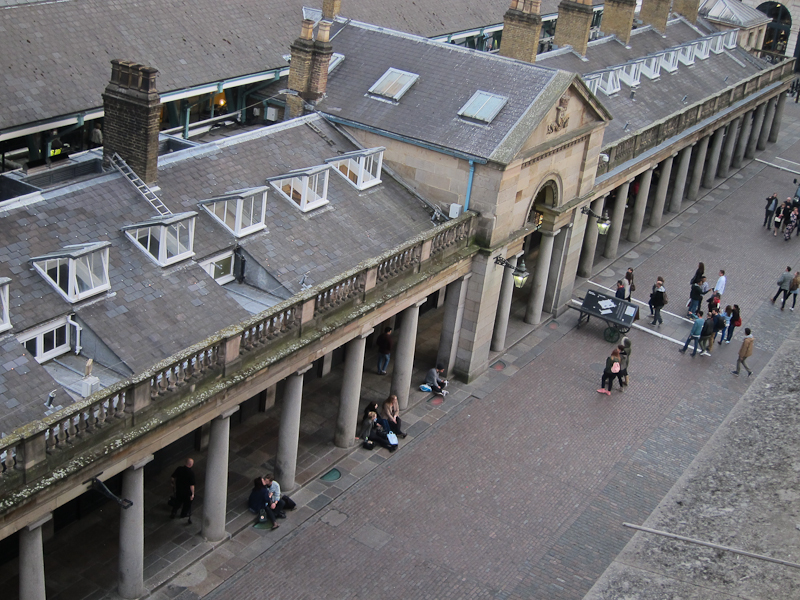 |
 |
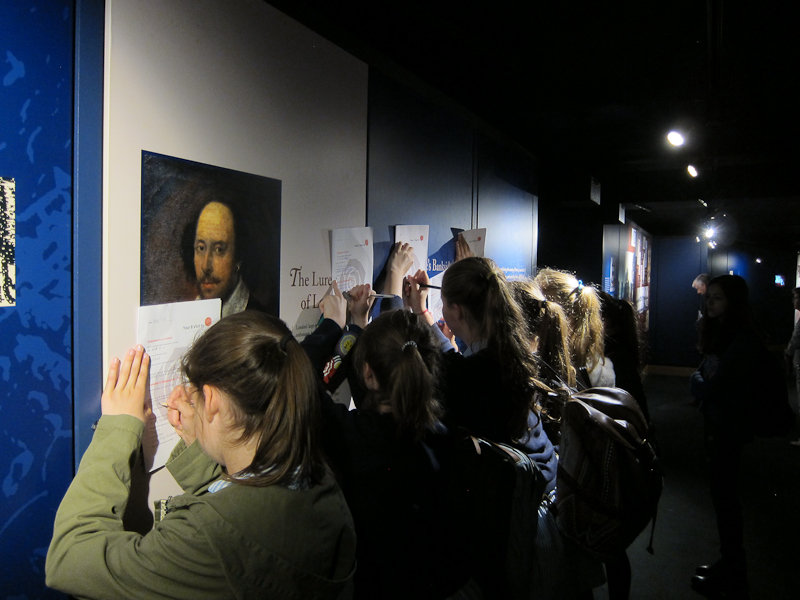 |
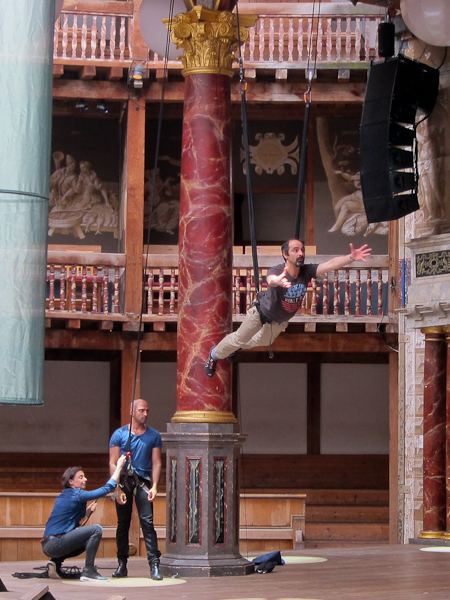 |
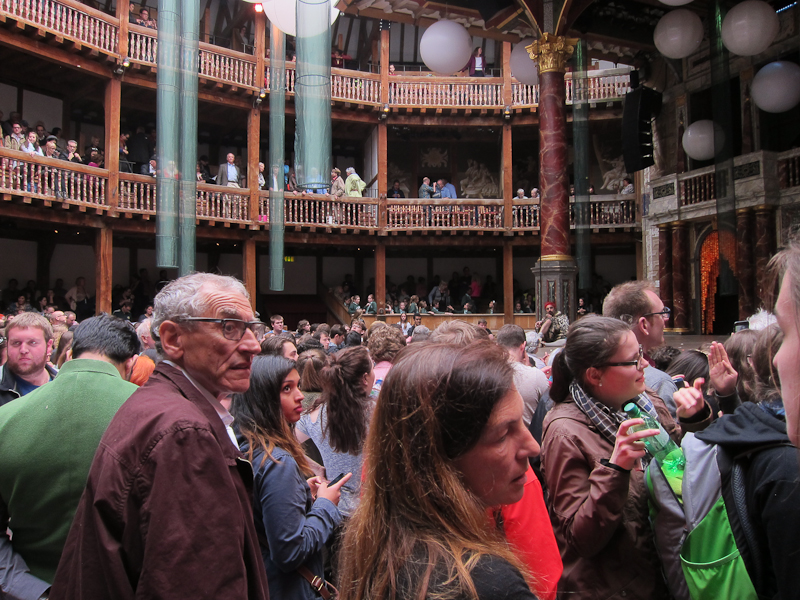 |
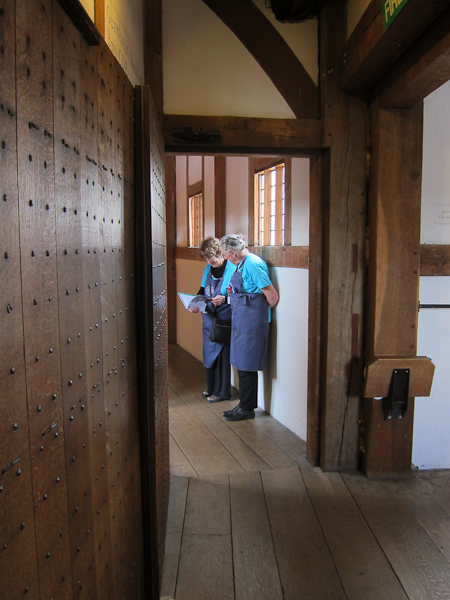 |
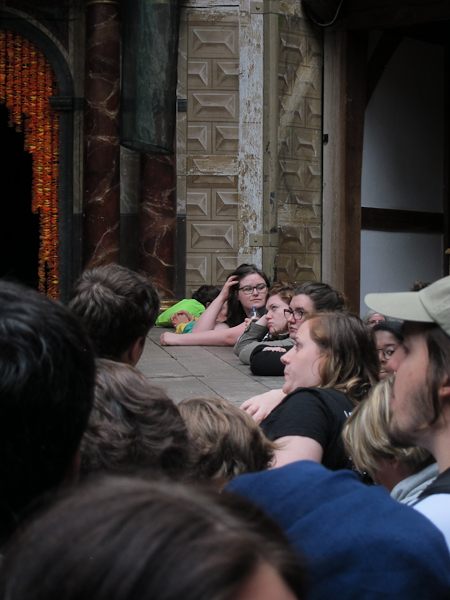 |
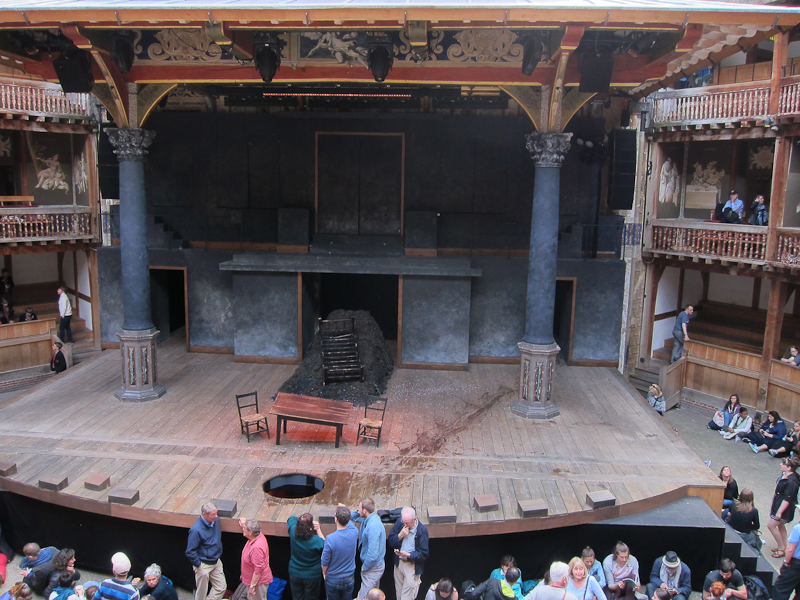 |
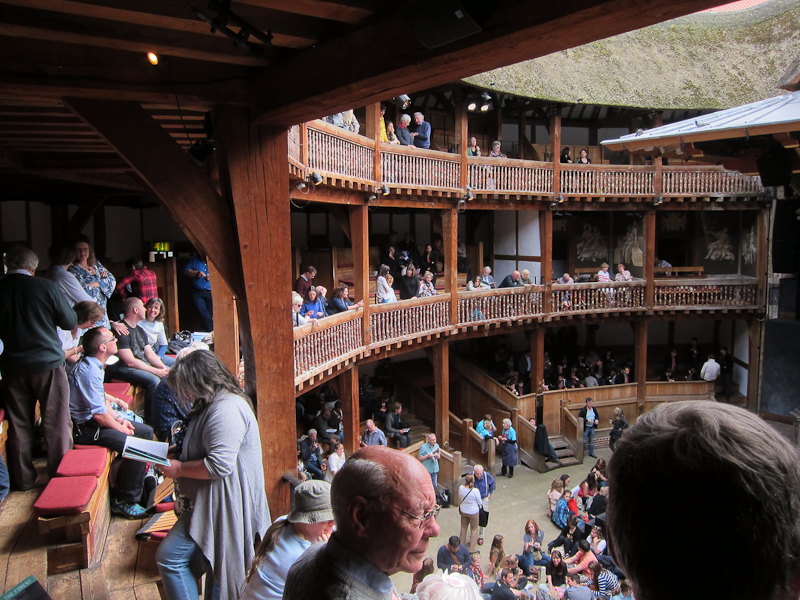 |
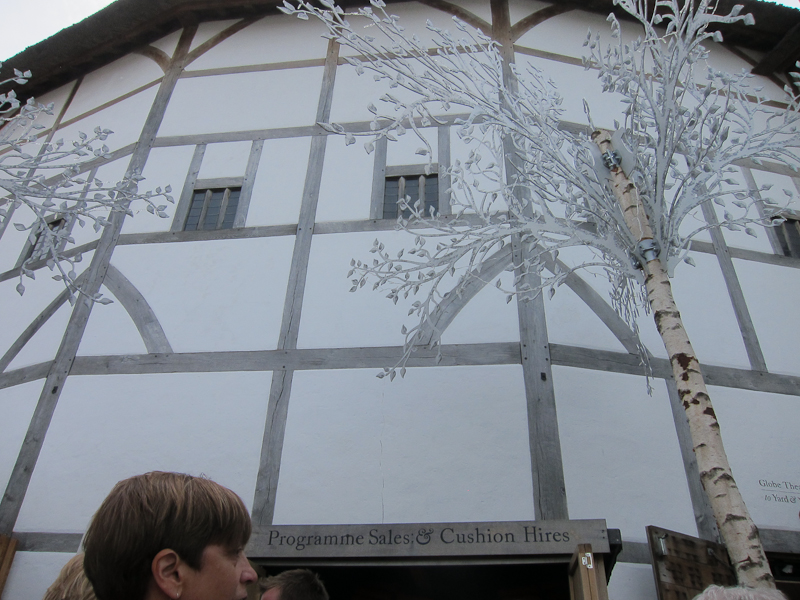 |
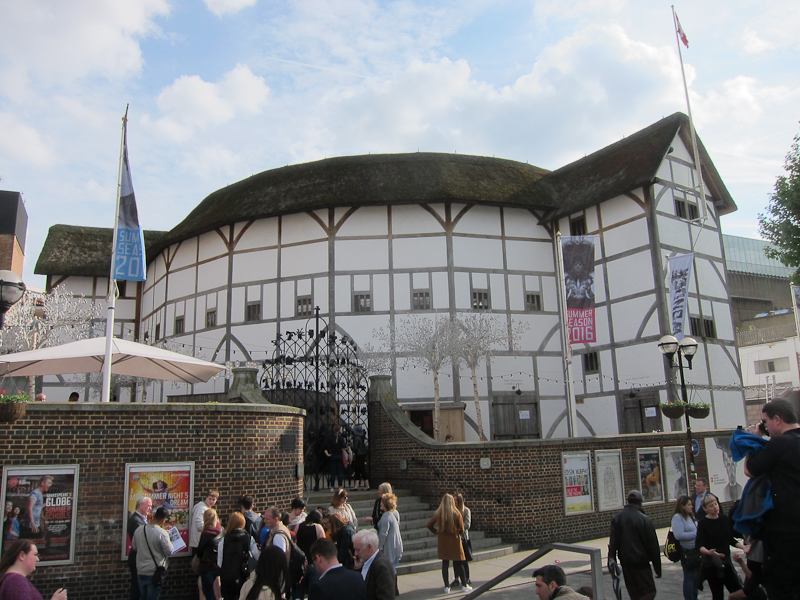 |
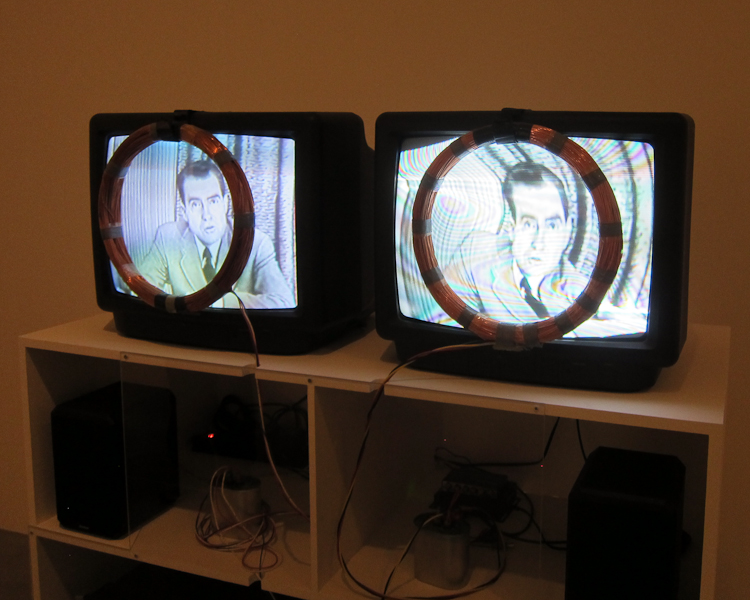 |
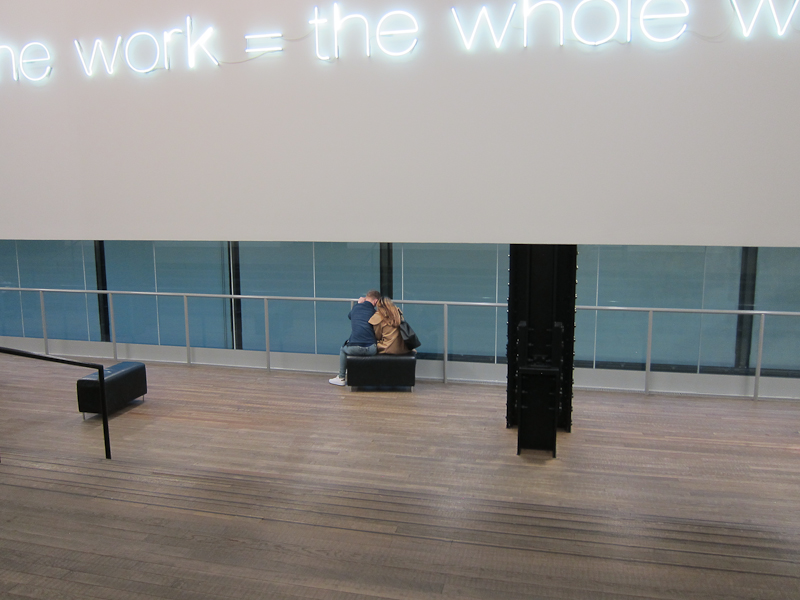 |
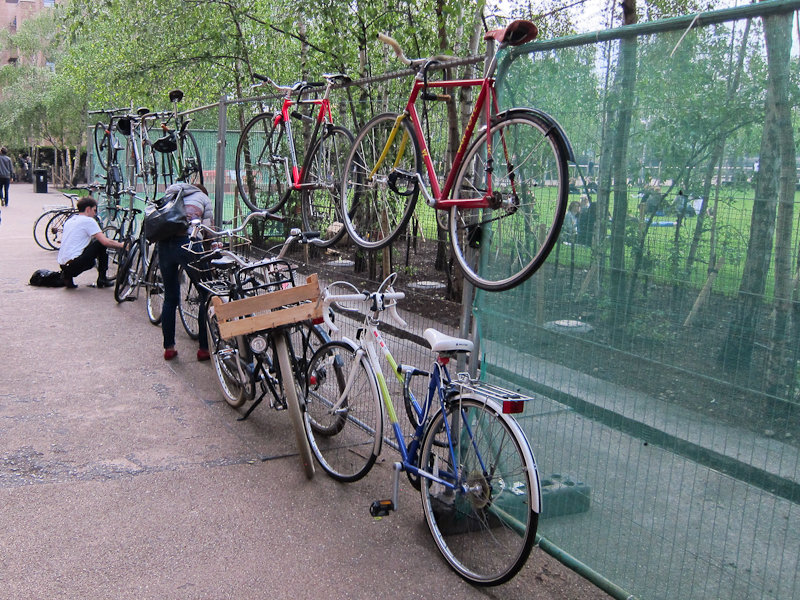 |
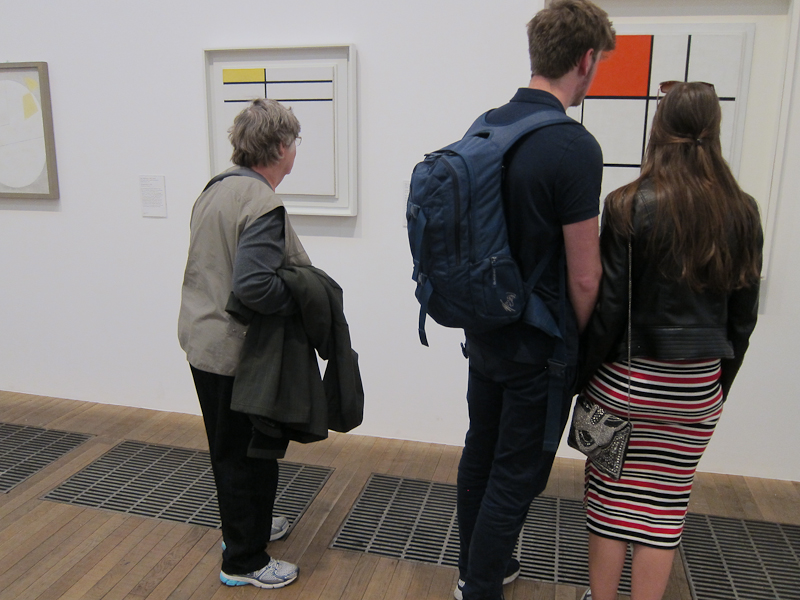 |
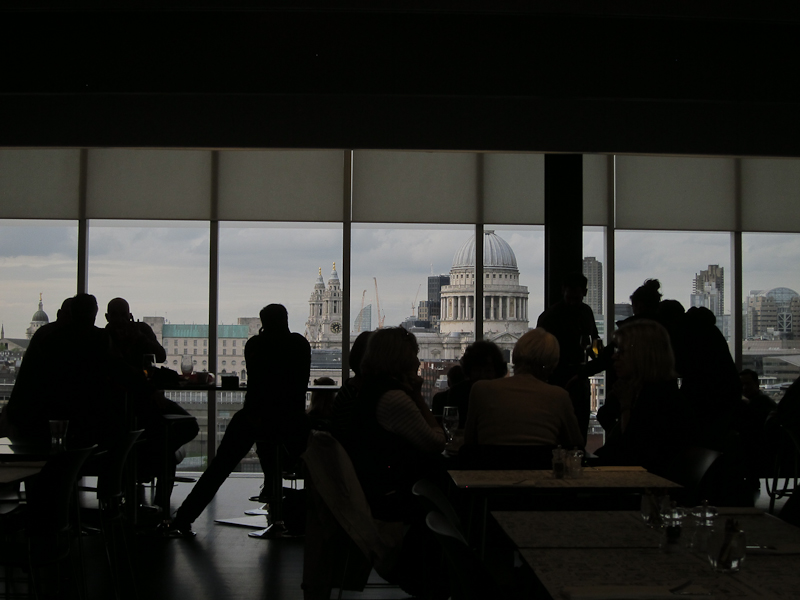 |
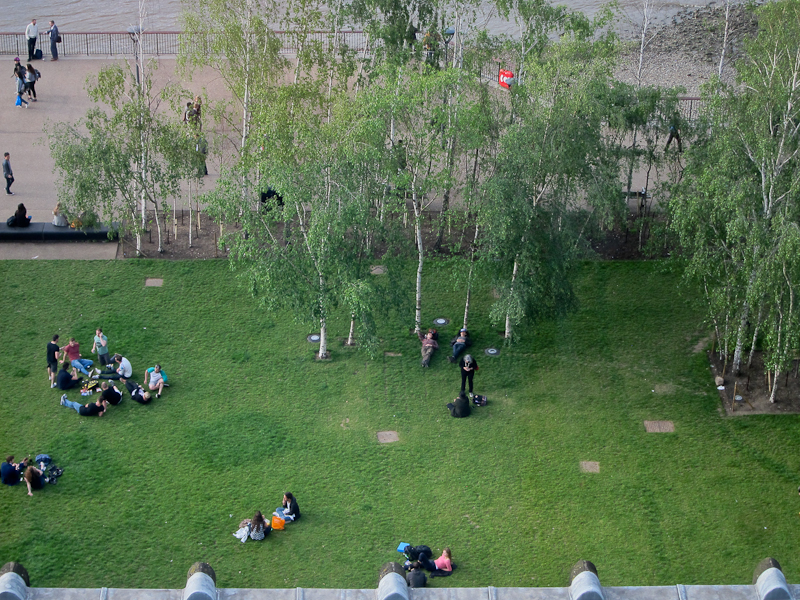 |
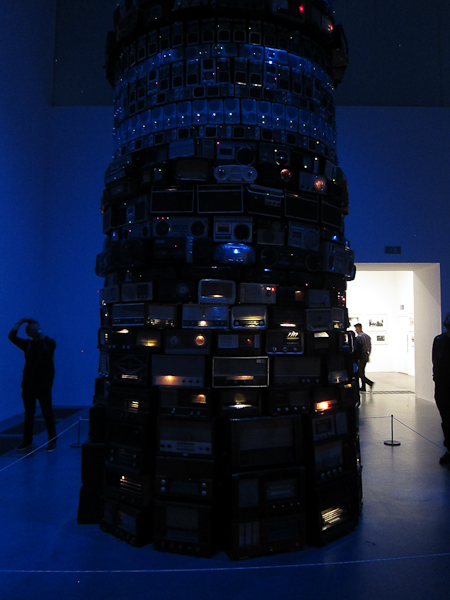 |
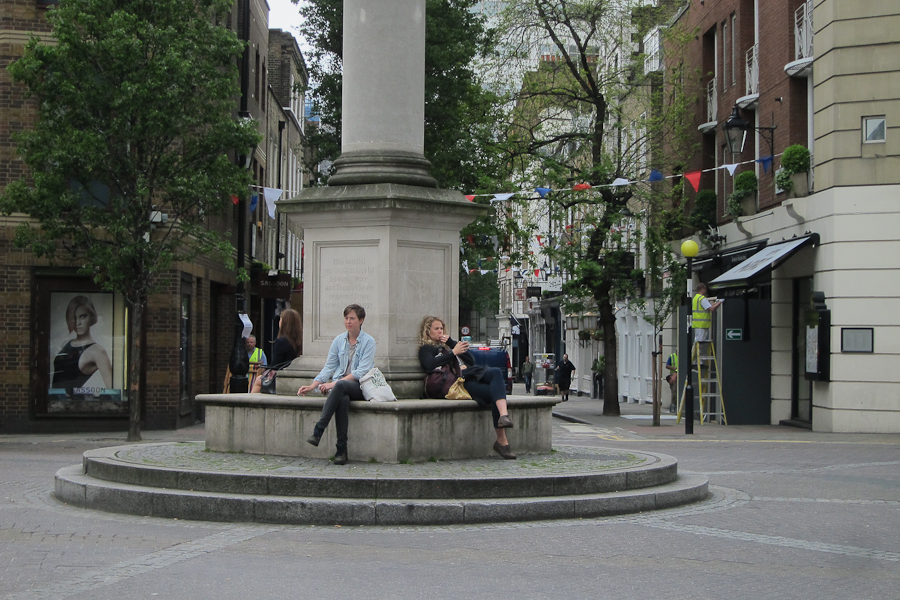 |
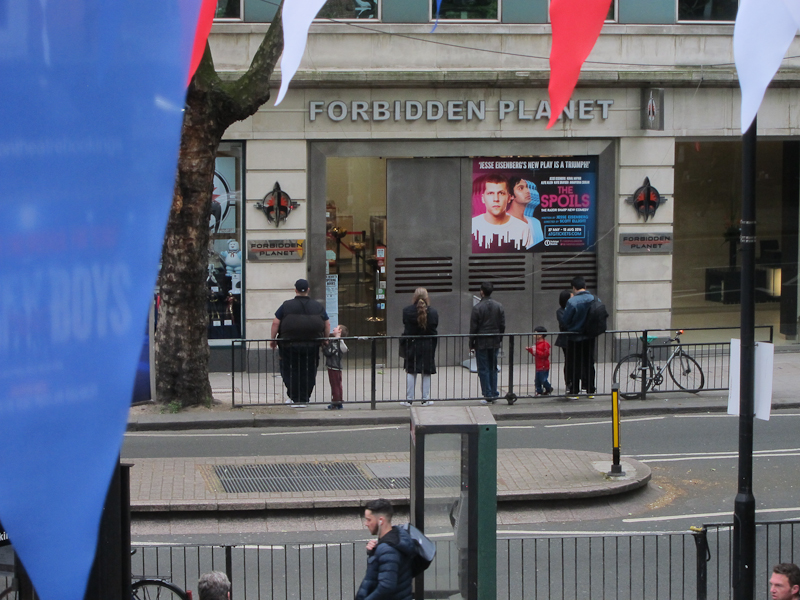 |
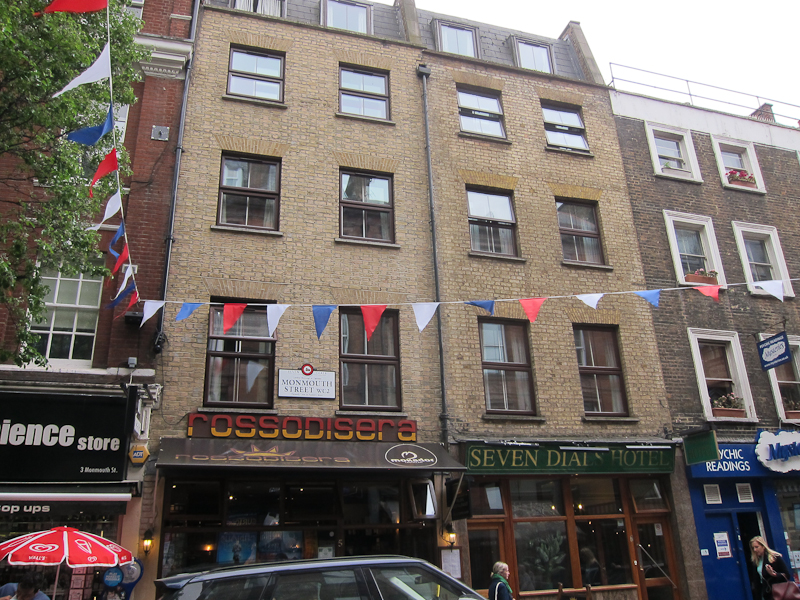 |
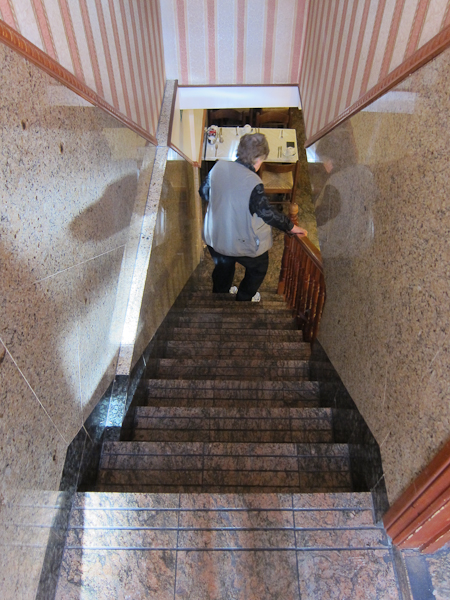 |
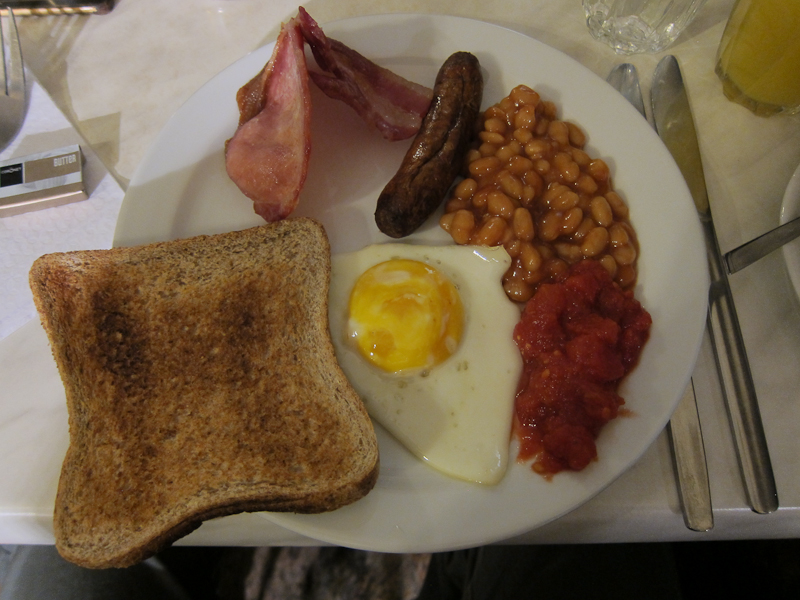 |
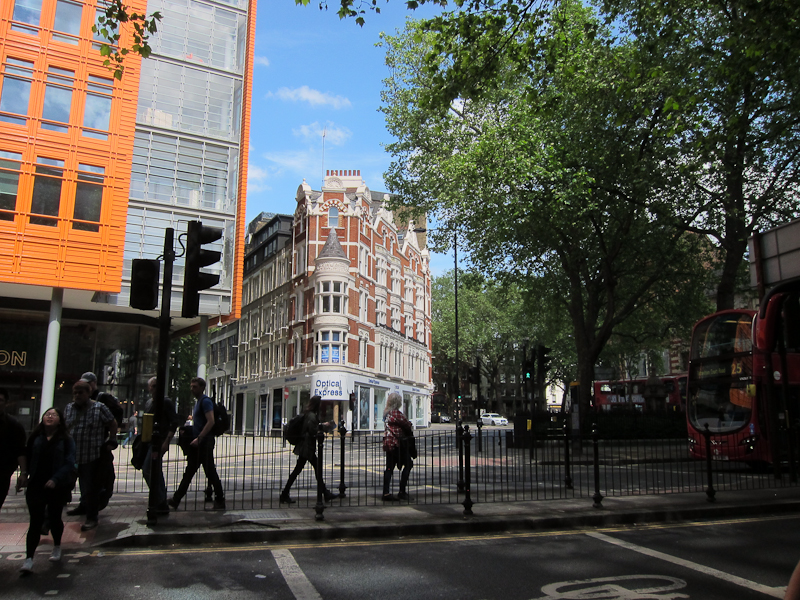 |
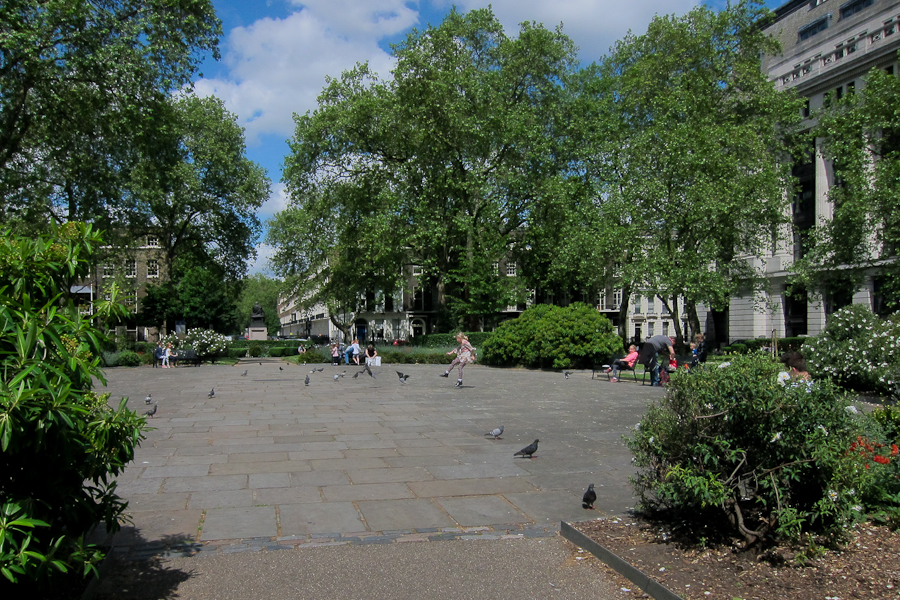 |
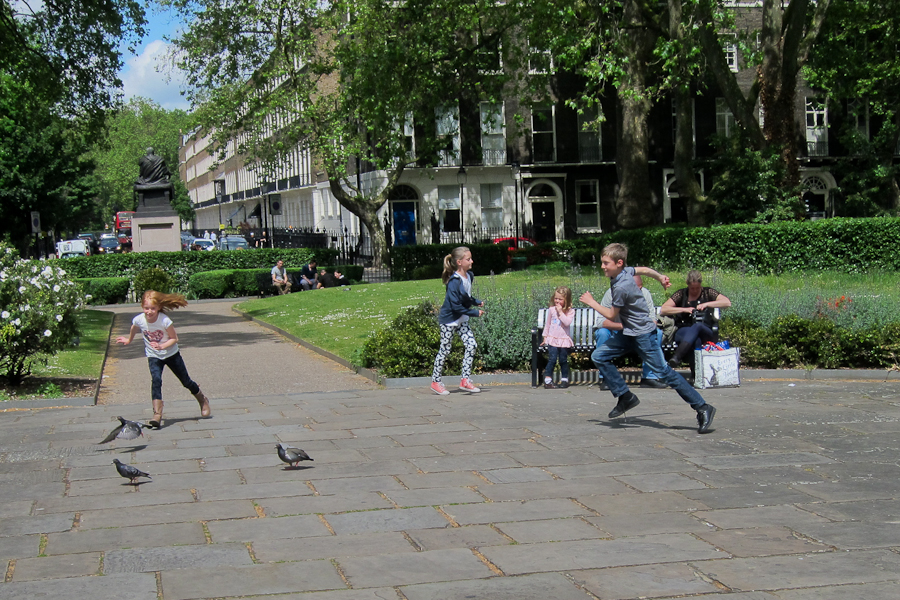 |
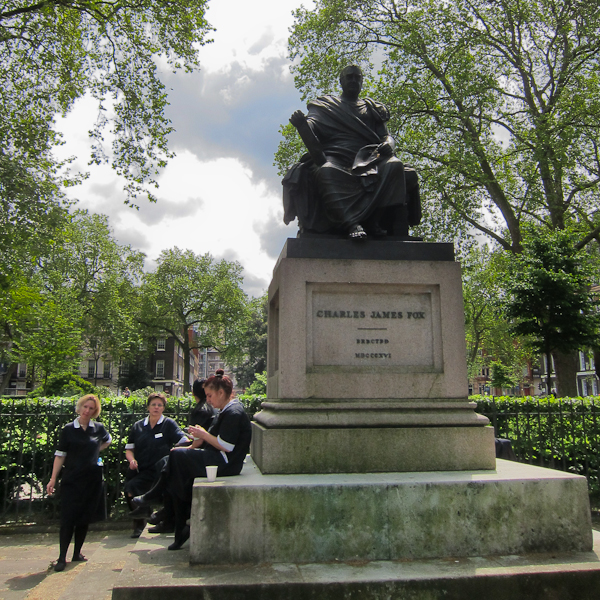 |
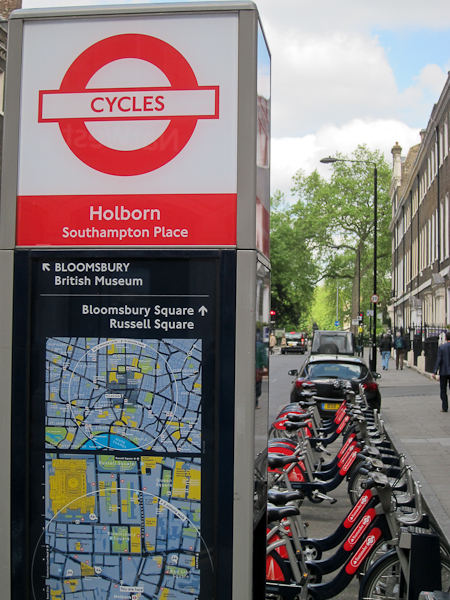 |
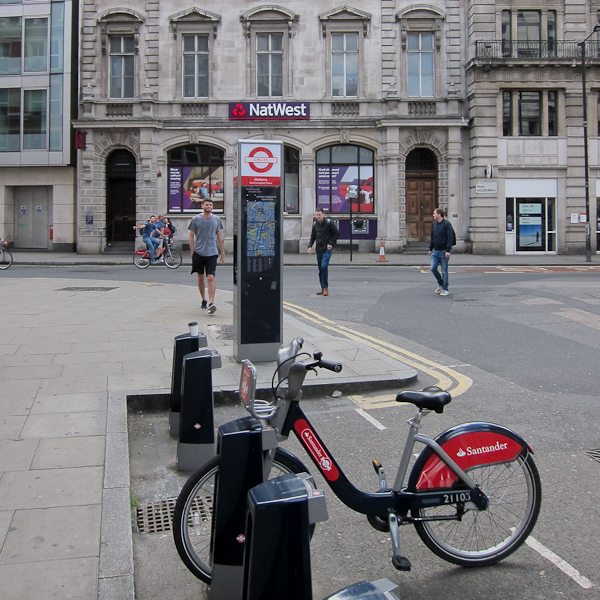 |
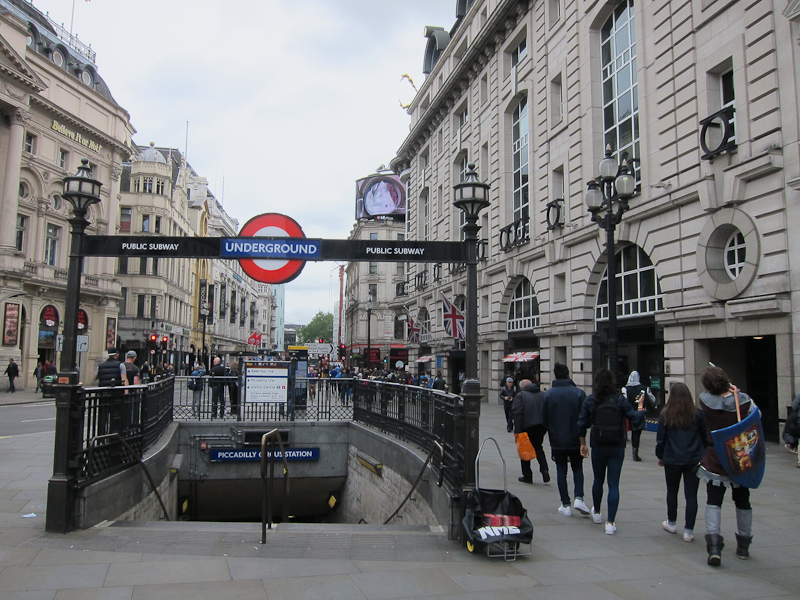 |
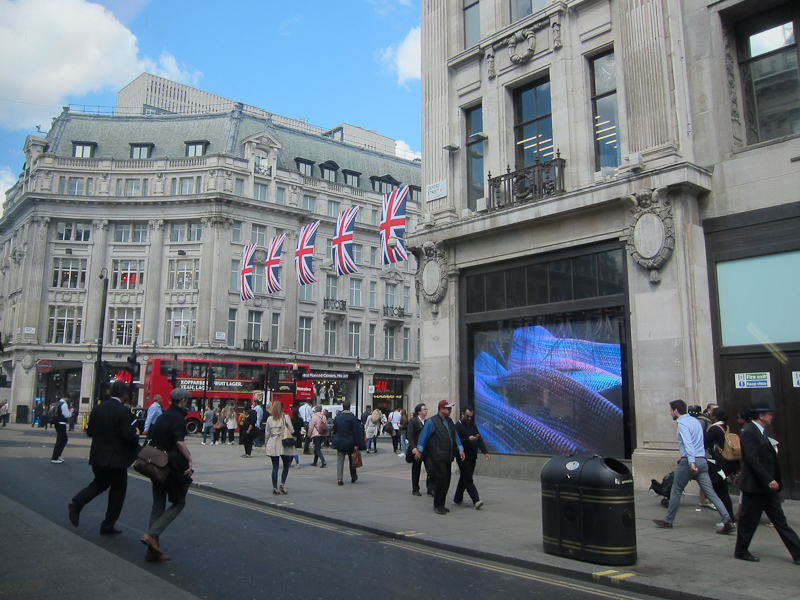 |
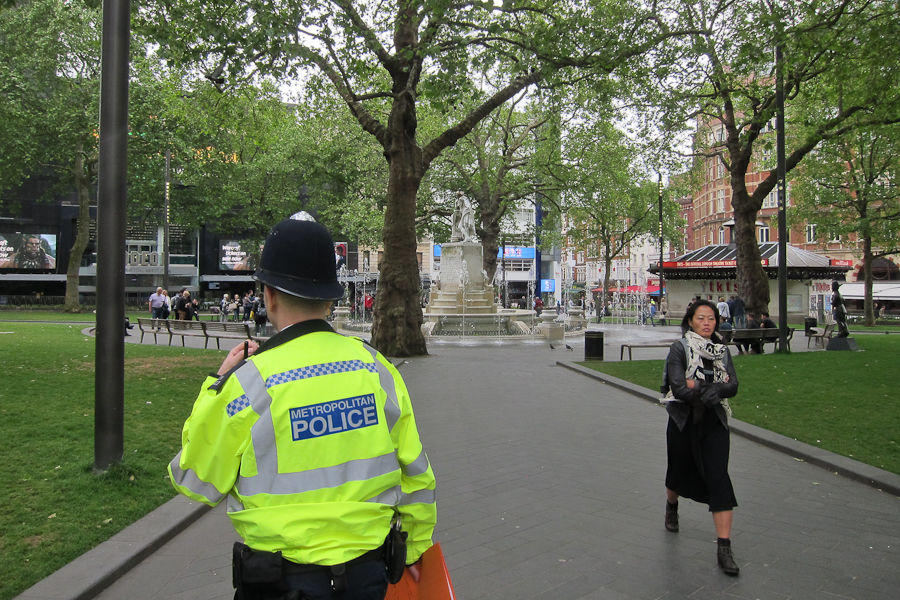 |
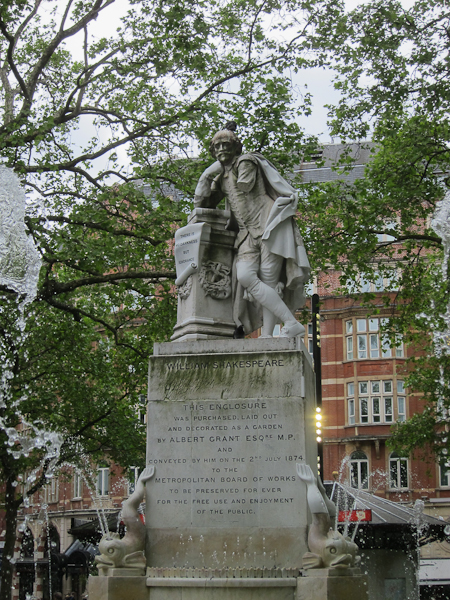 |
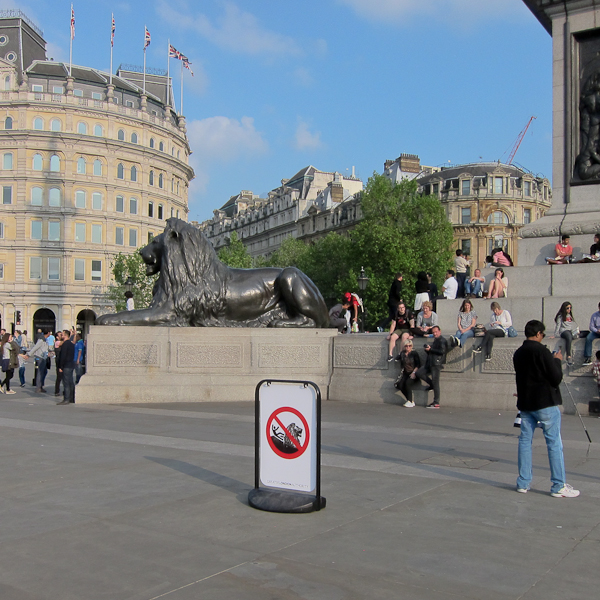 |
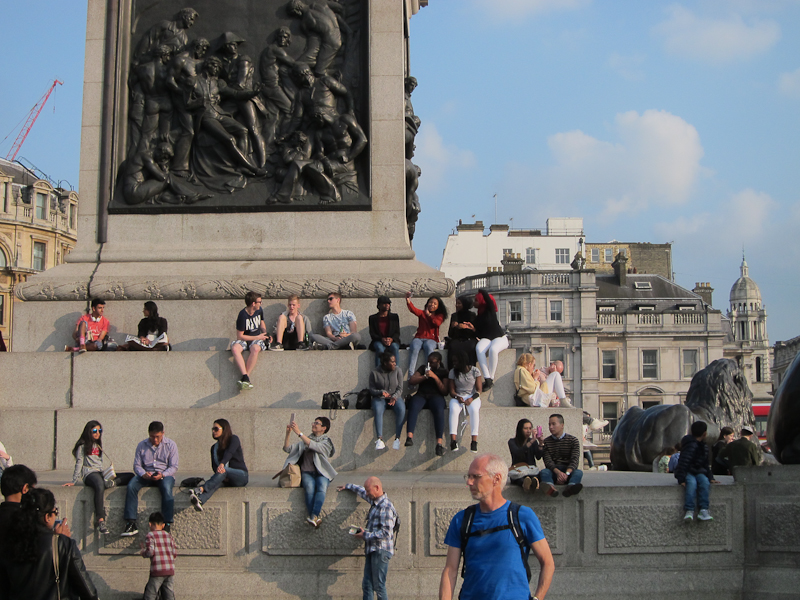 |
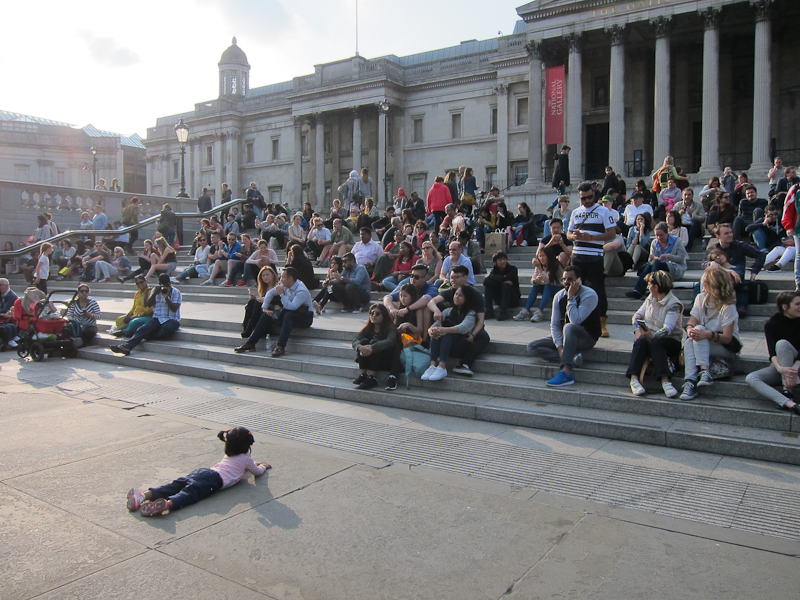 |
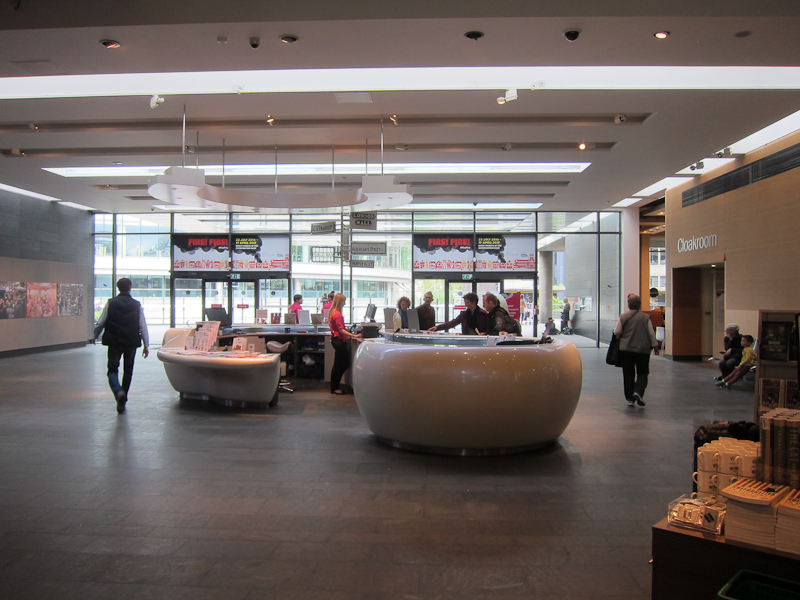 |
 |
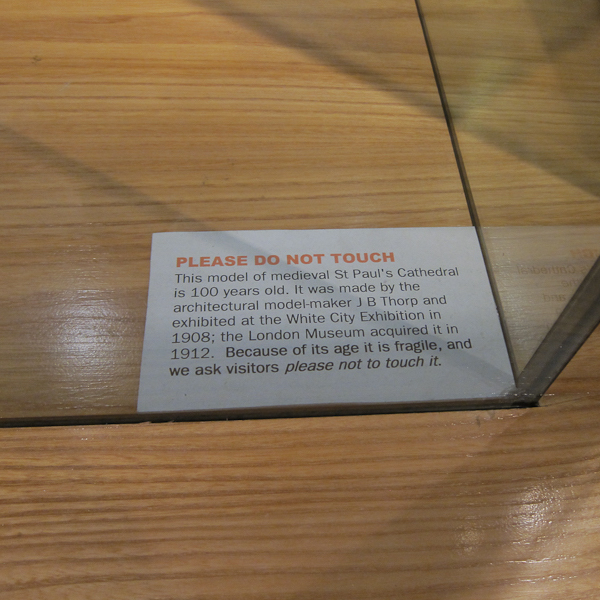 |
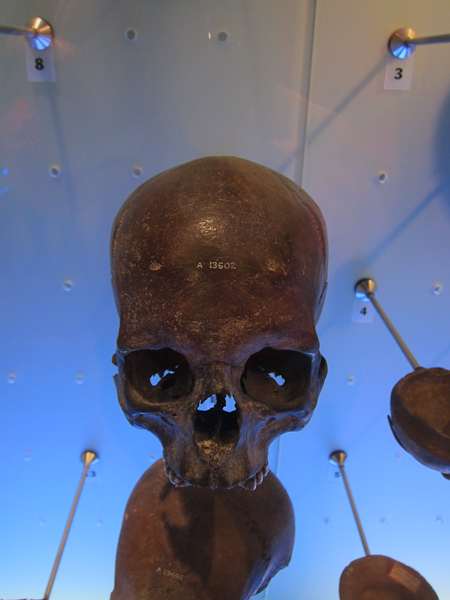 |
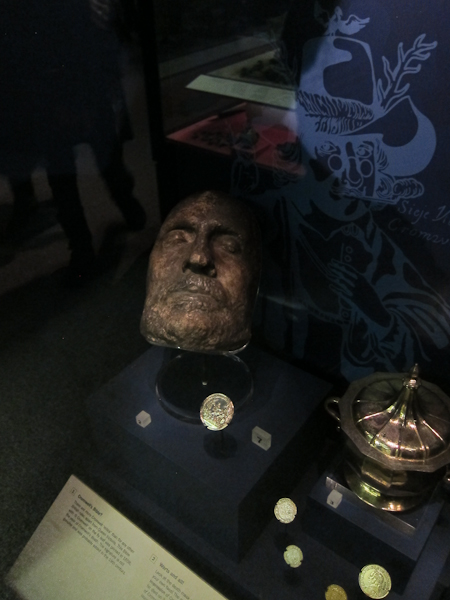 |
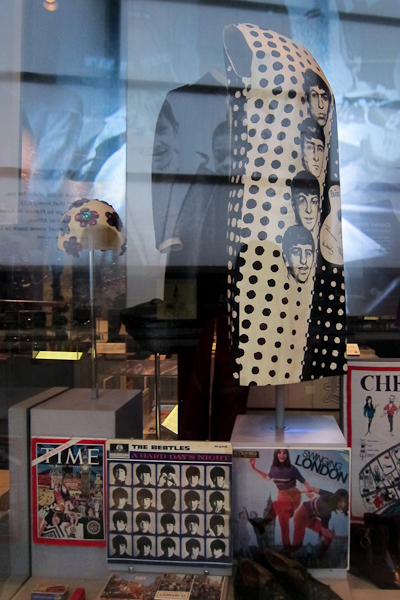 |
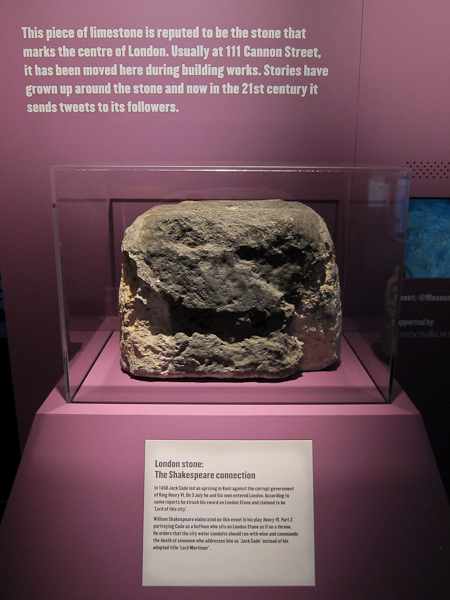 |
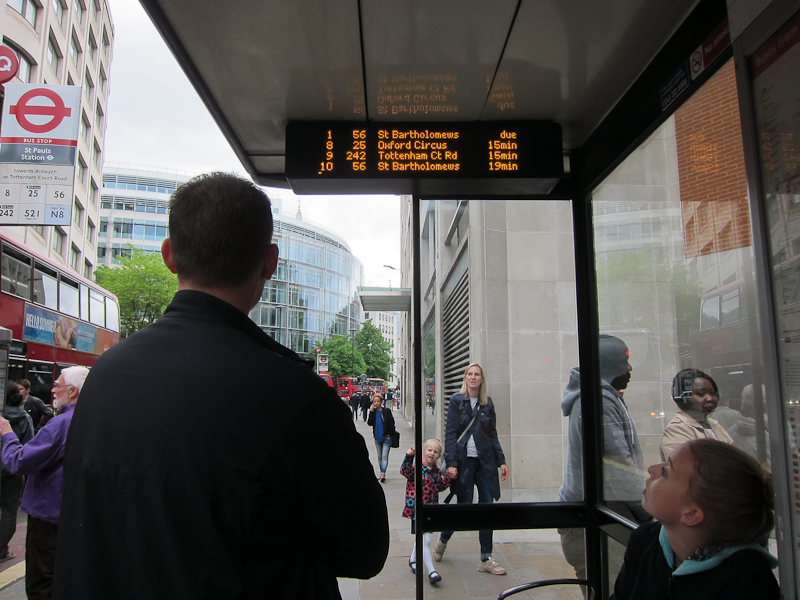 |
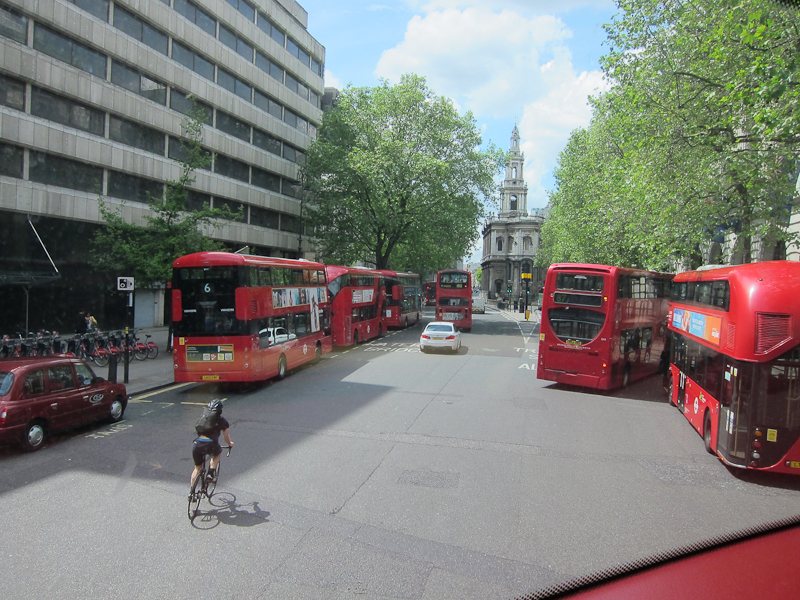 |
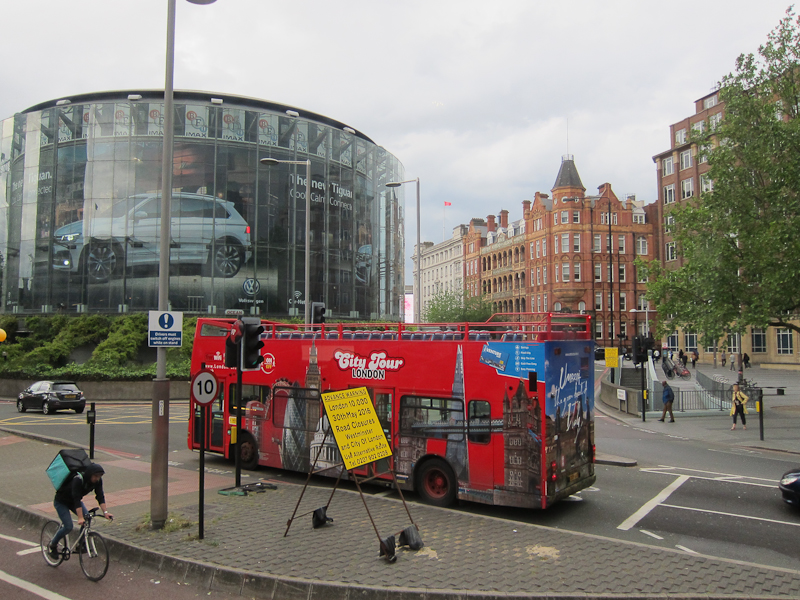 |
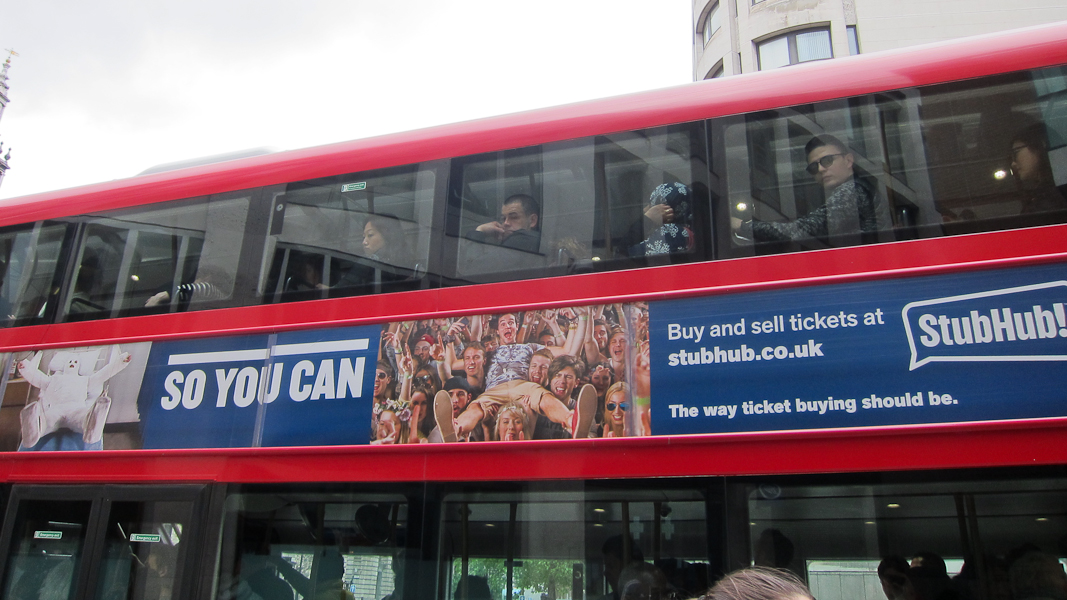 |
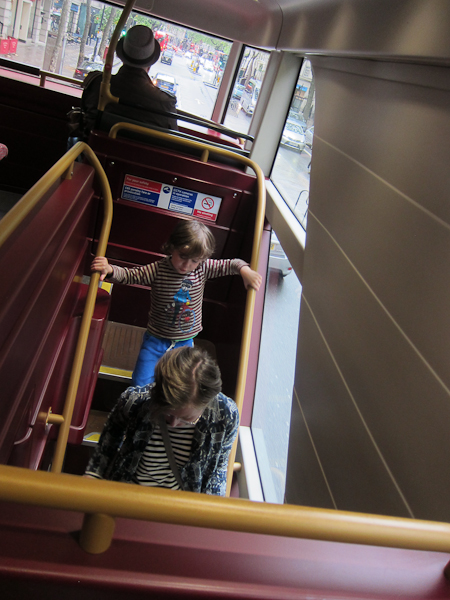 |
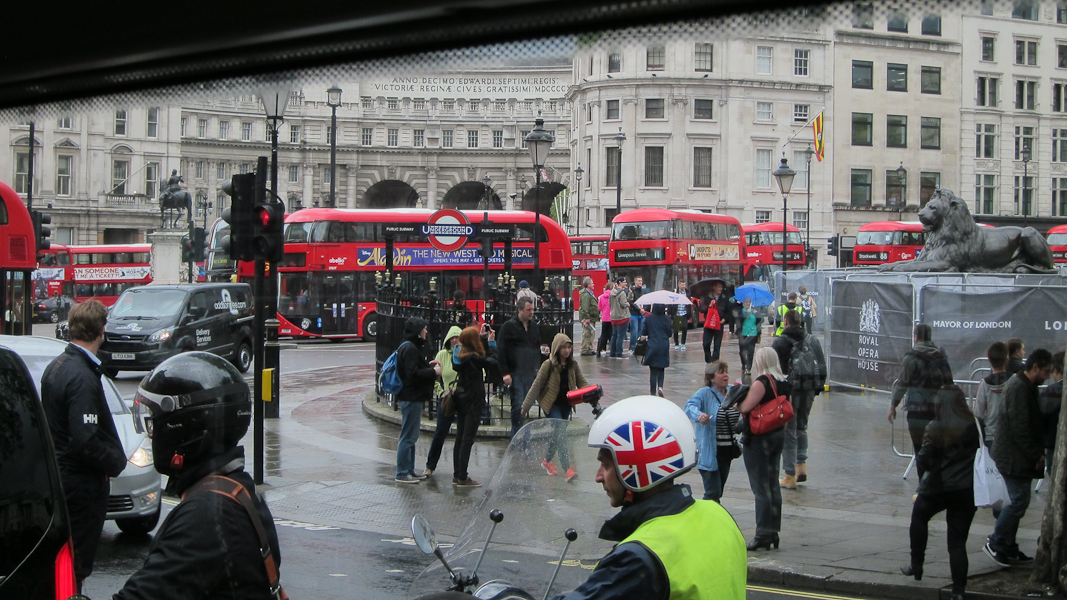 |
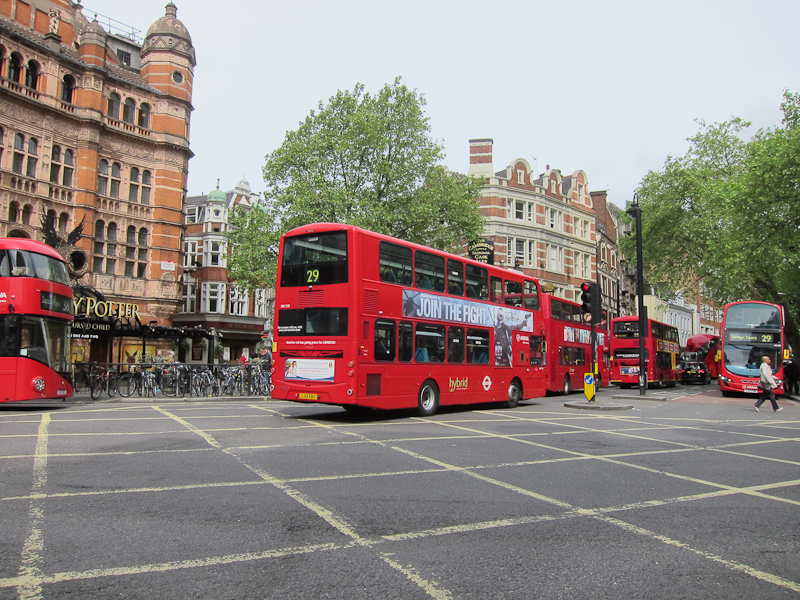 |
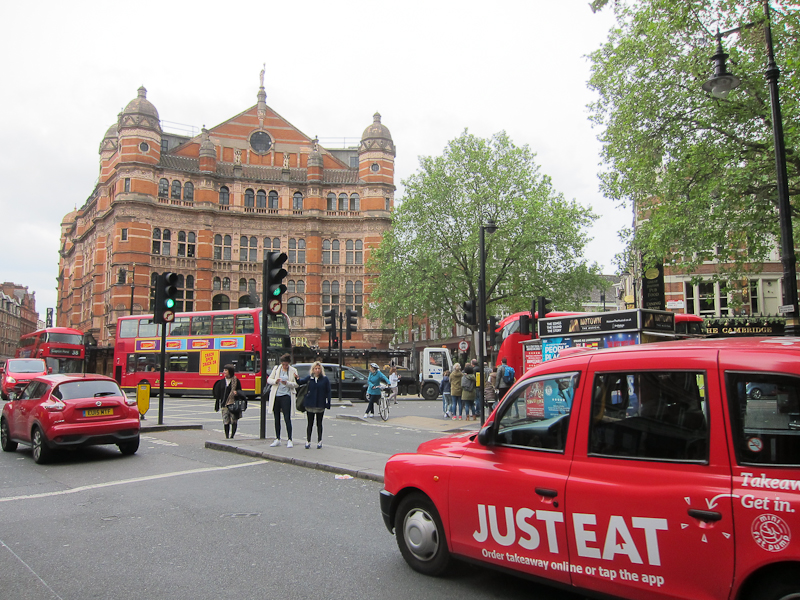 |
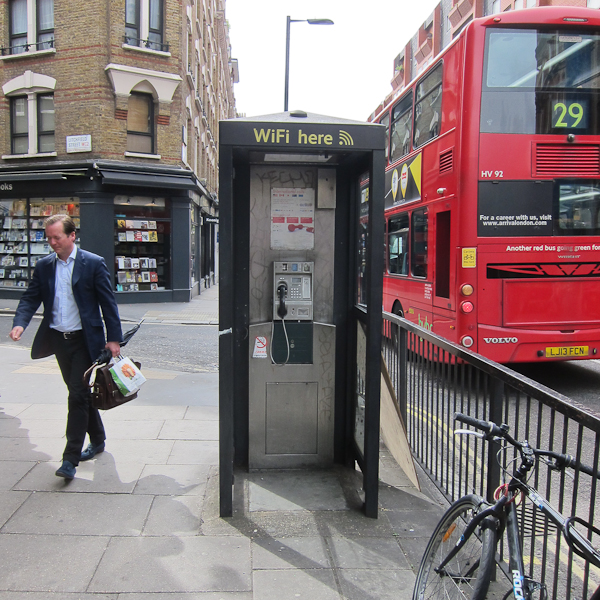 |
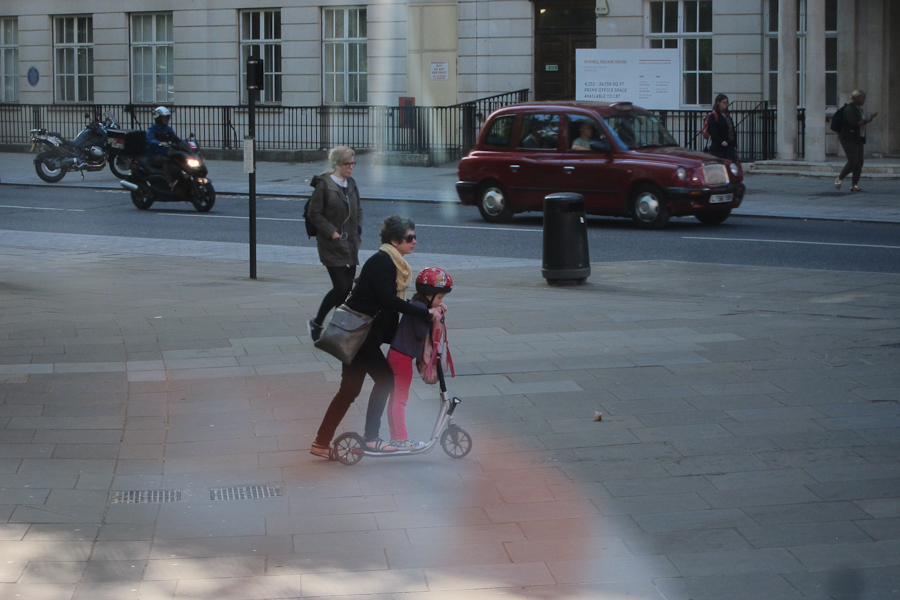 |
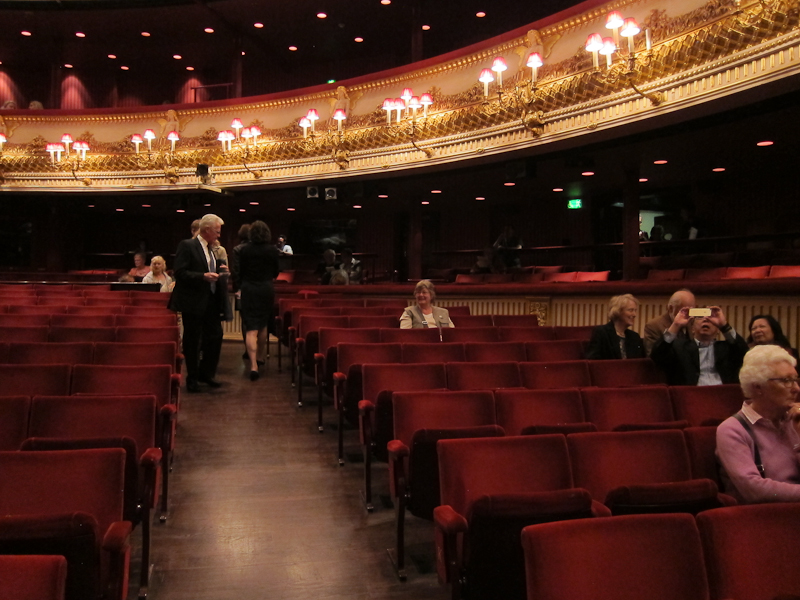 |
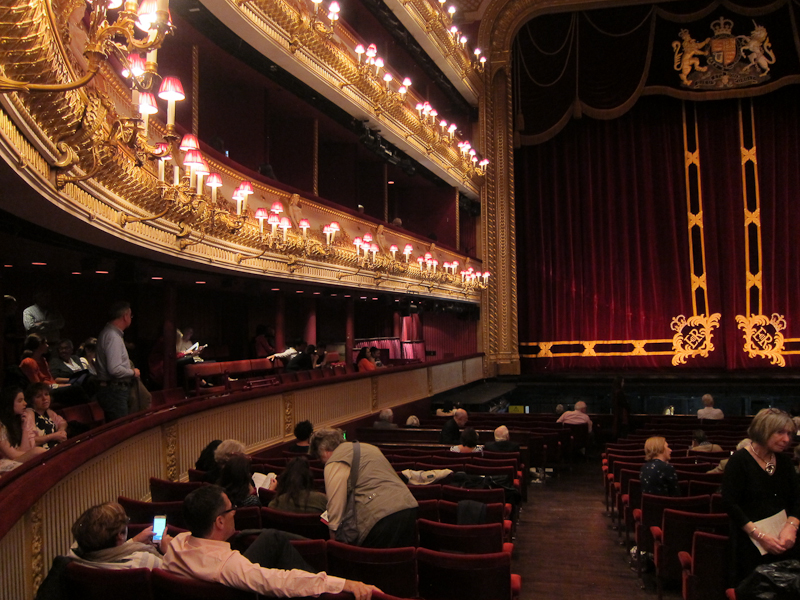 |
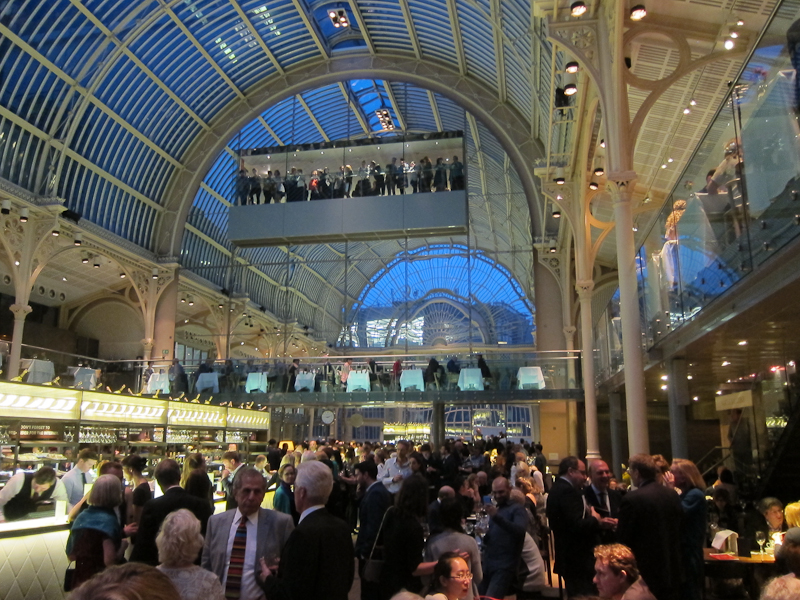 |
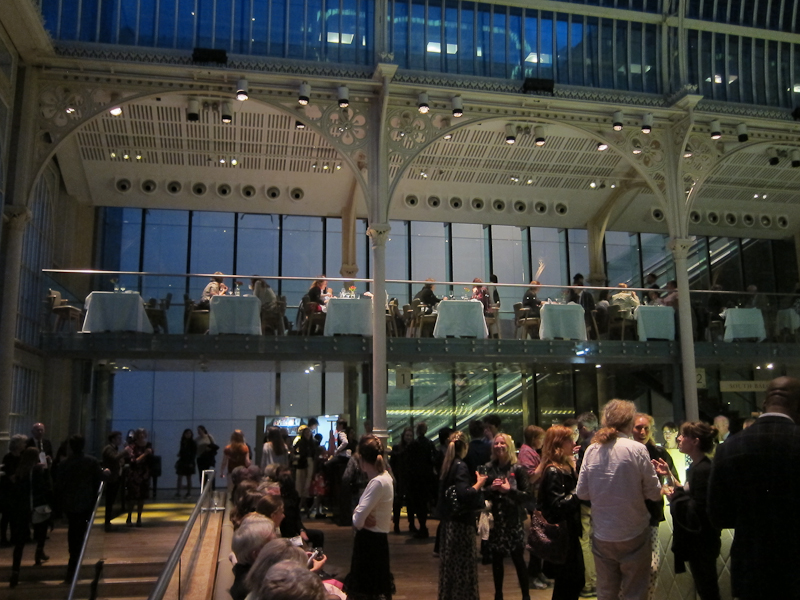 |
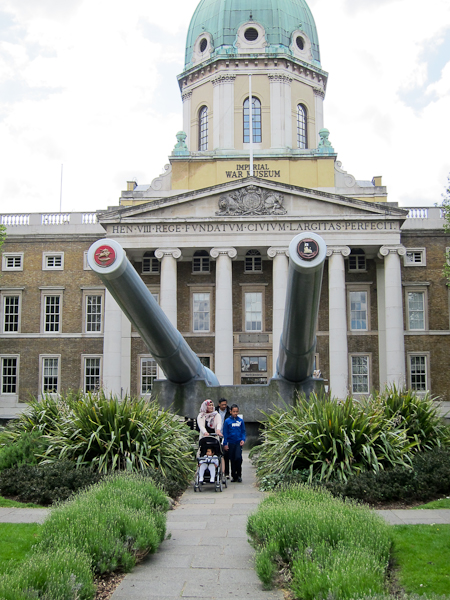 |
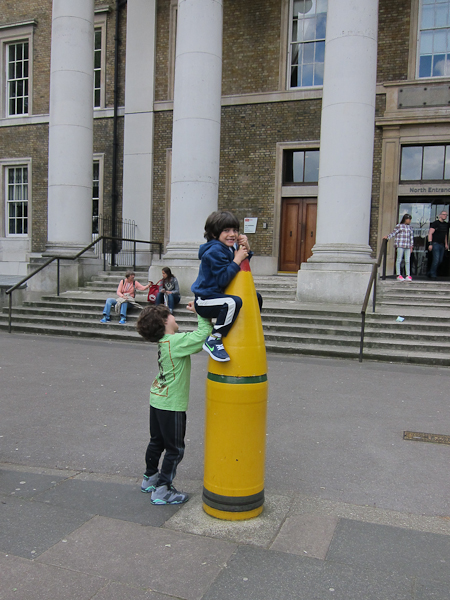 |
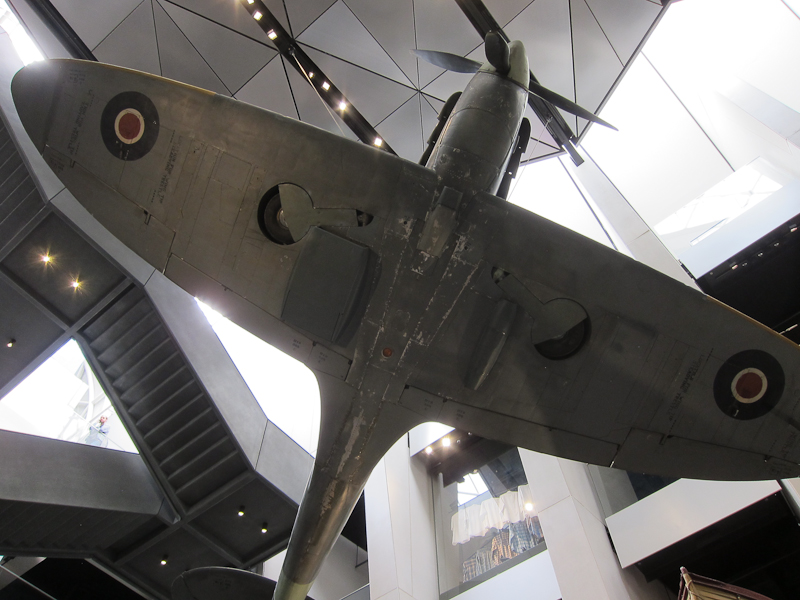 |
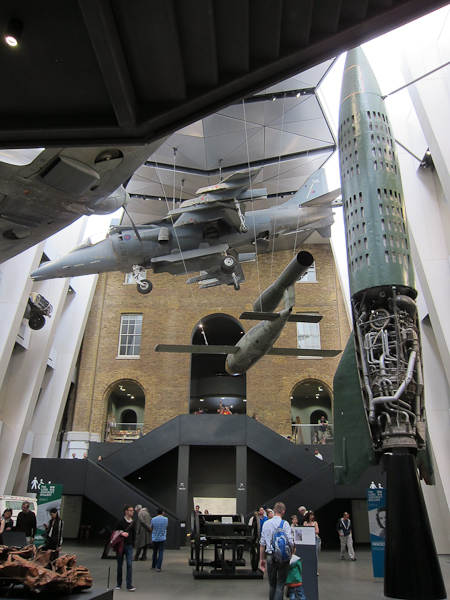 |
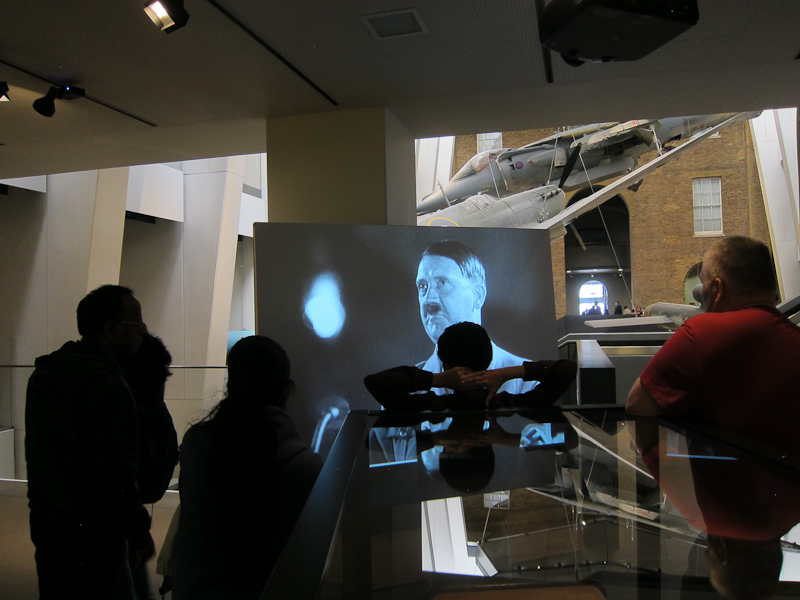 |
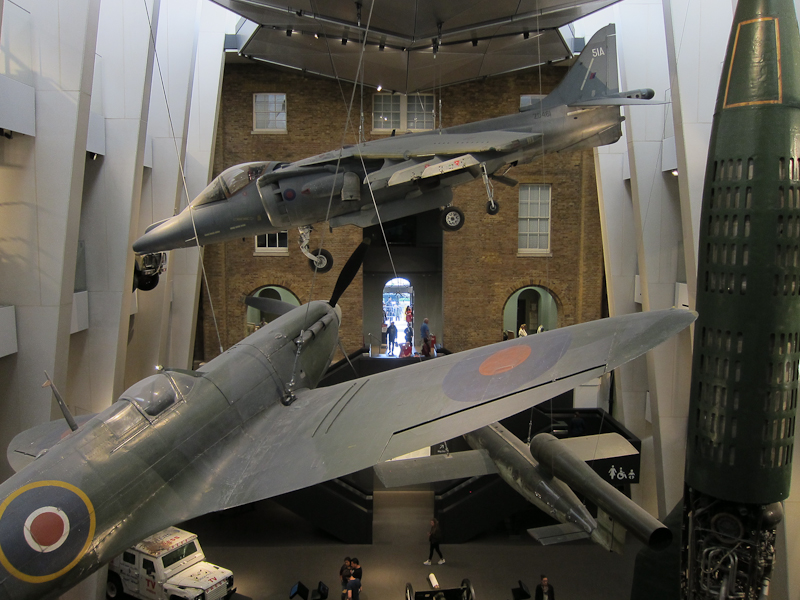 |
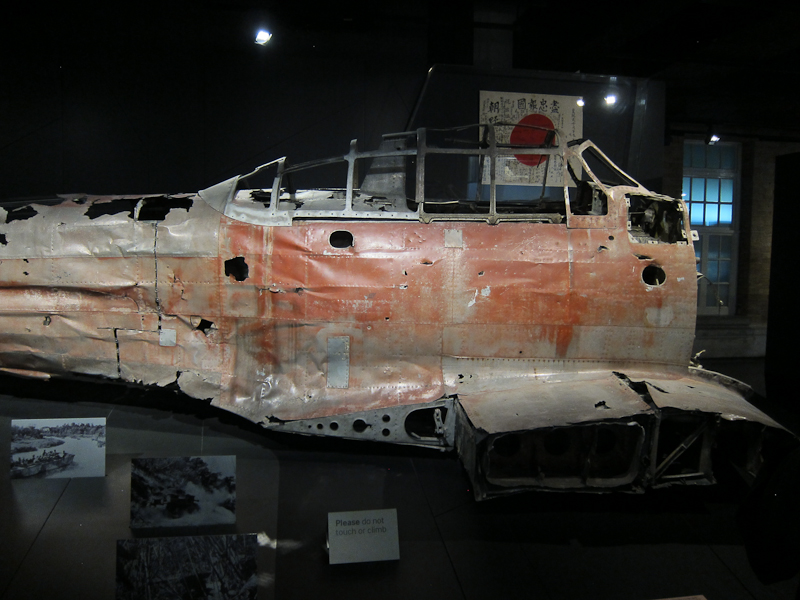 |
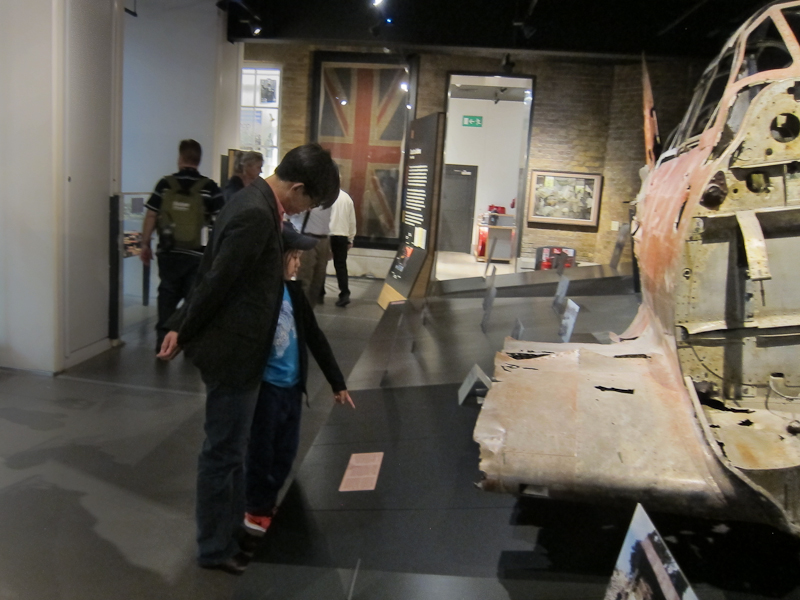 |
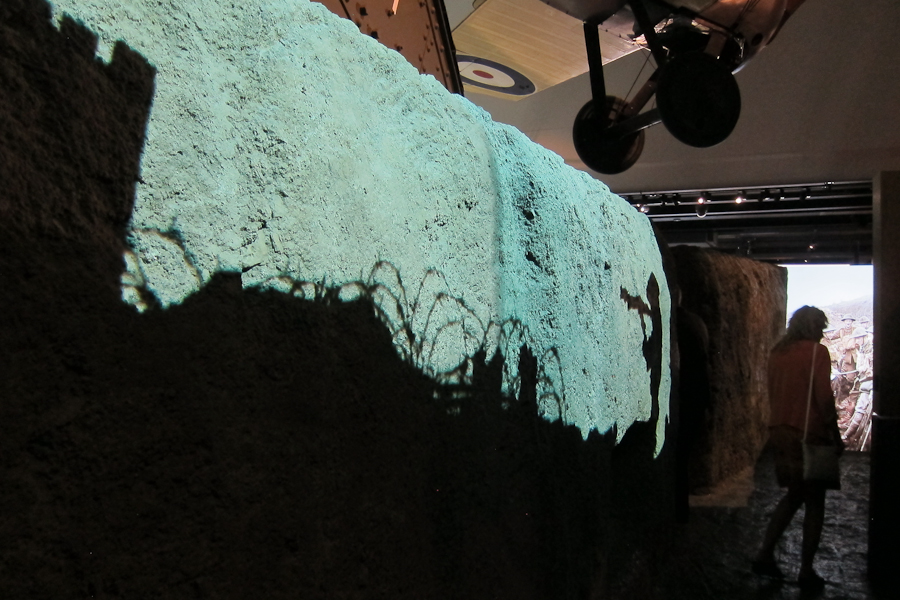 |
 |
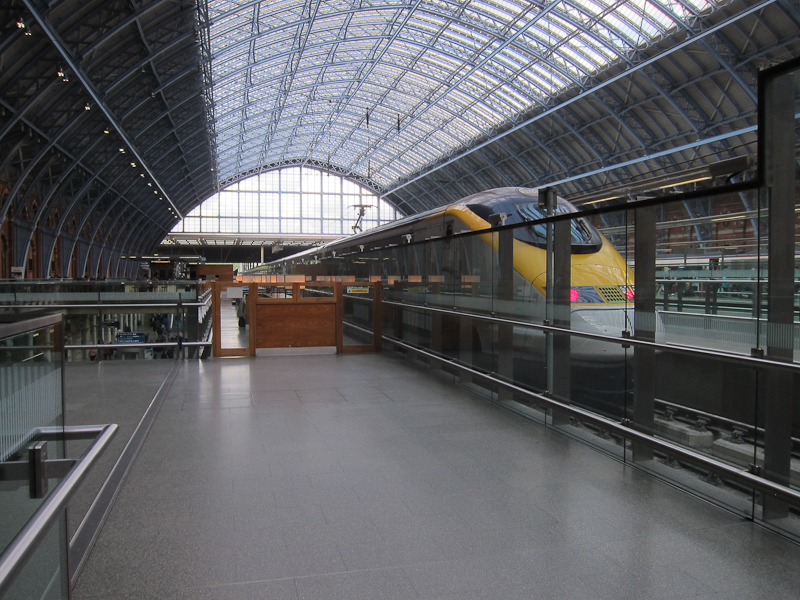 |
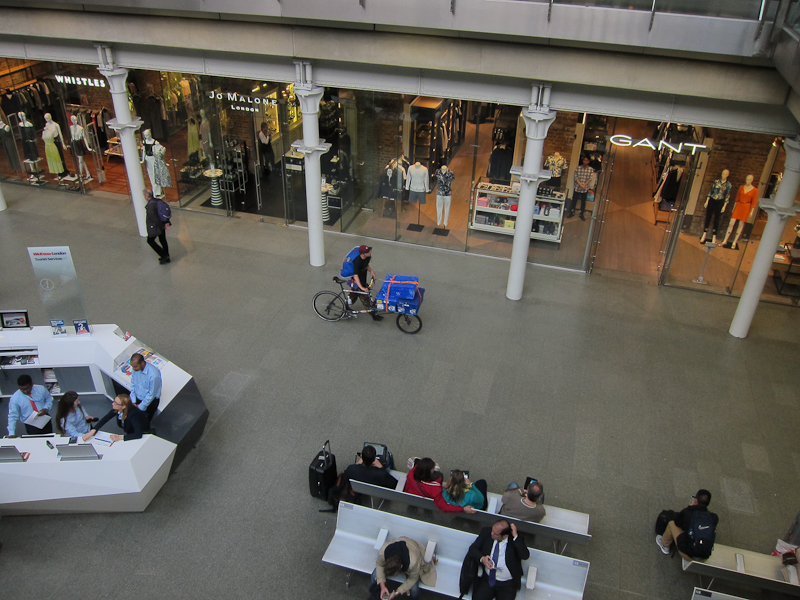 |
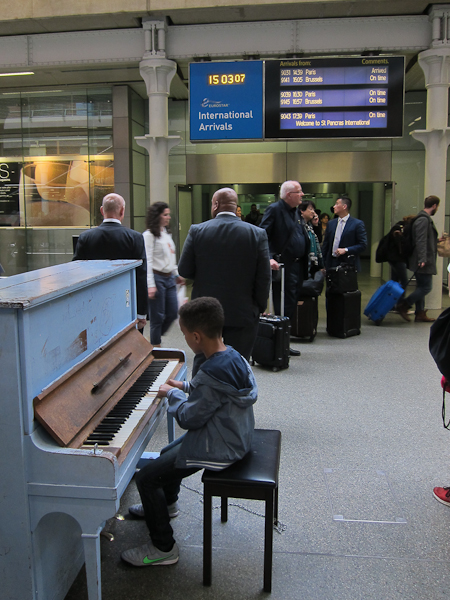 |
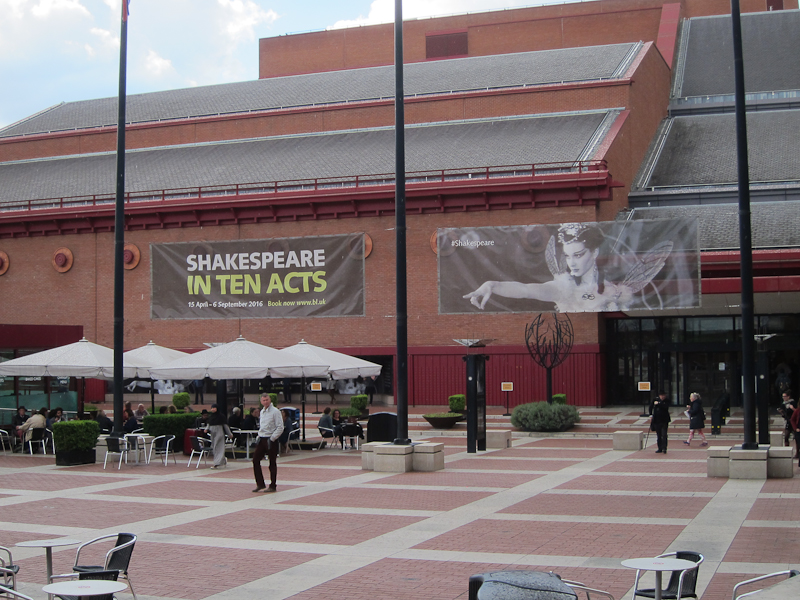 |
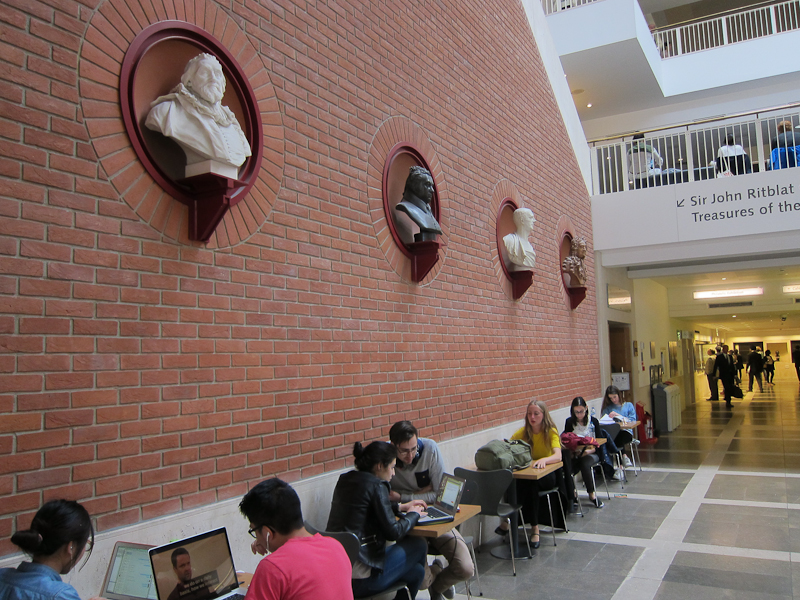 |
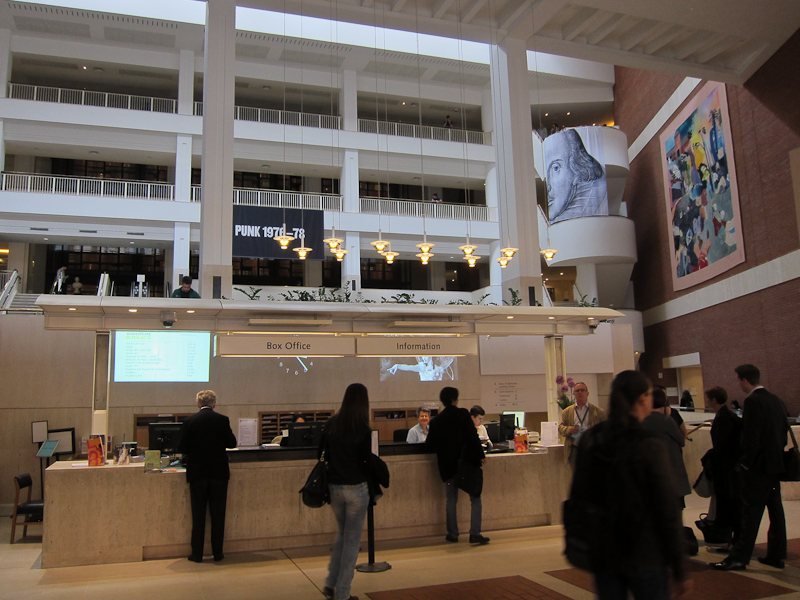 |
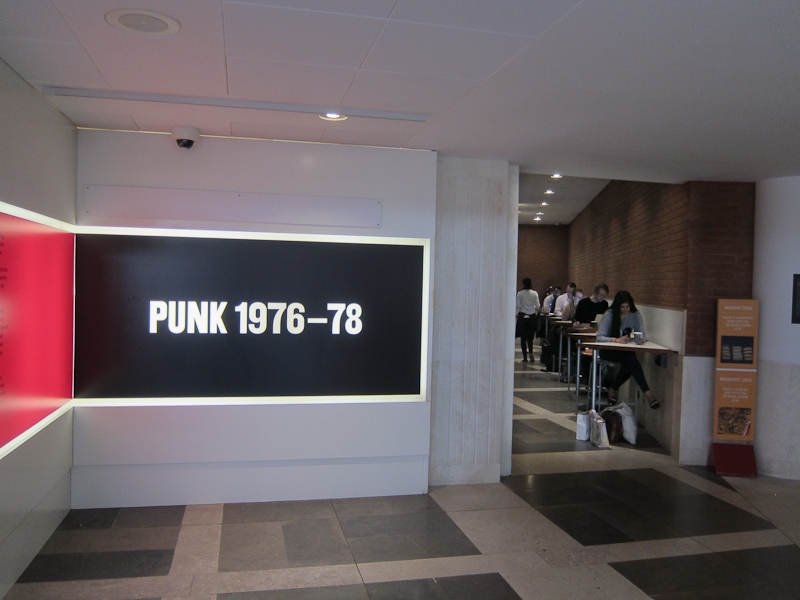 |
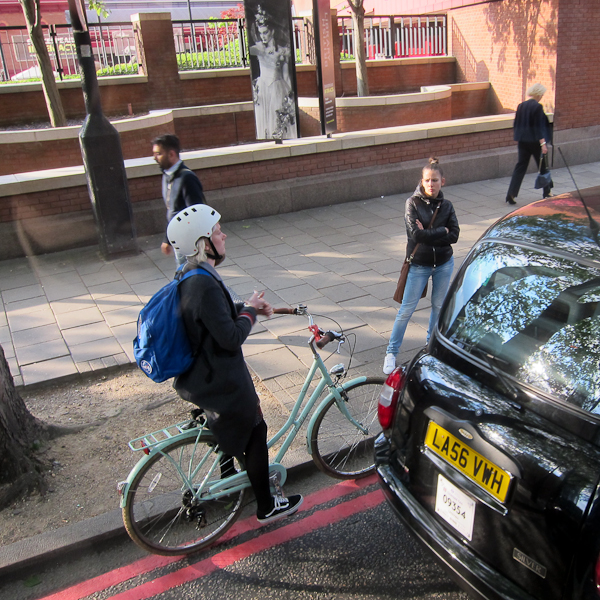 |
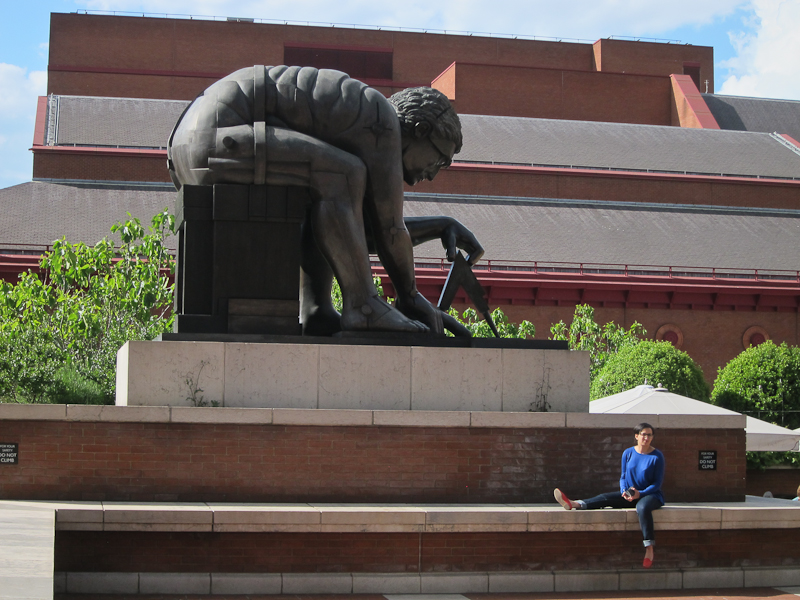 |
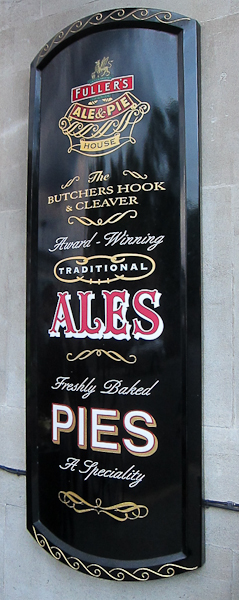 |
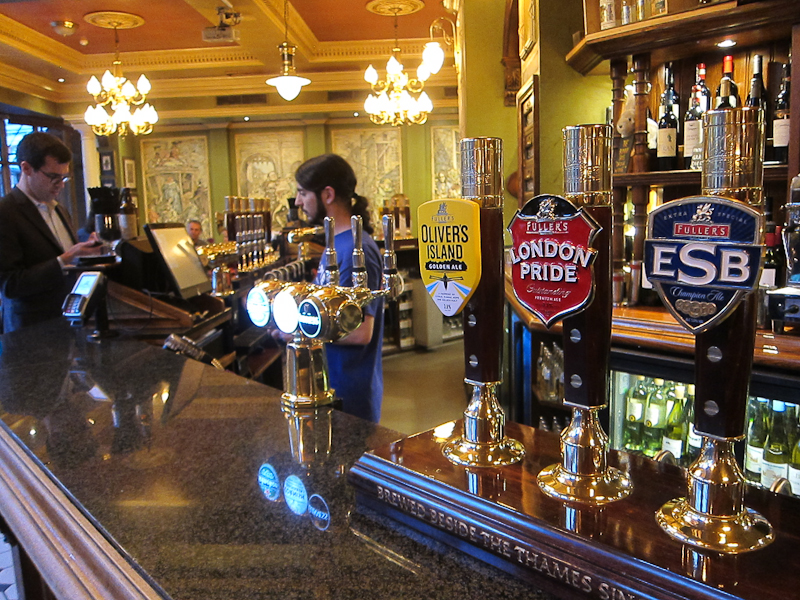 |
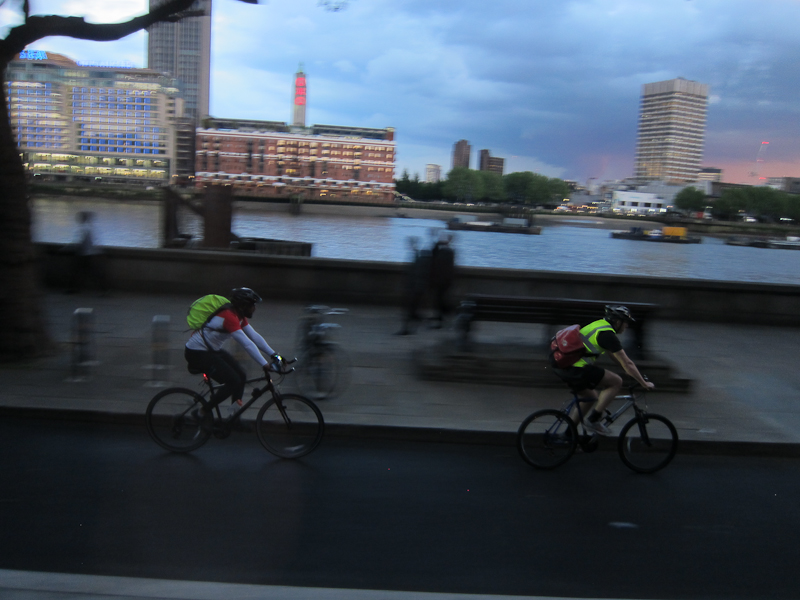 |
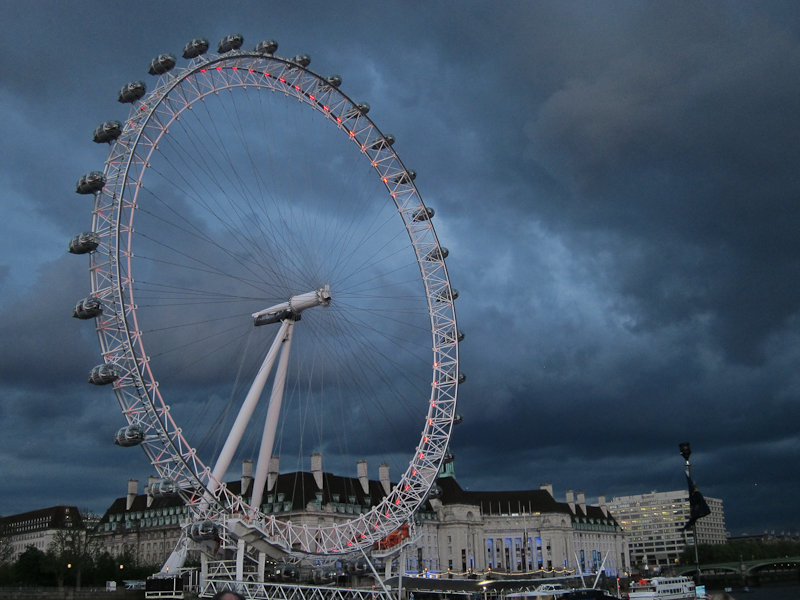 |
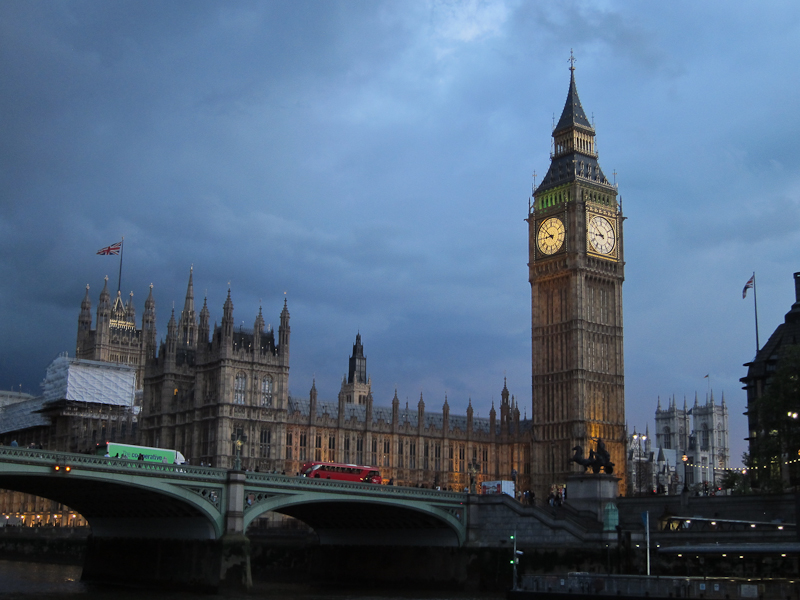 |
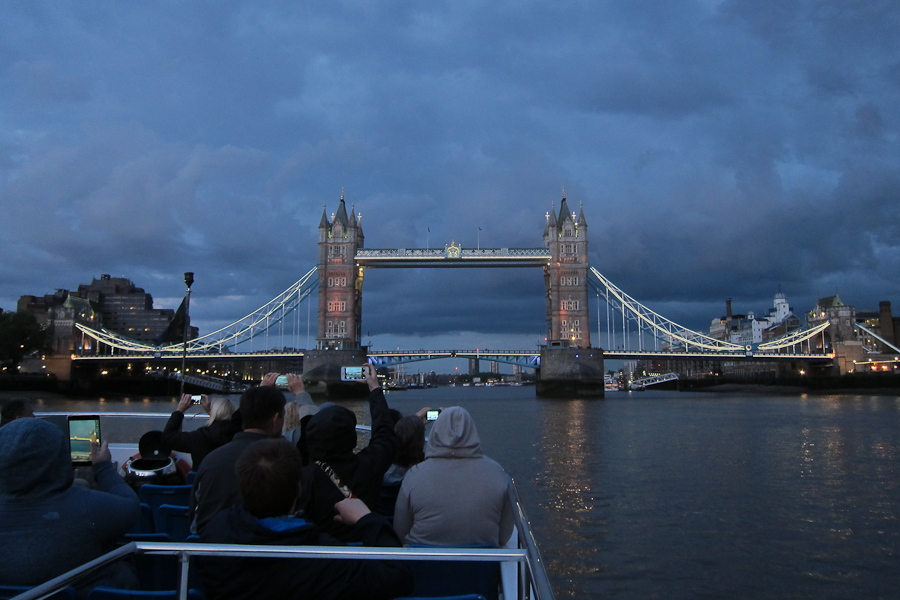 |
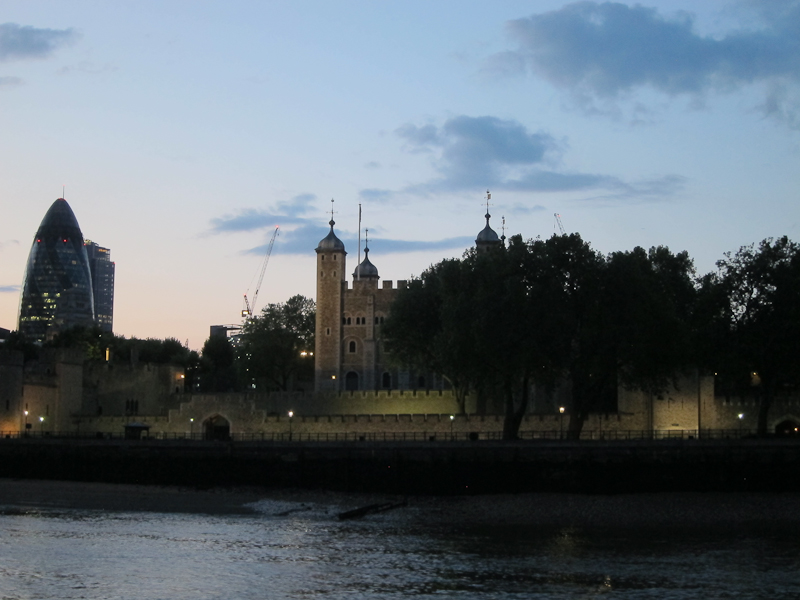 |
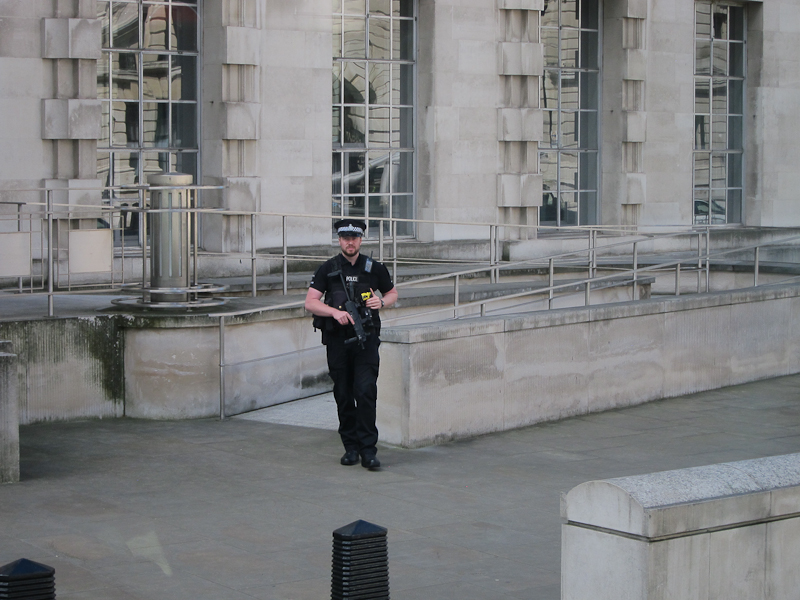 |
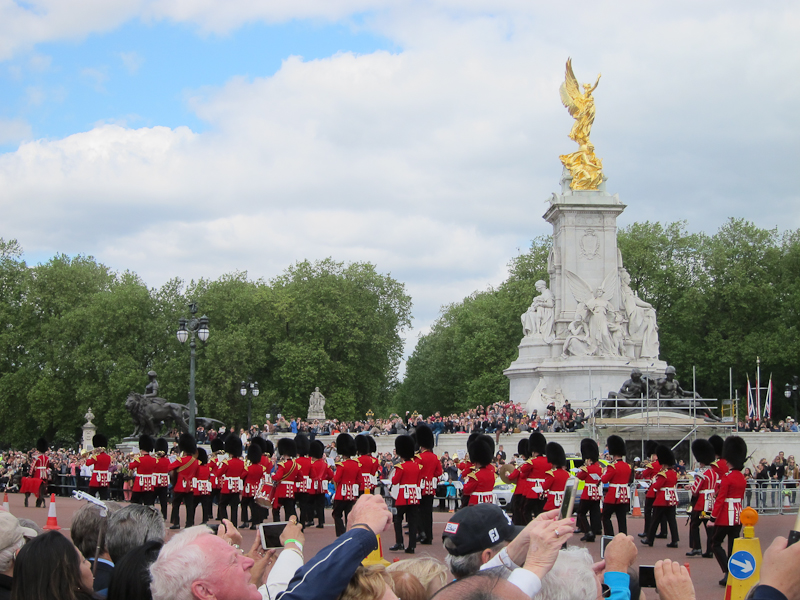 |
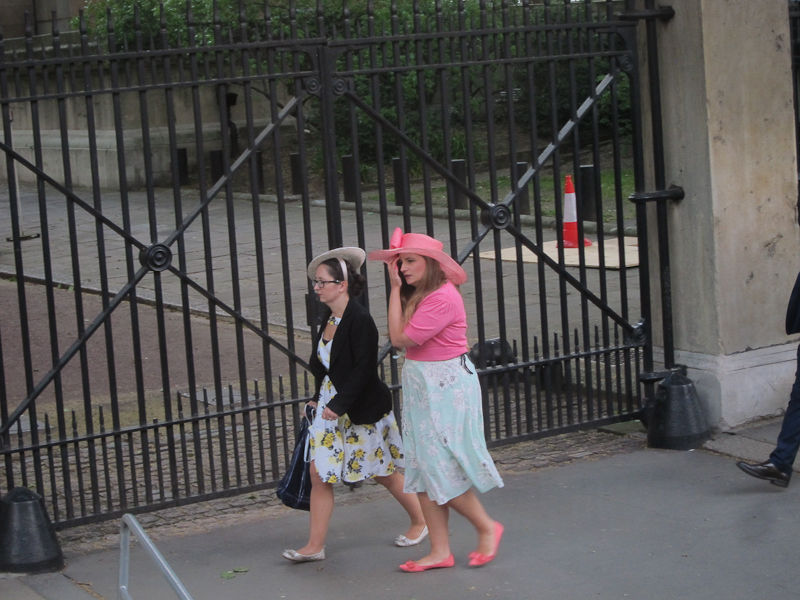 |
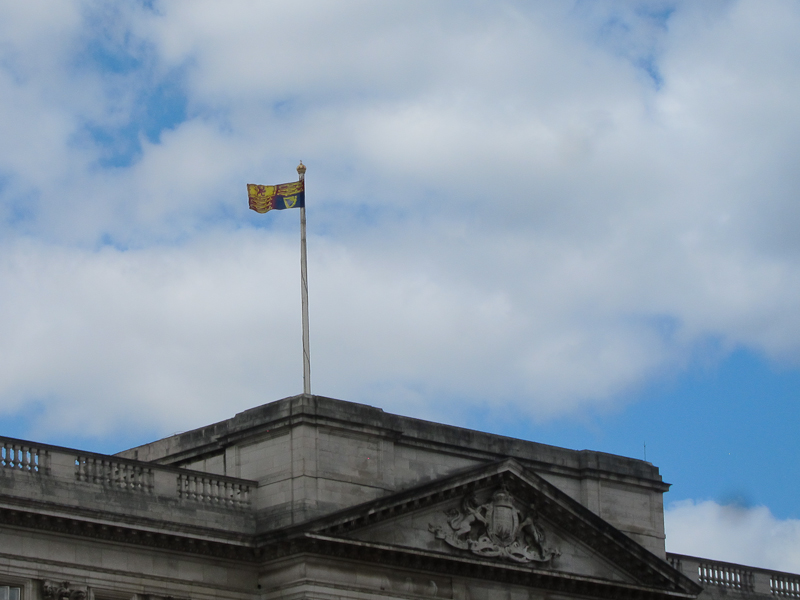 |
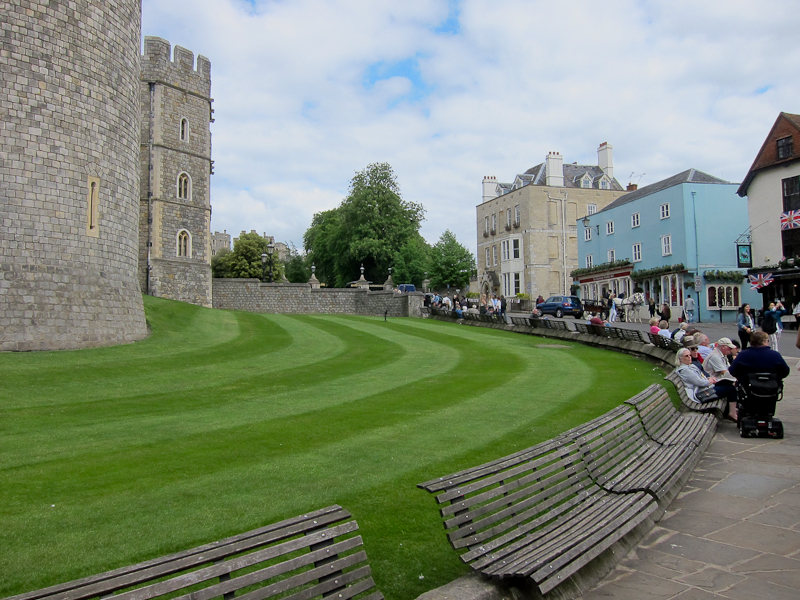 |
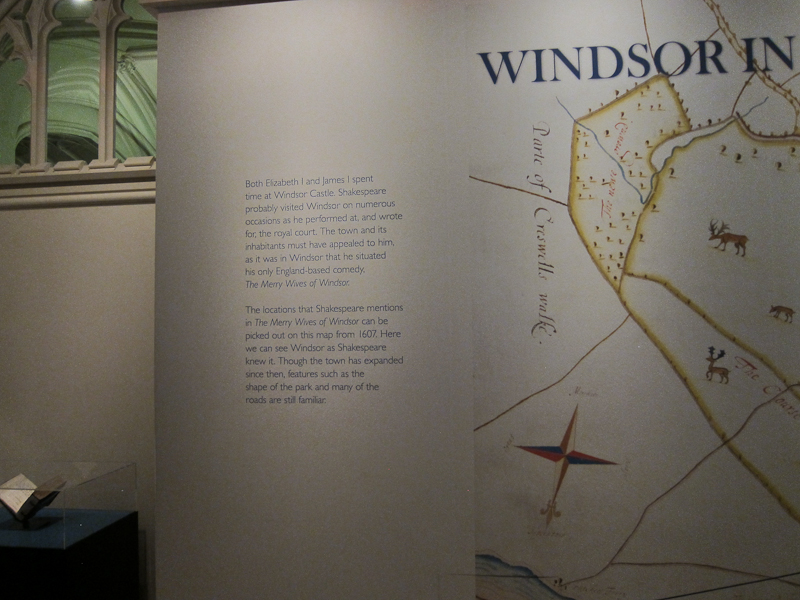 |
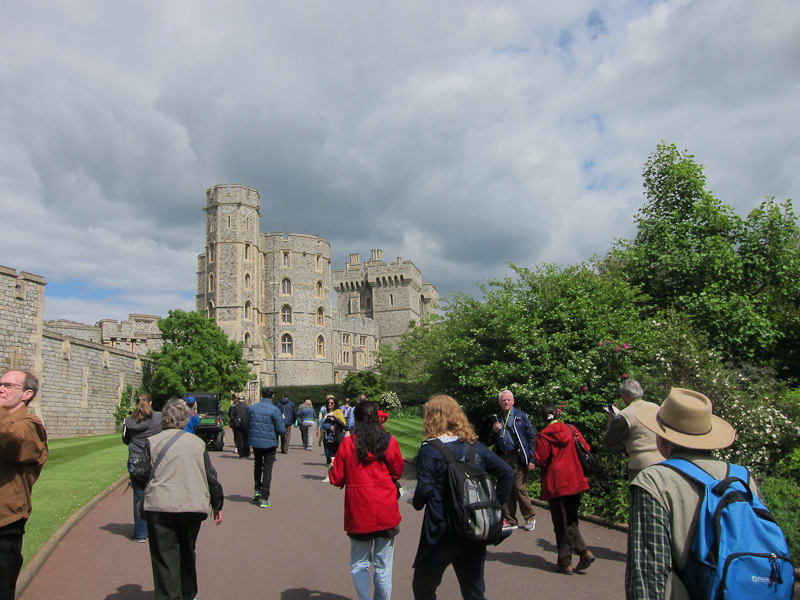 |
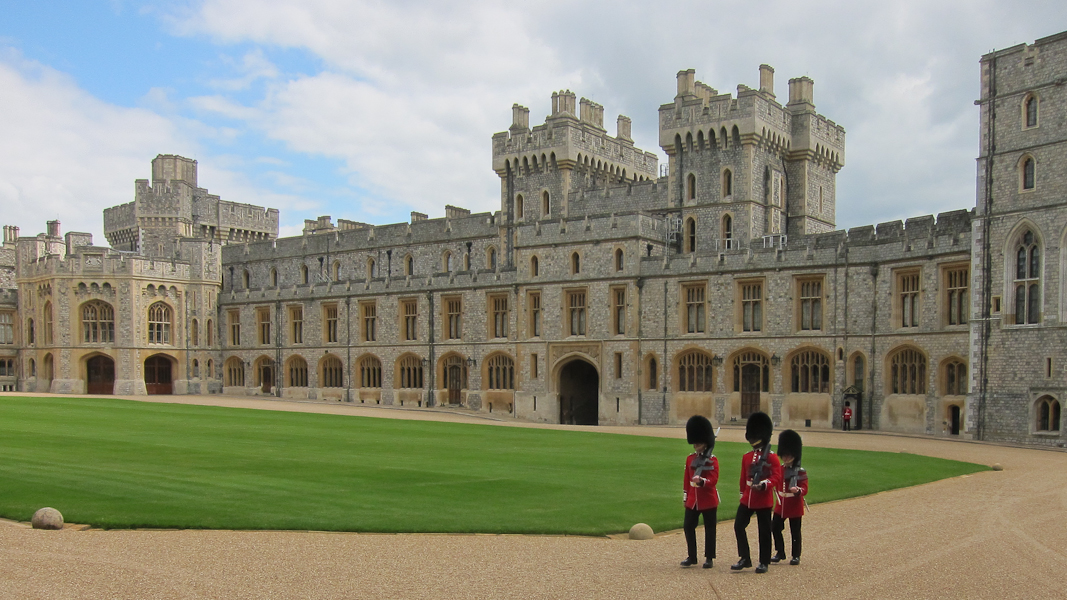 |
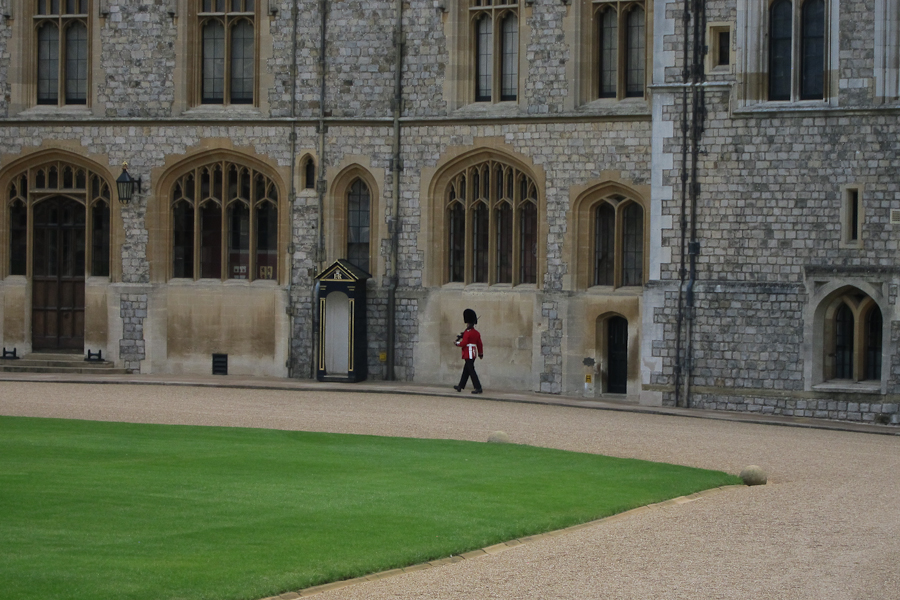 |
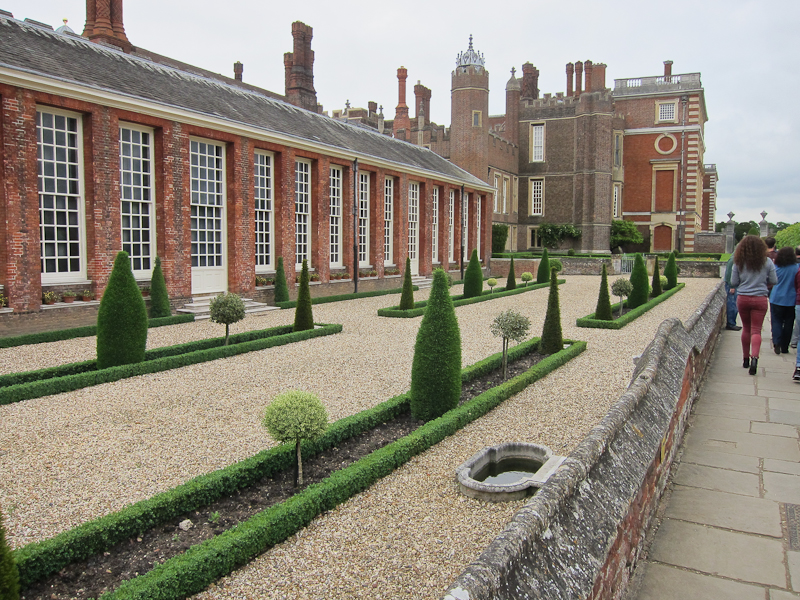 |
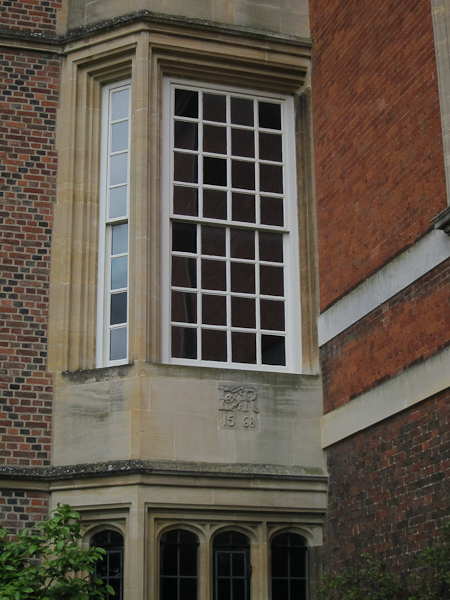 |
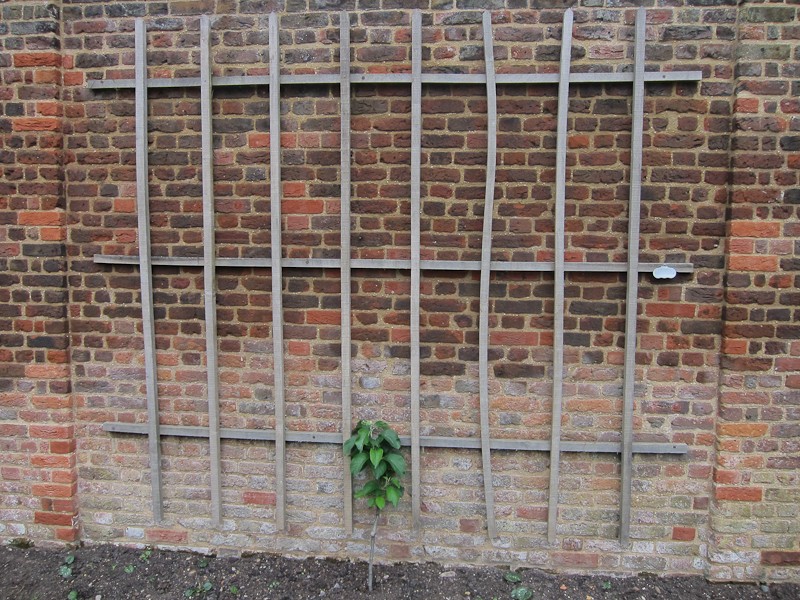 |
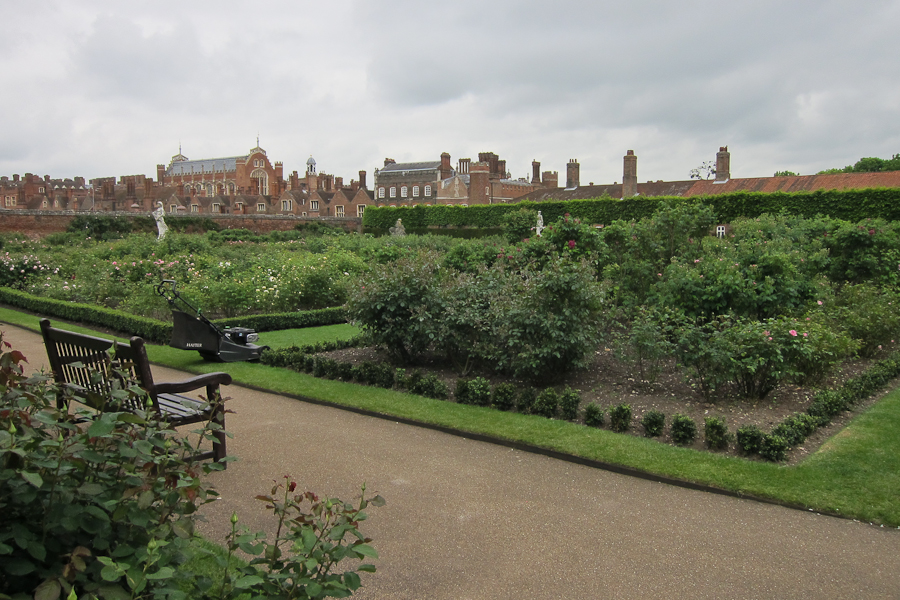 |
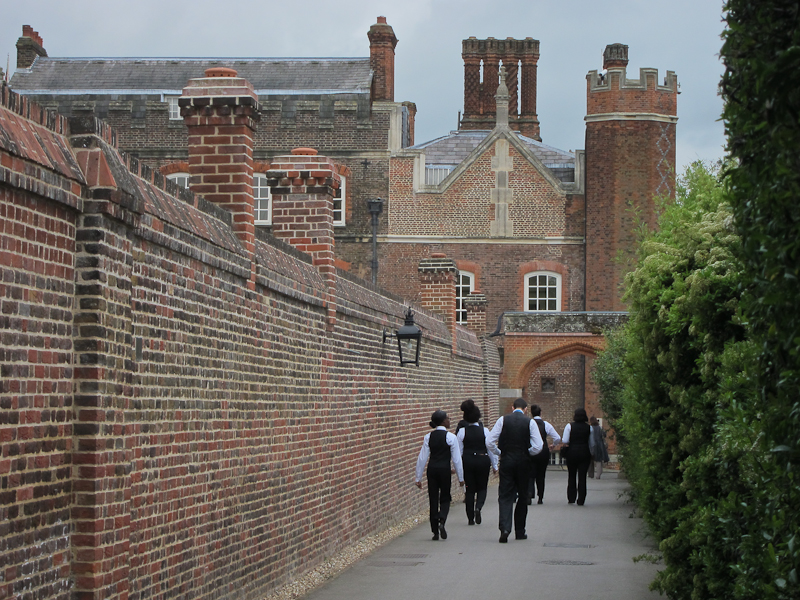 |
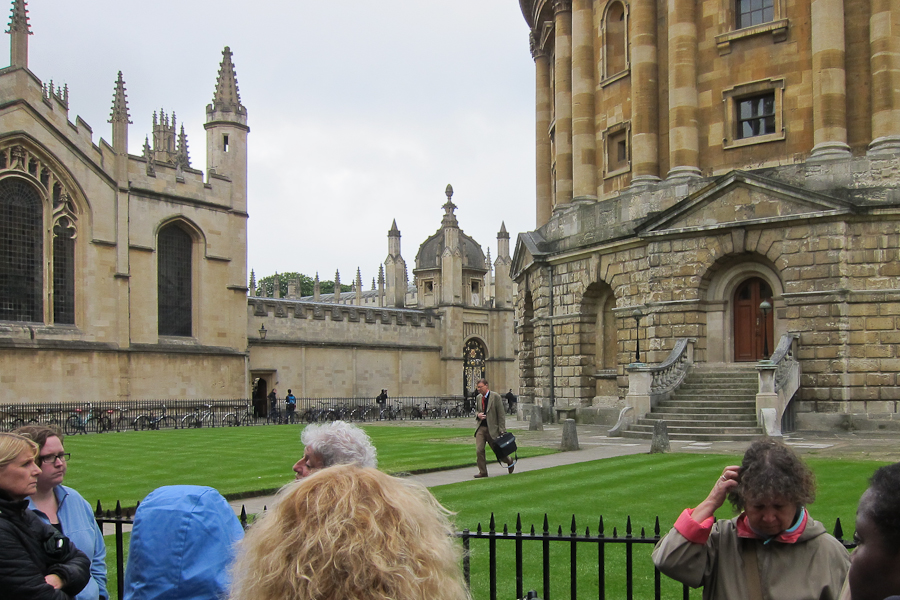 |
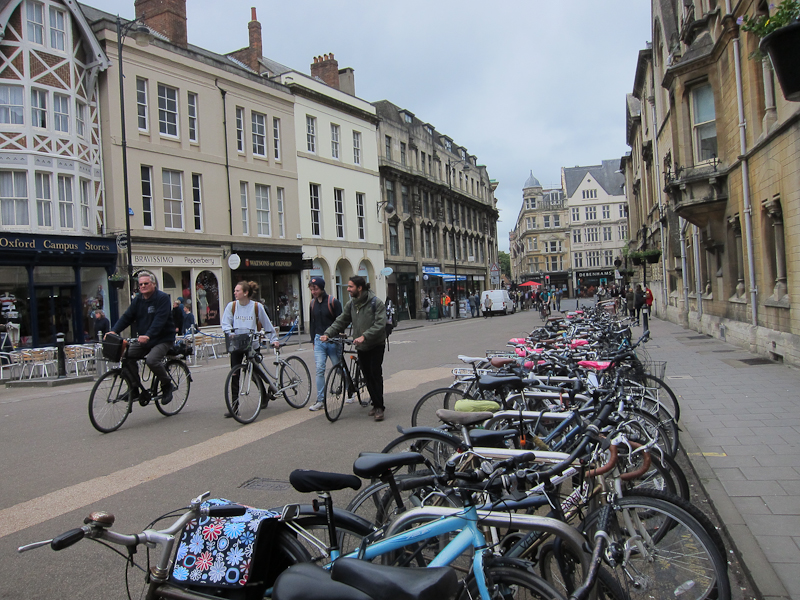 |
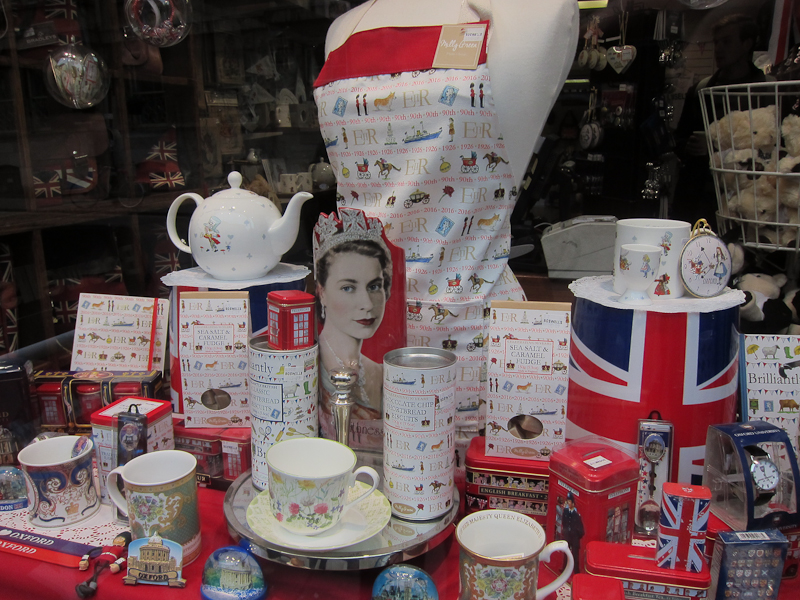 |
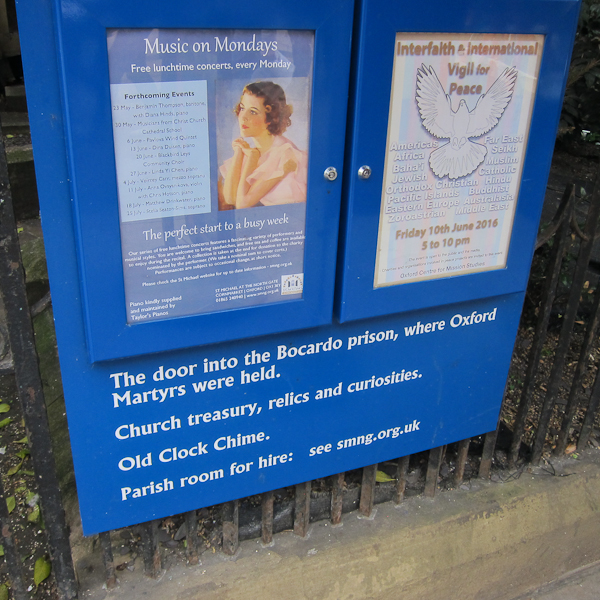 |
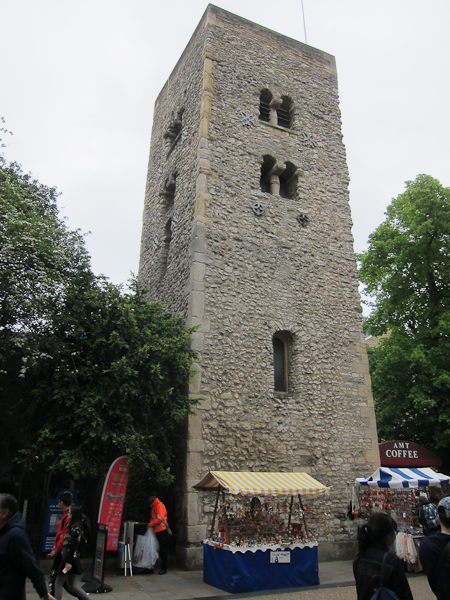 |
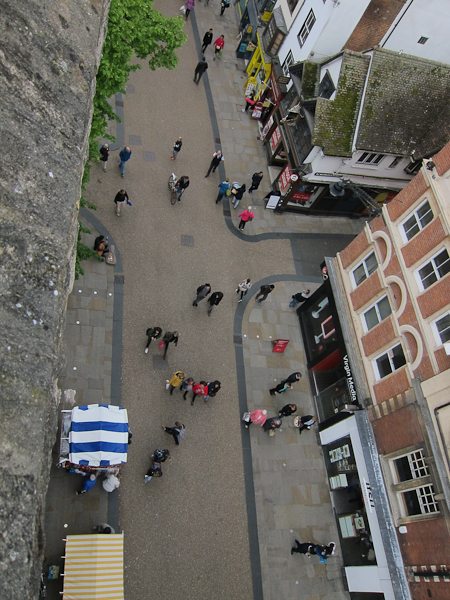 |
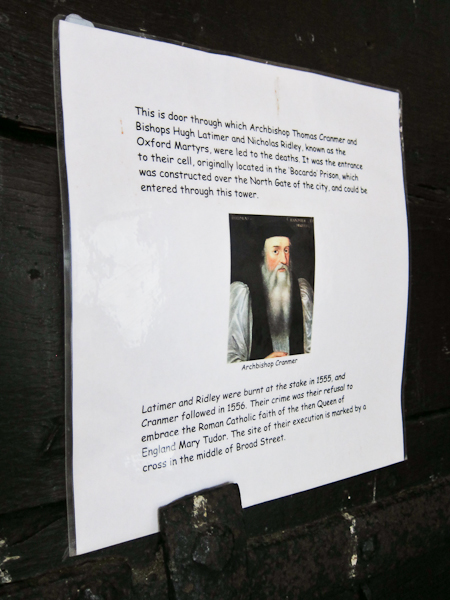 |
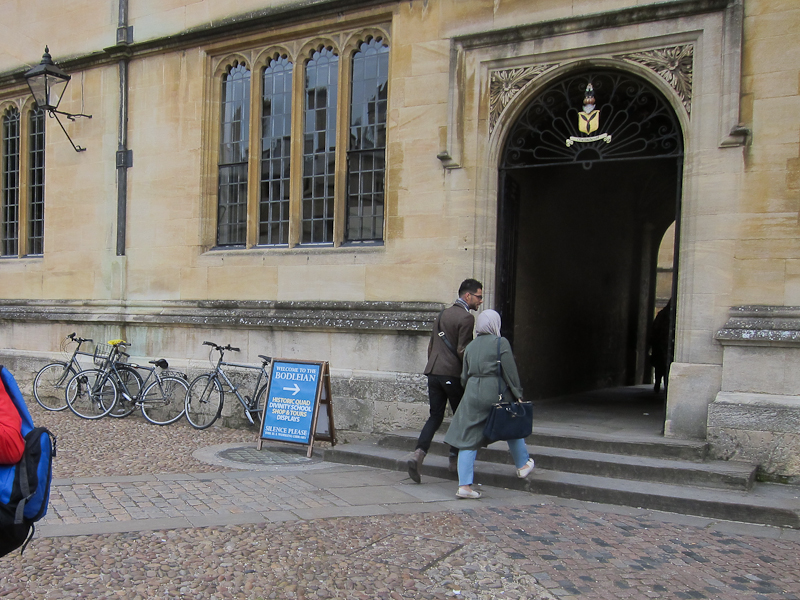 |
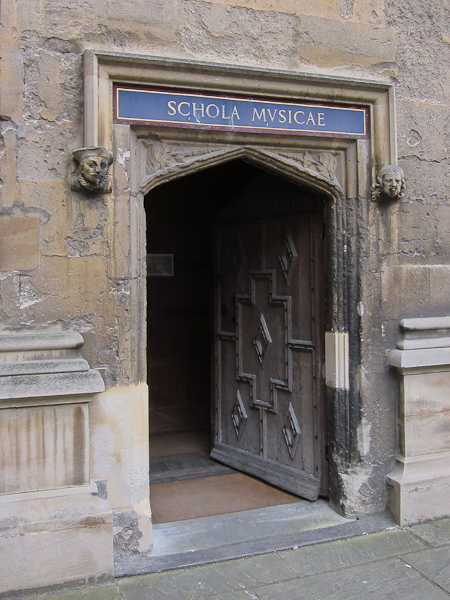 |
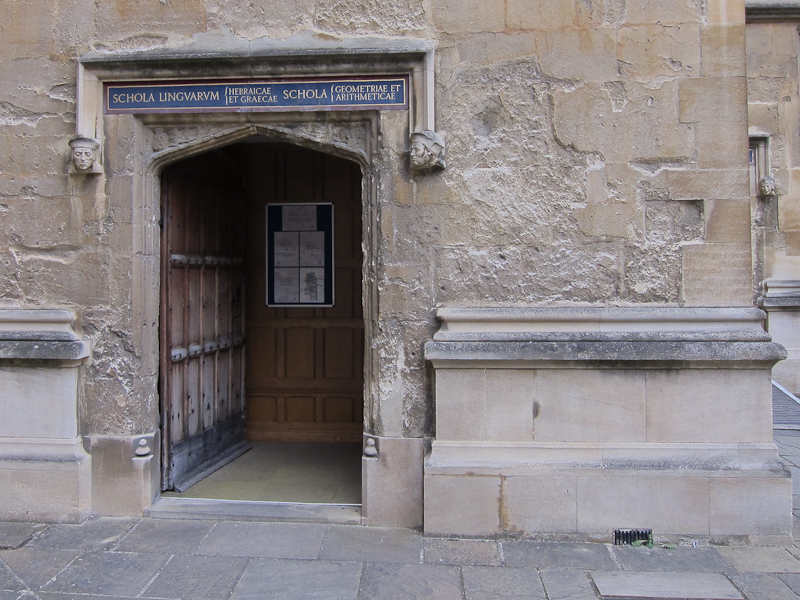 |
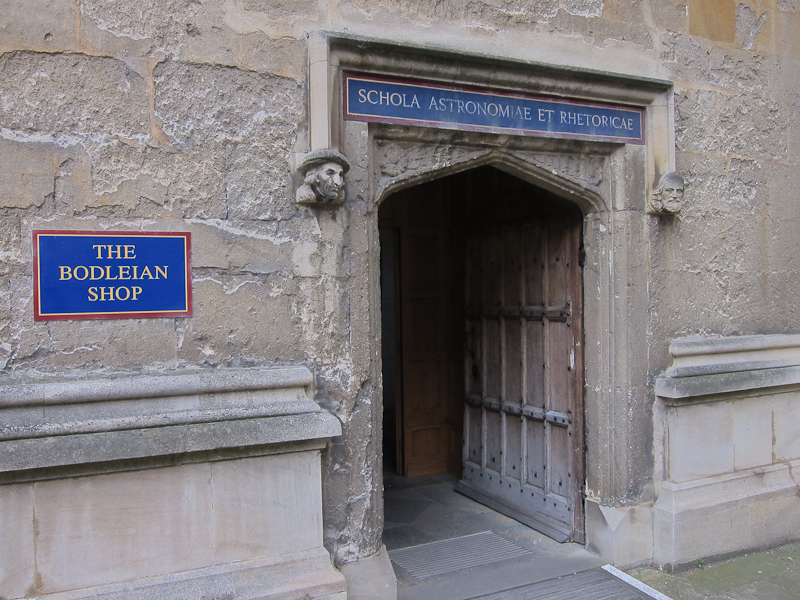 |
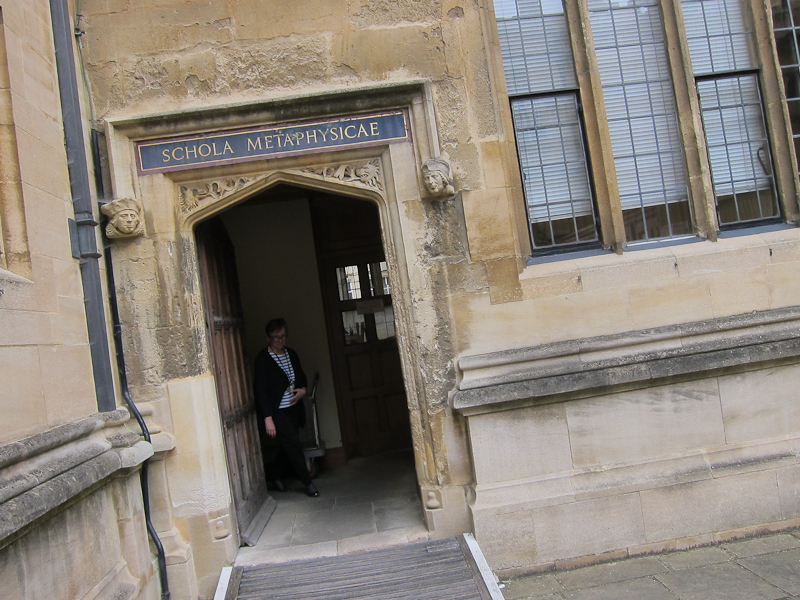 |
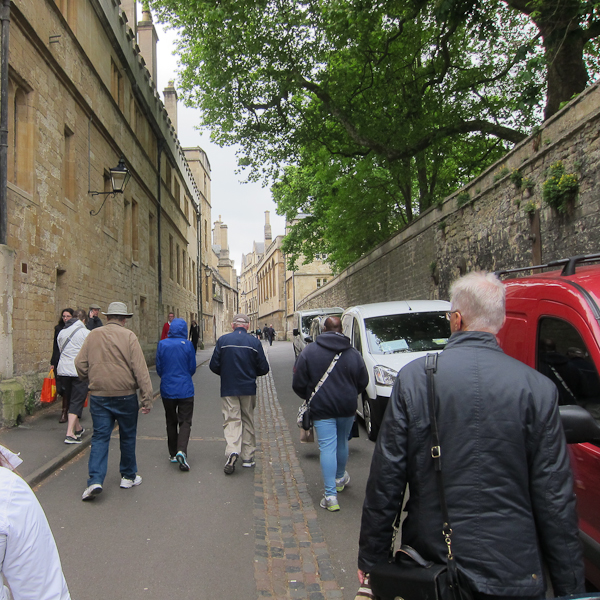 |
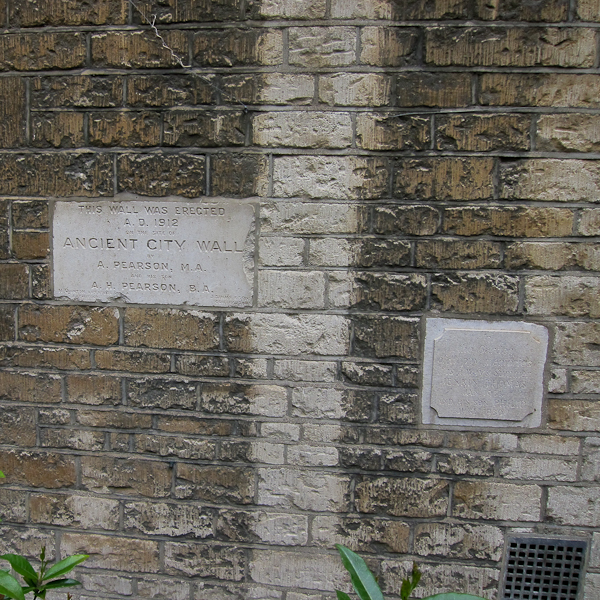 |
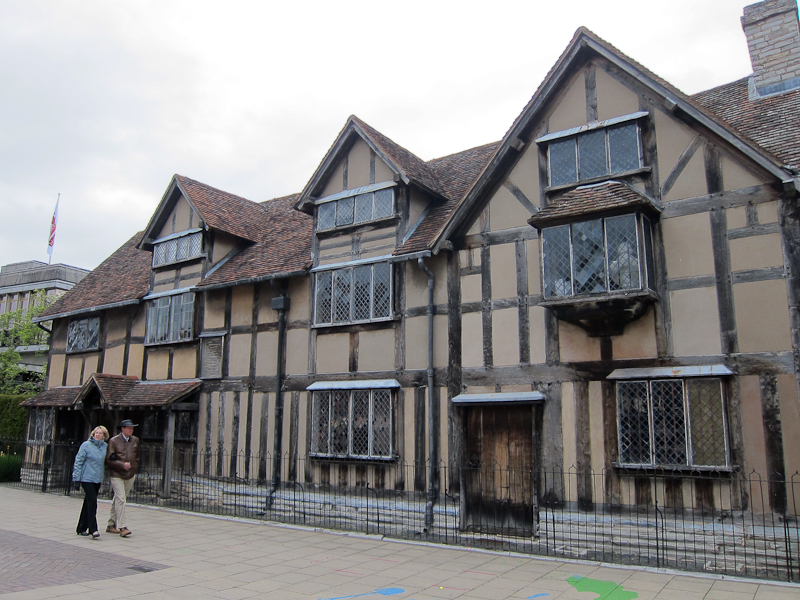 |
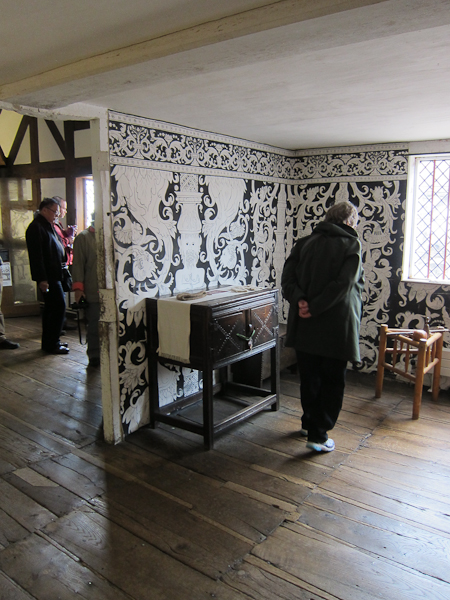 |
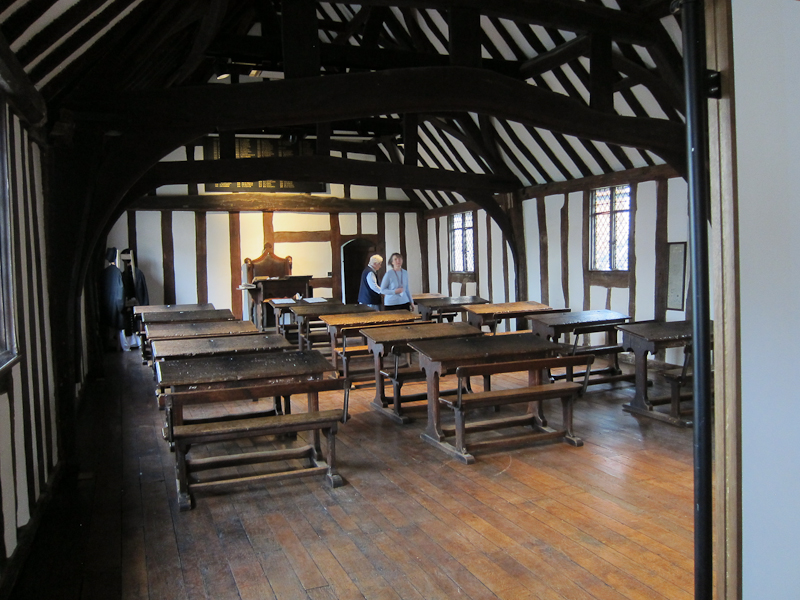 |
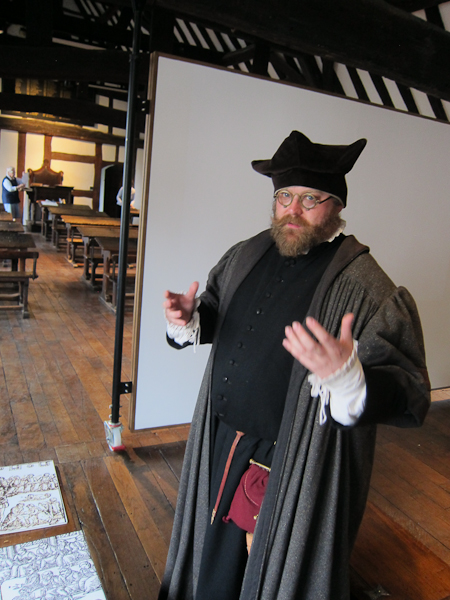 |
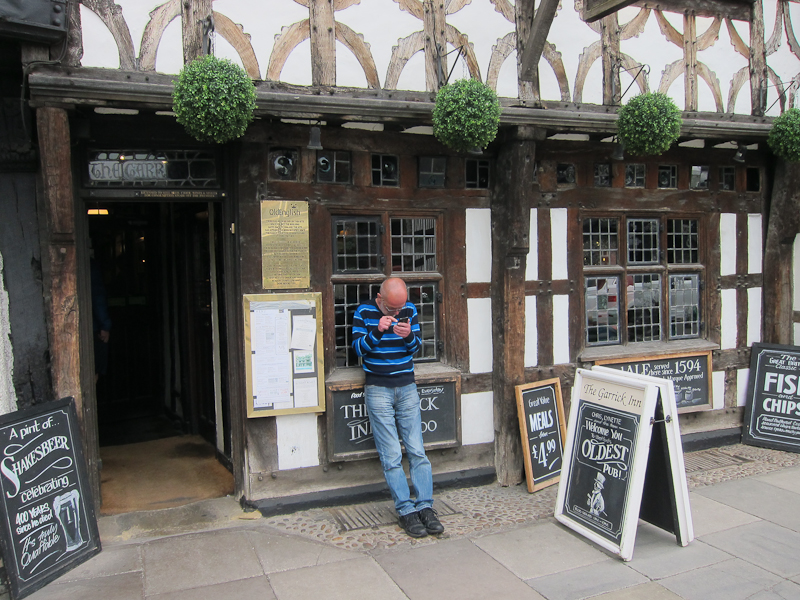 |
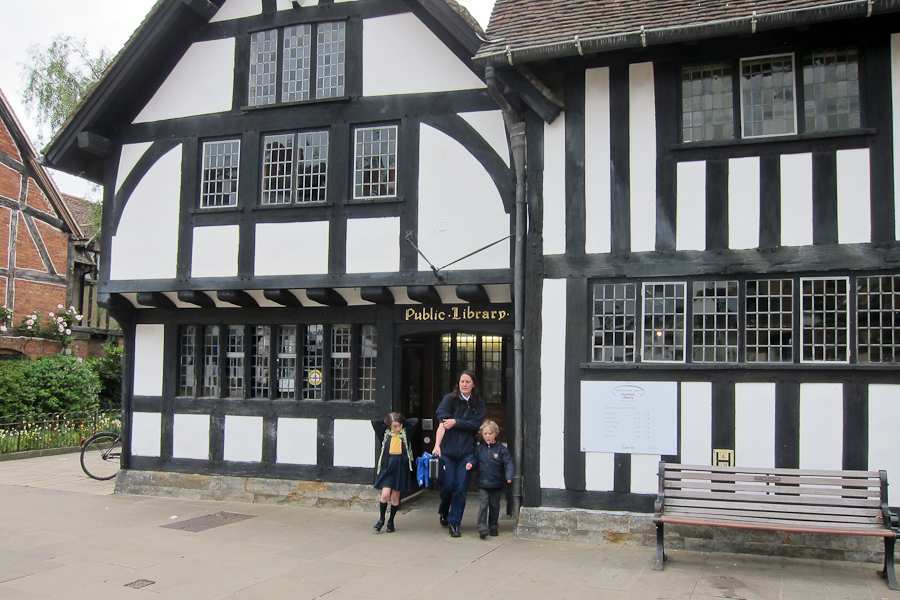 |
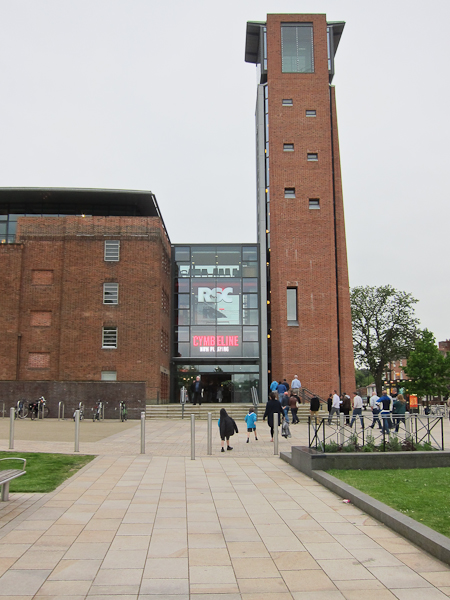 |
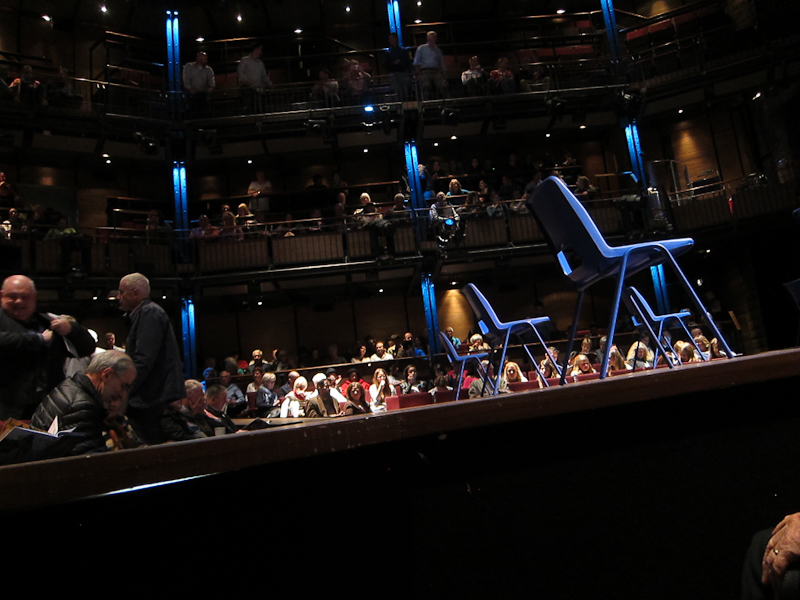 |
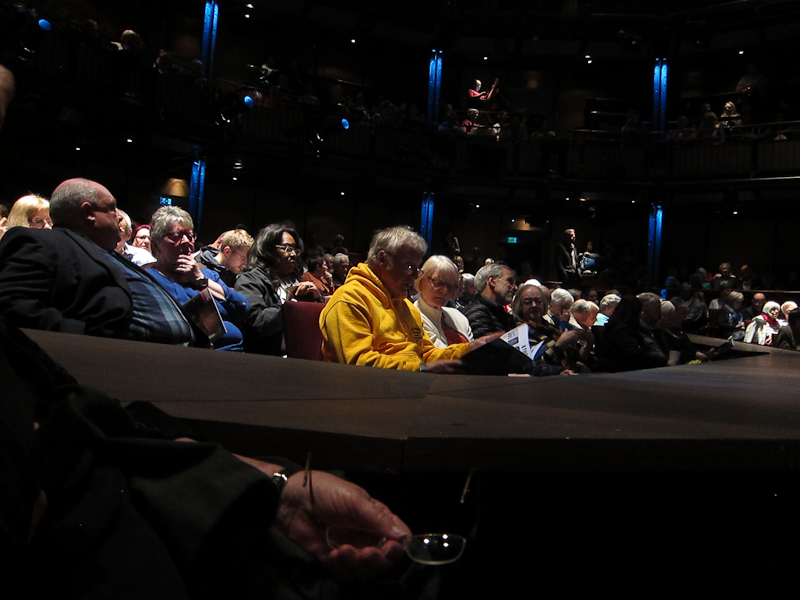 |
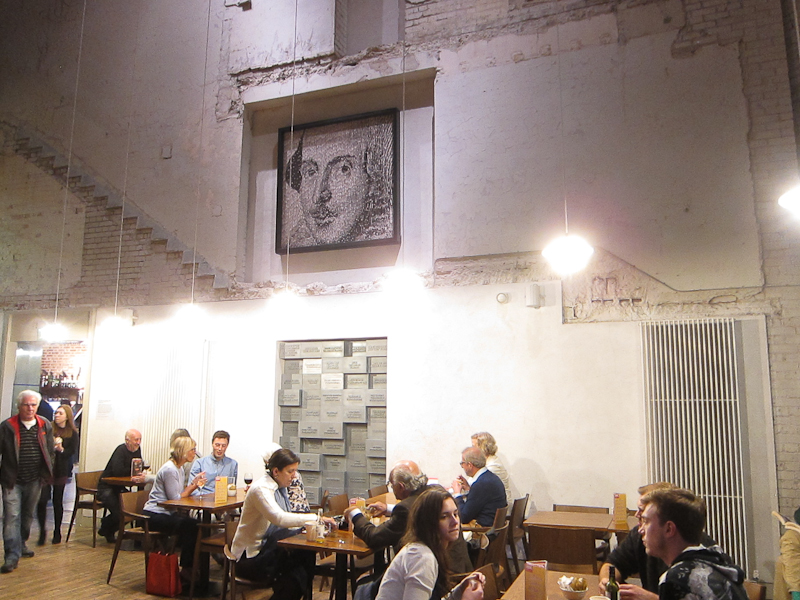 |
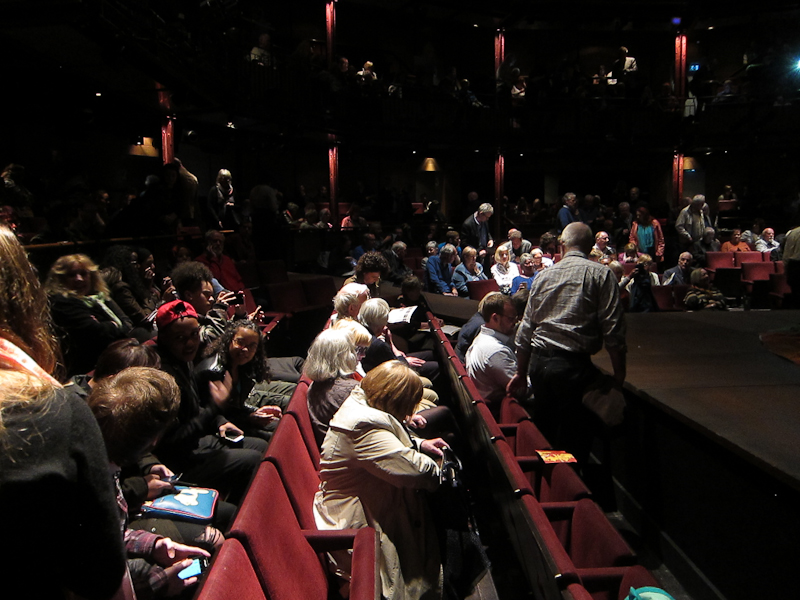 |
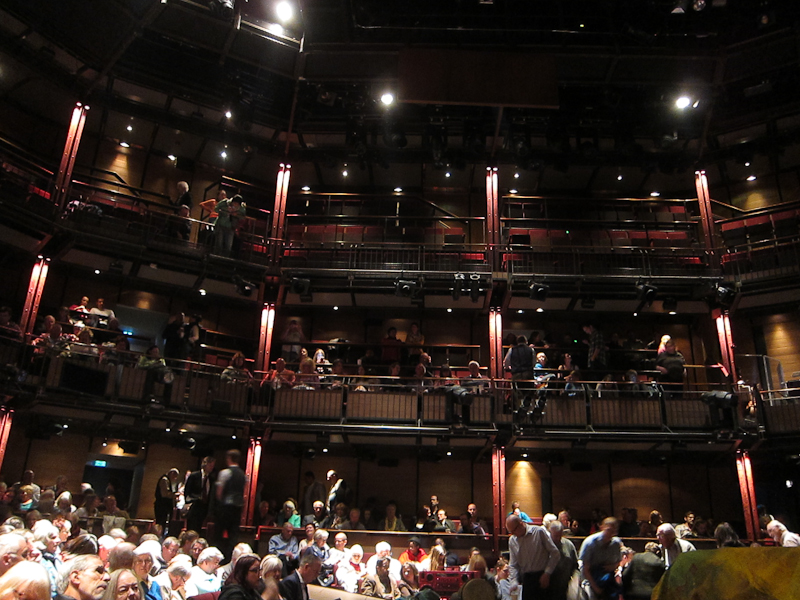 |
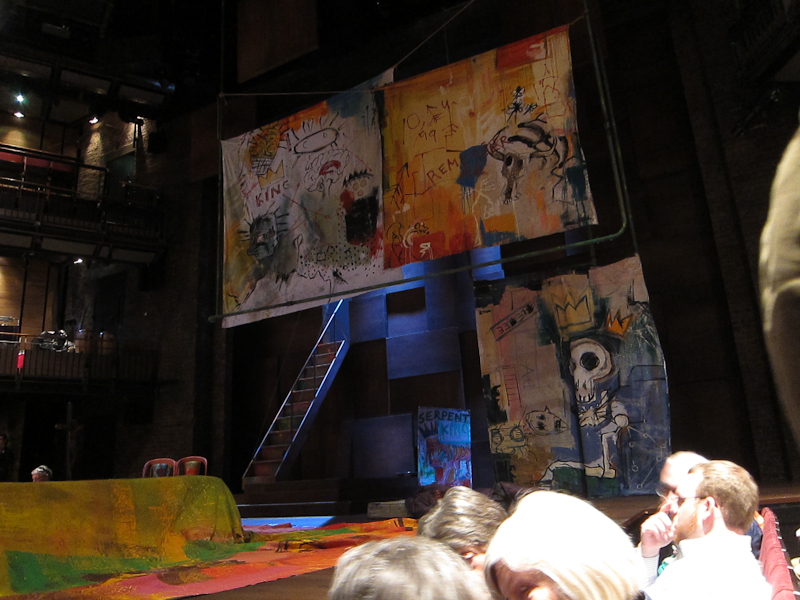 |
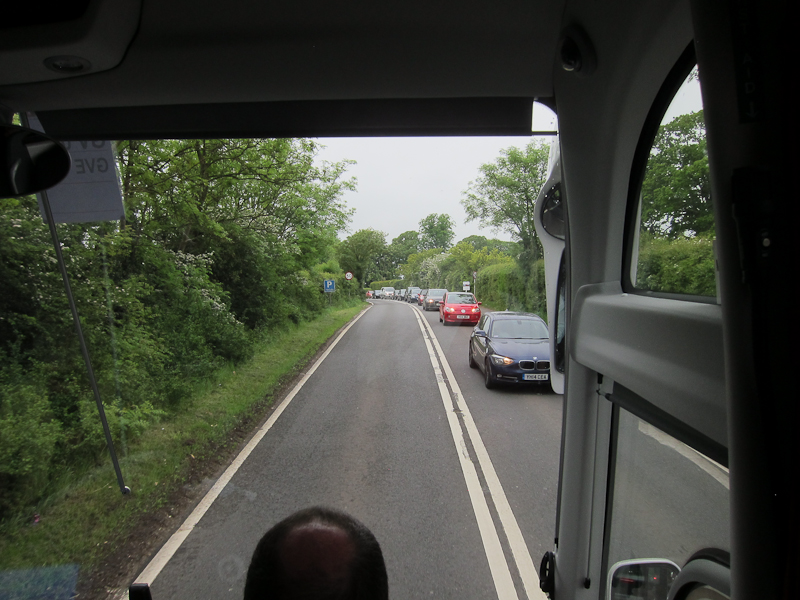 |
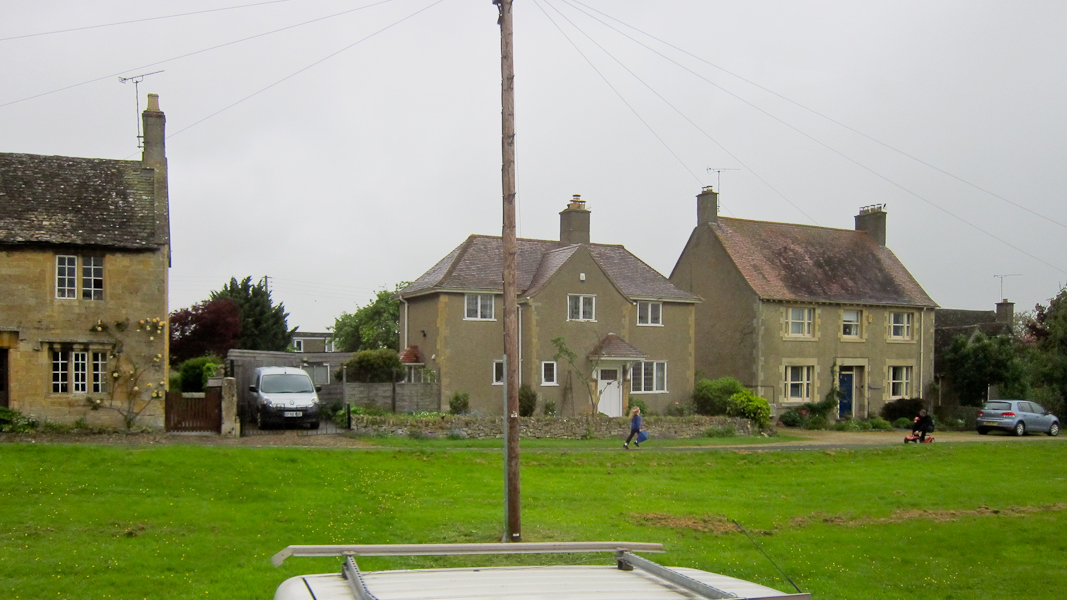 |
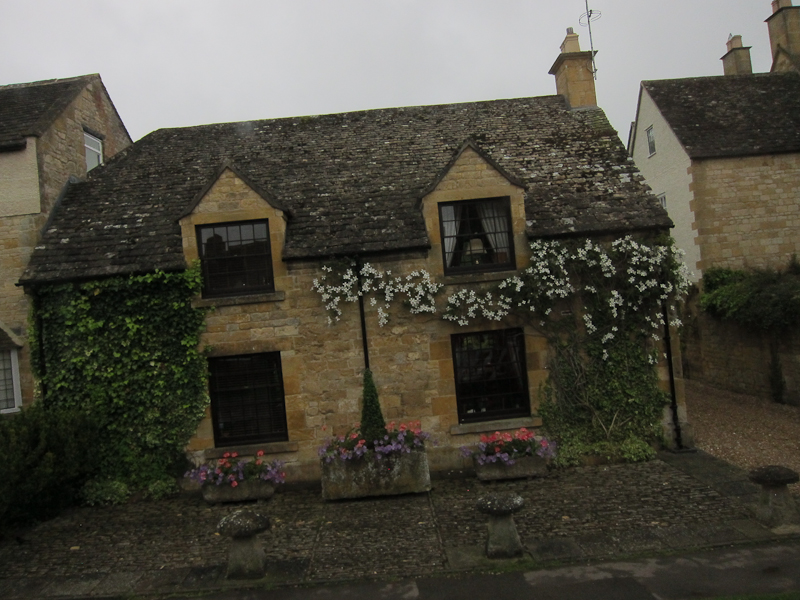 |
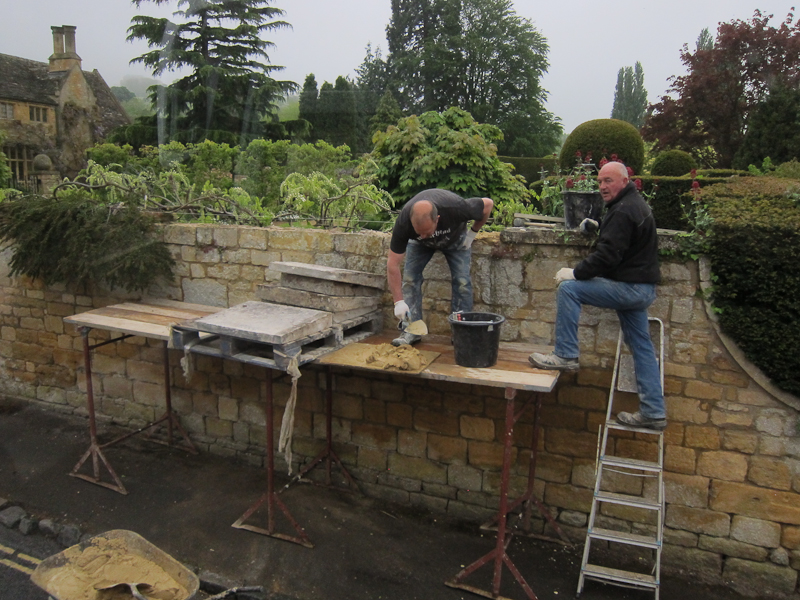 |
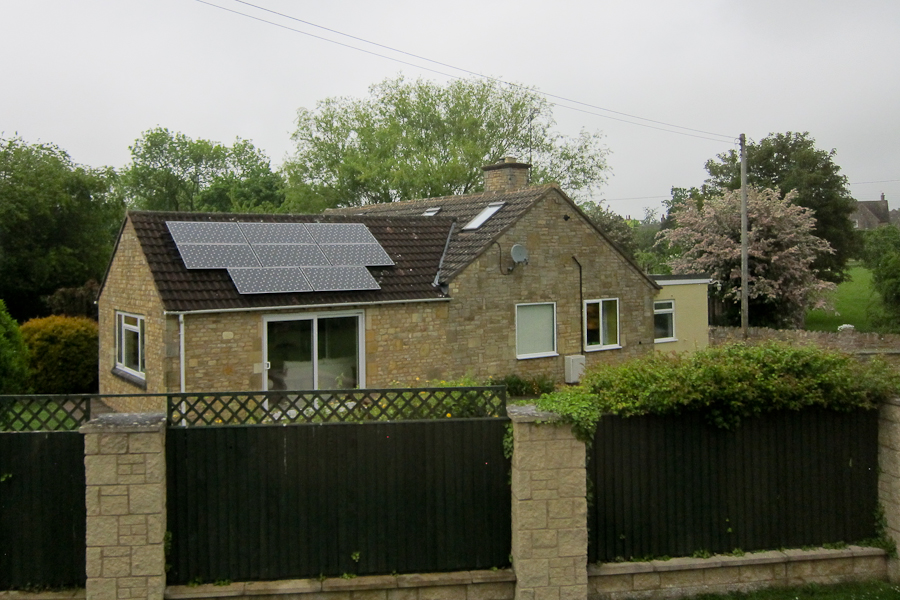 |
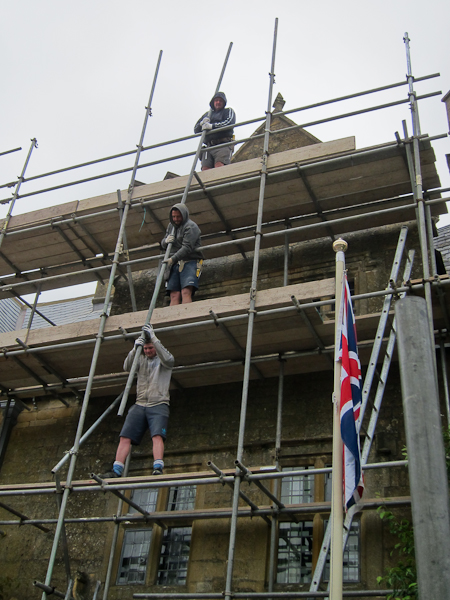 |
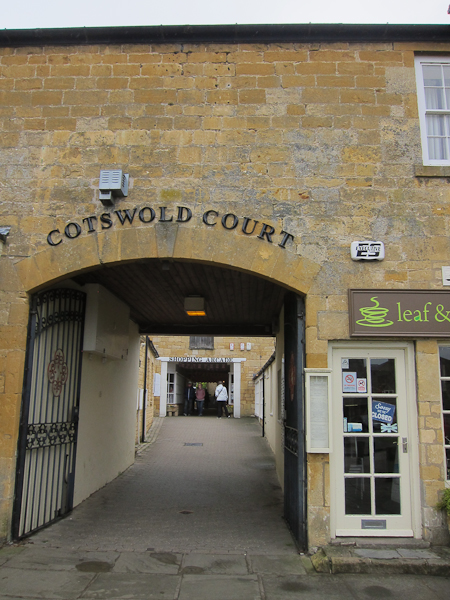 |
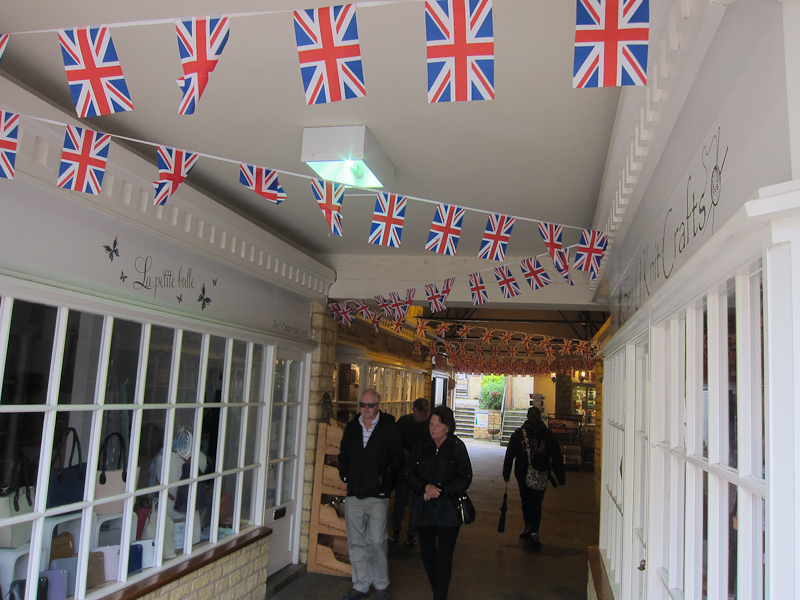 |
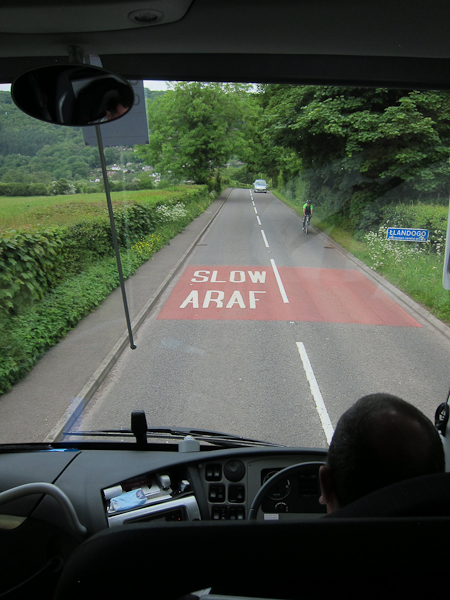 |
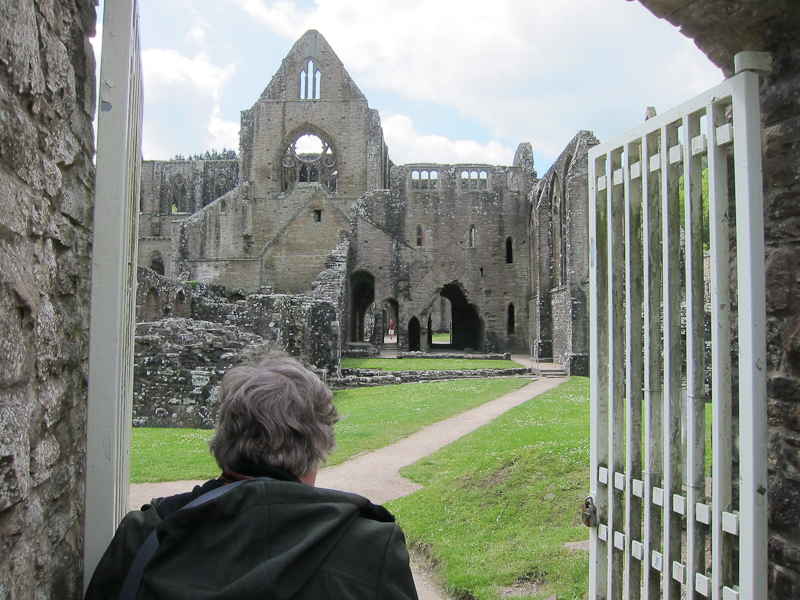 |
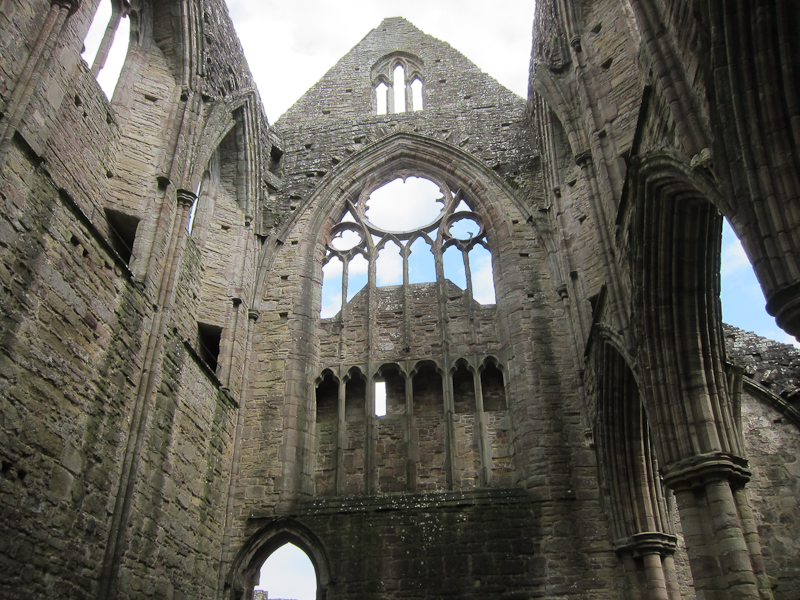 |
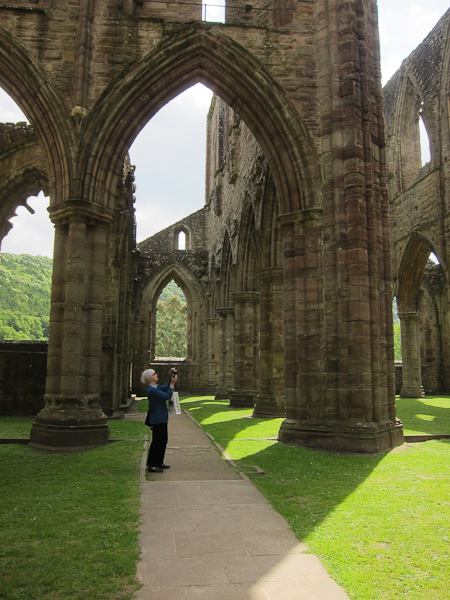 |
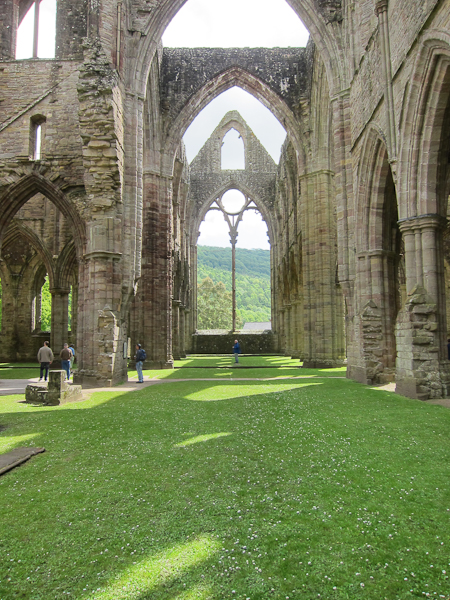 |
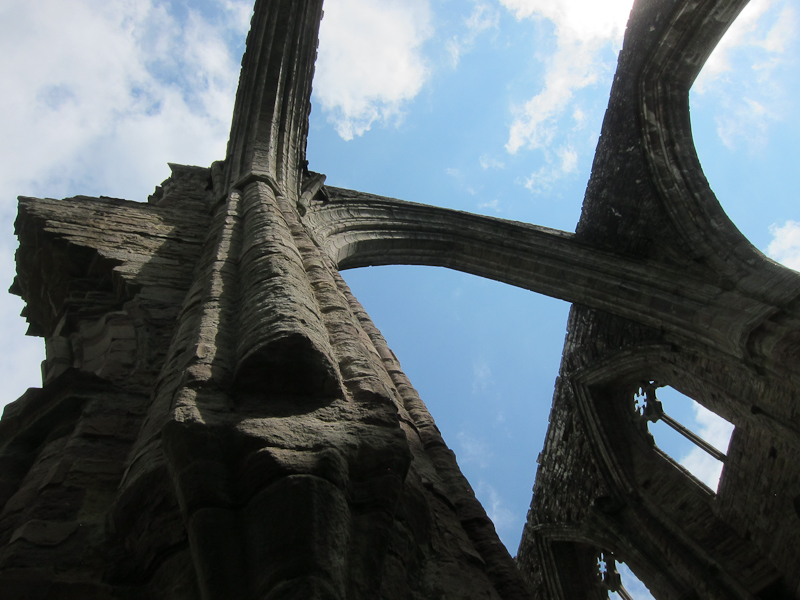 |
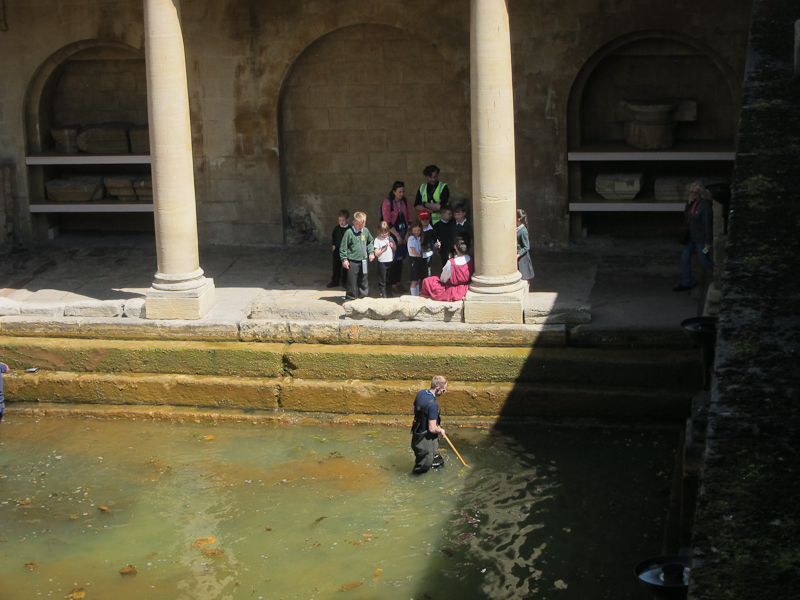 |
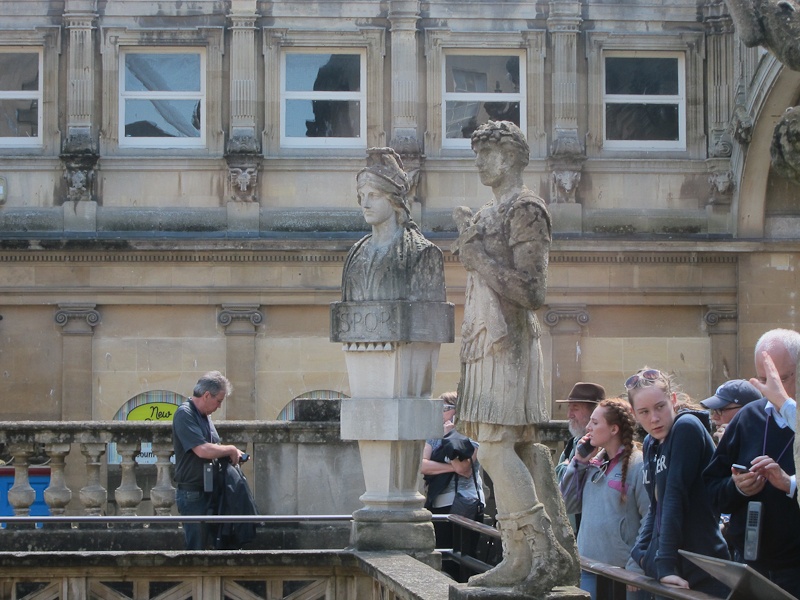 |
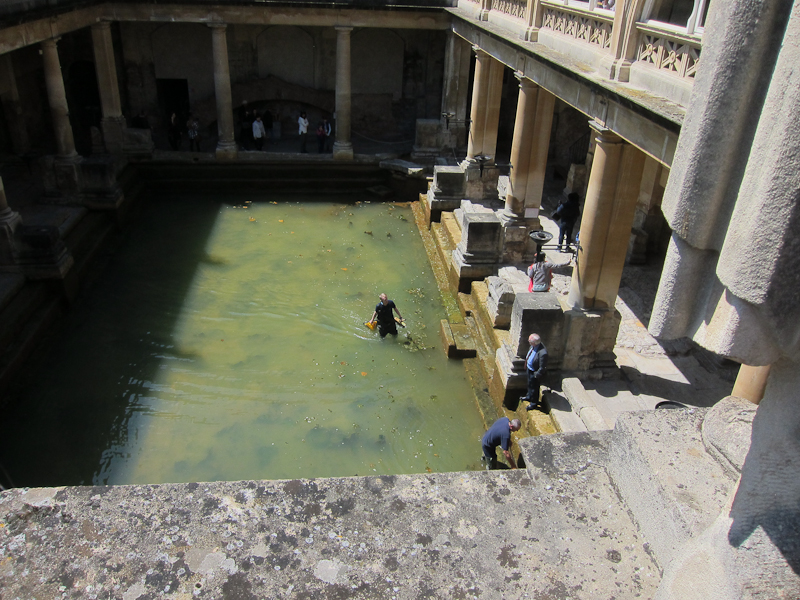 |
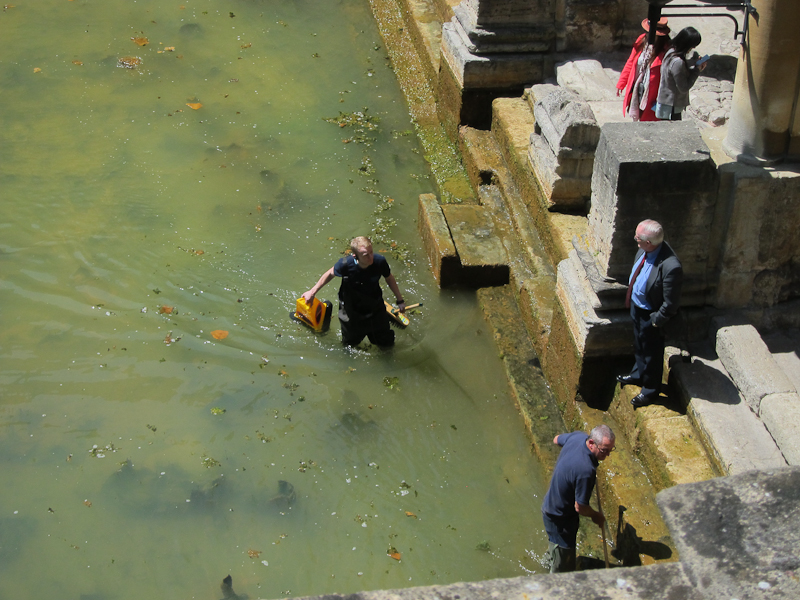 |
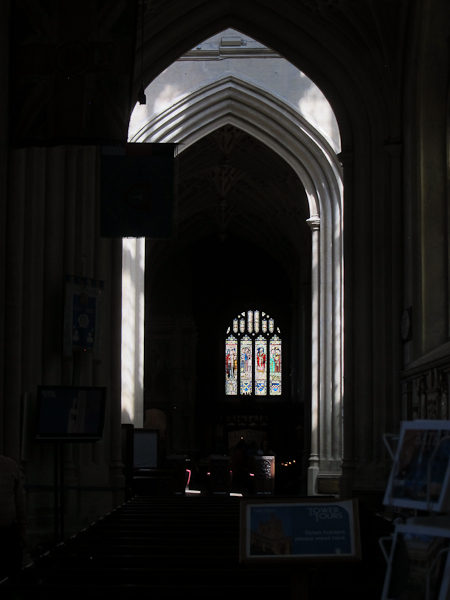 |
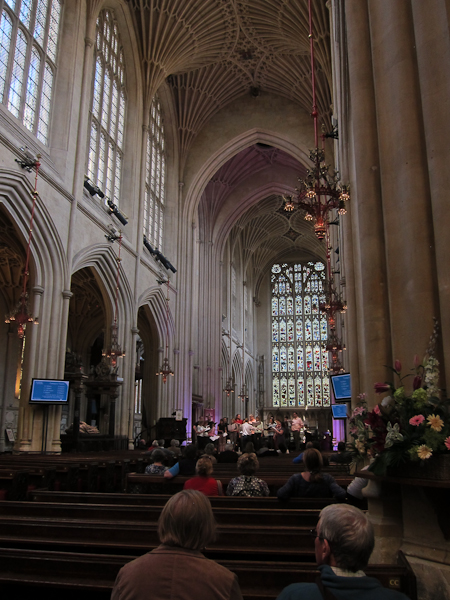 |
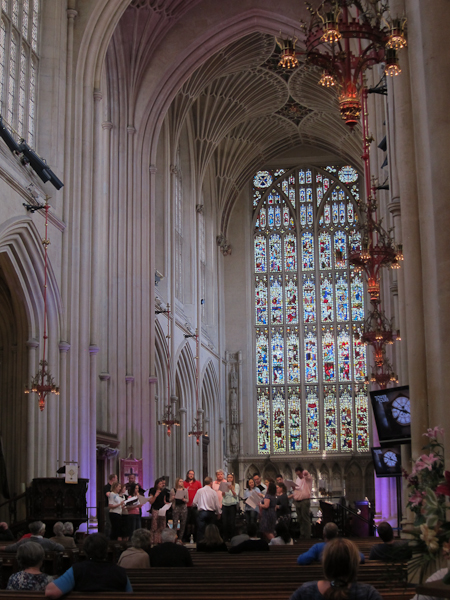 |
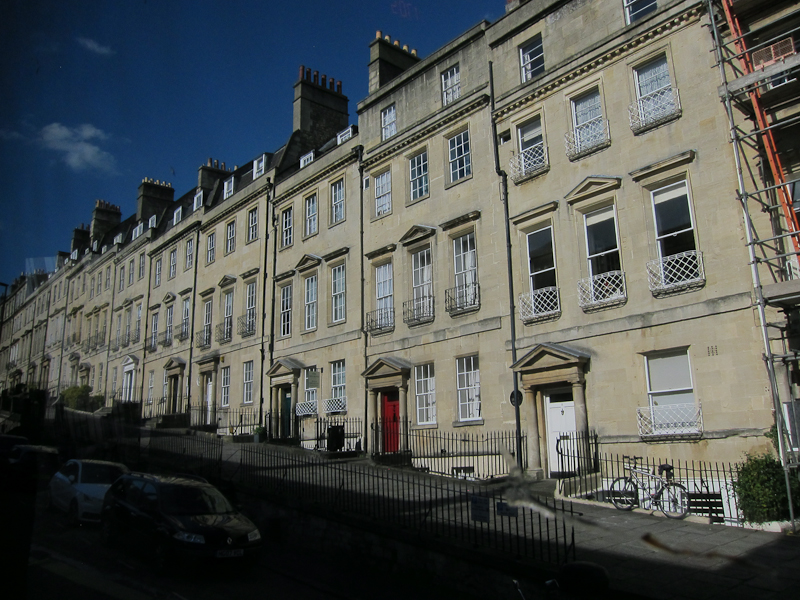 |
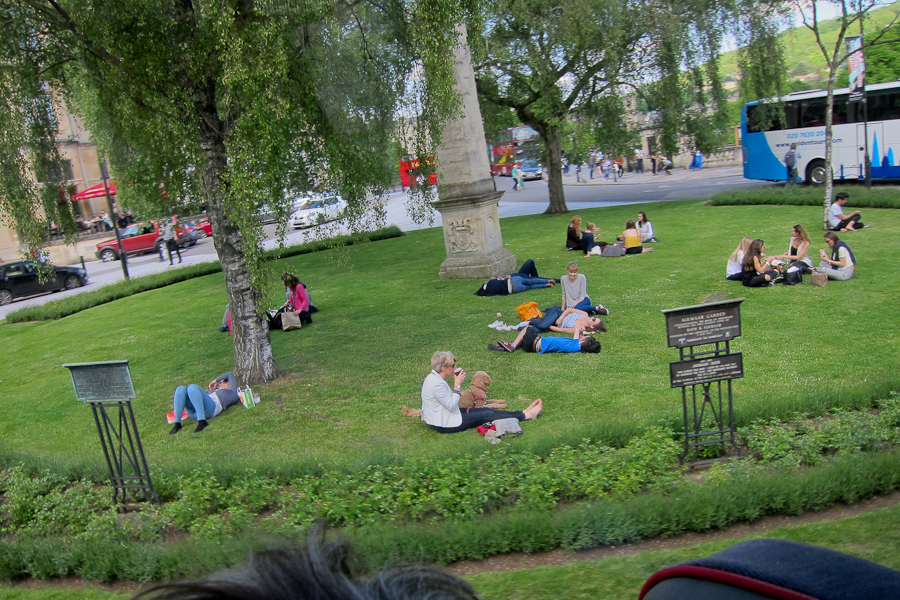 |
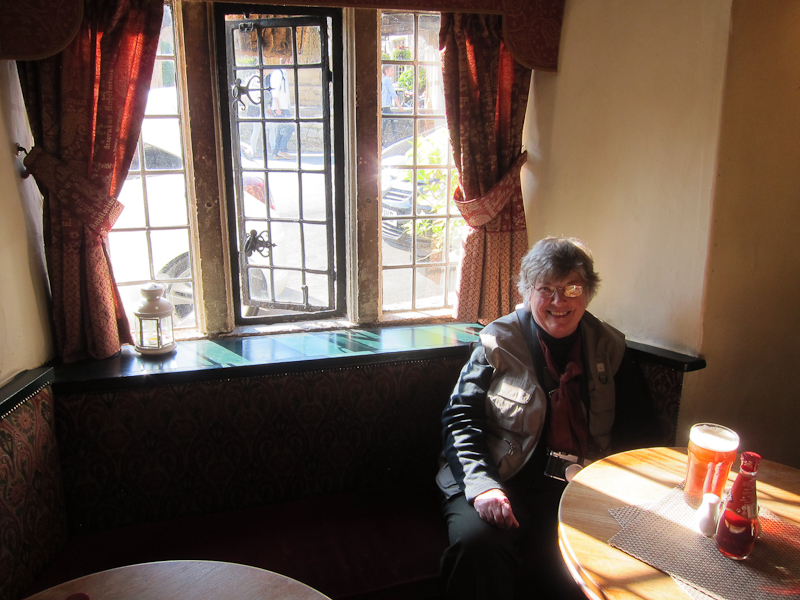 |
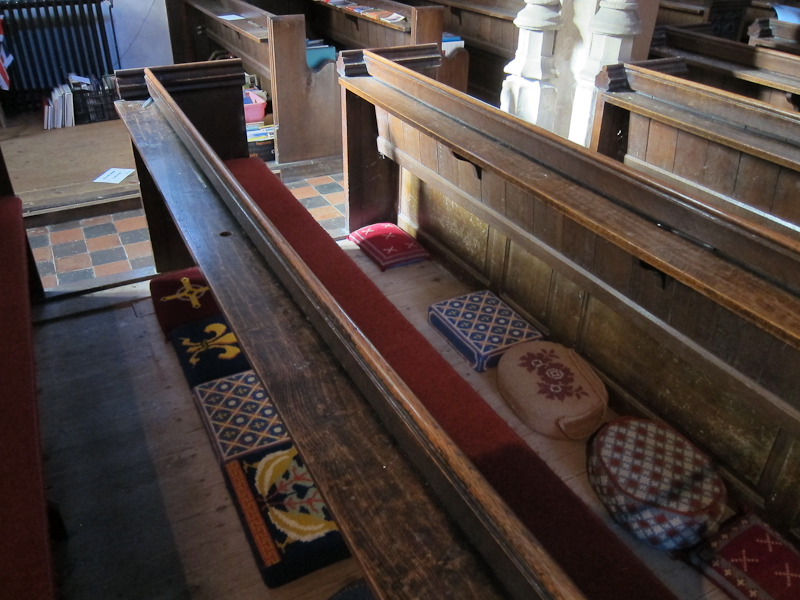 |
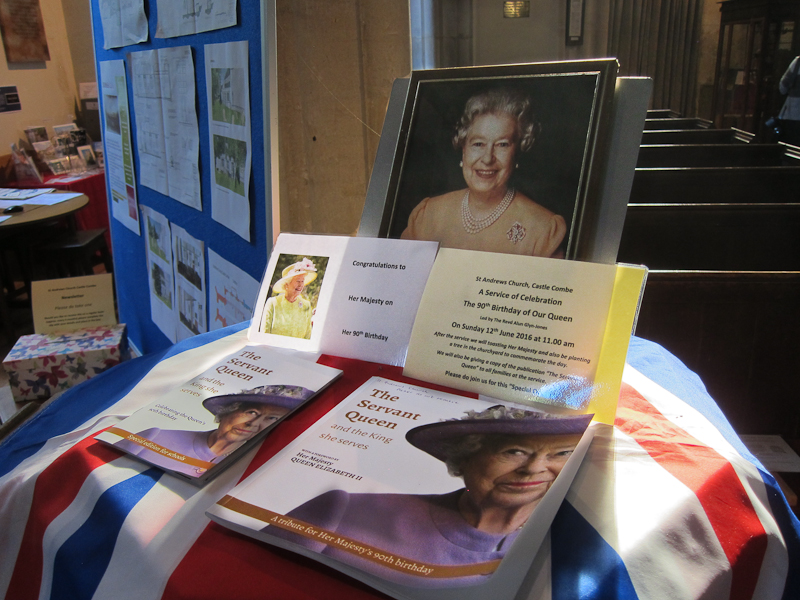 |
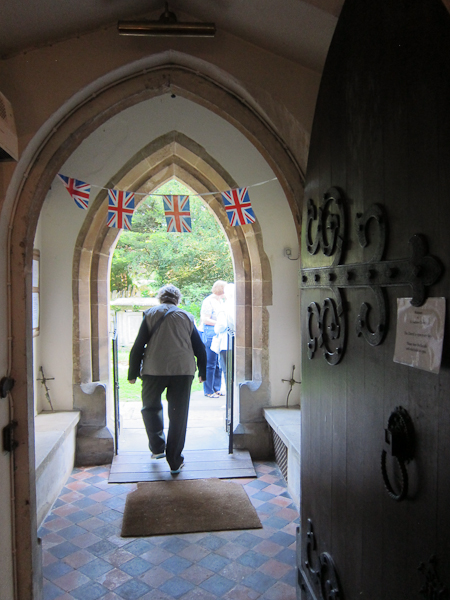 |
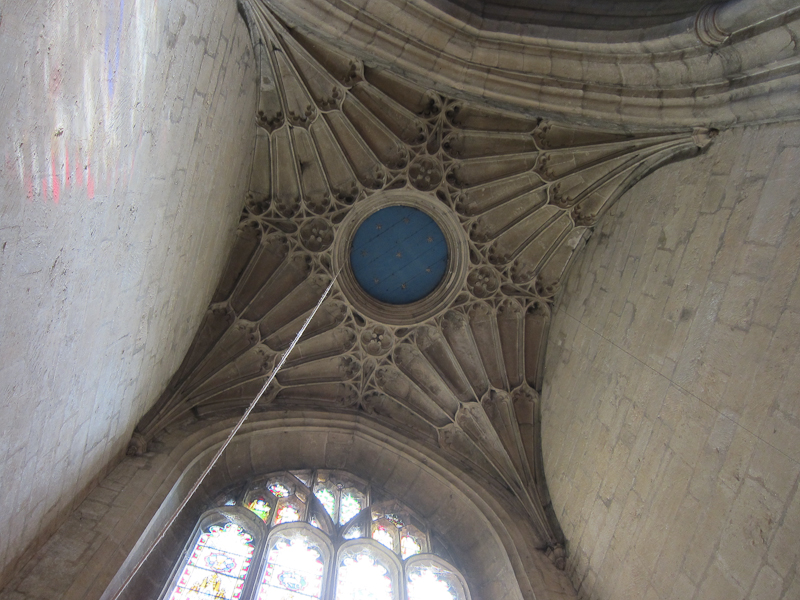 |
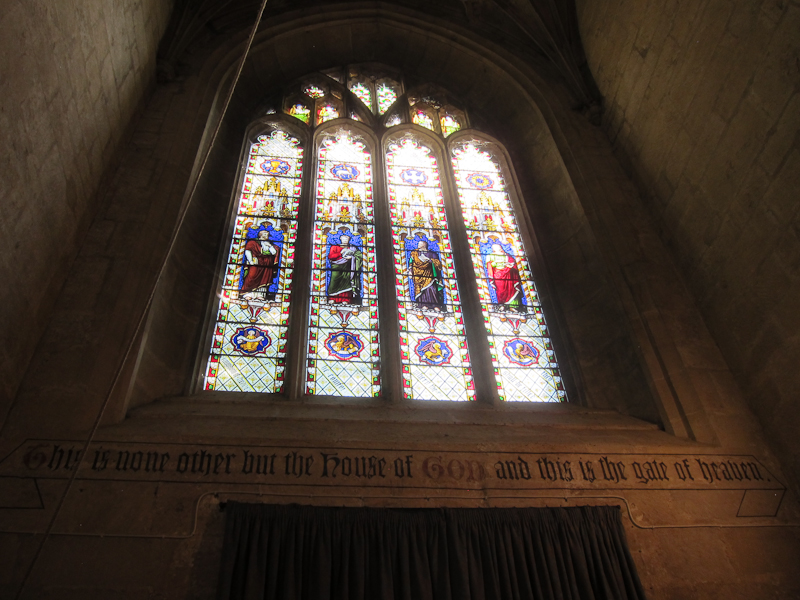 |
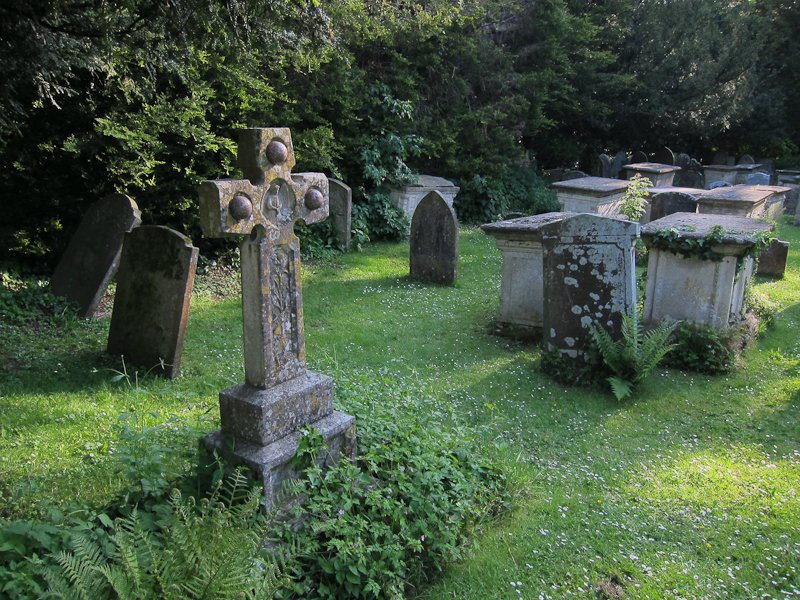 |
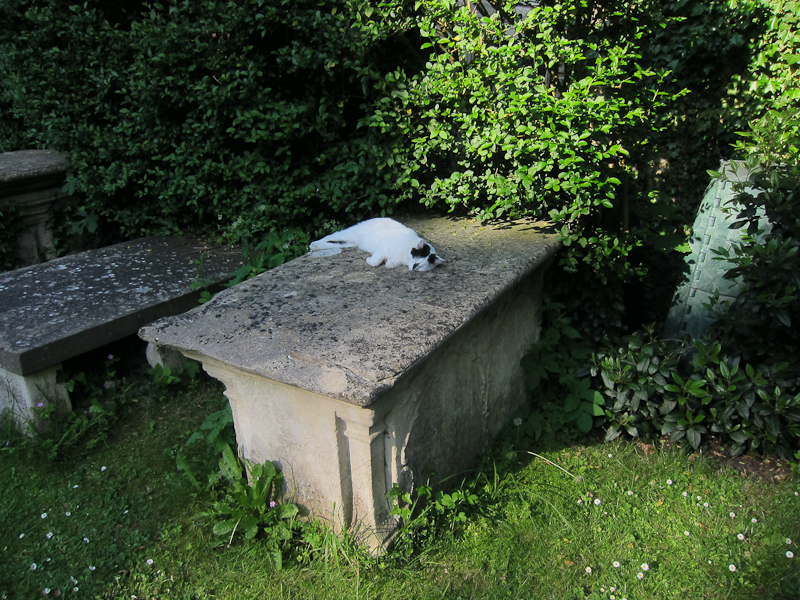 |
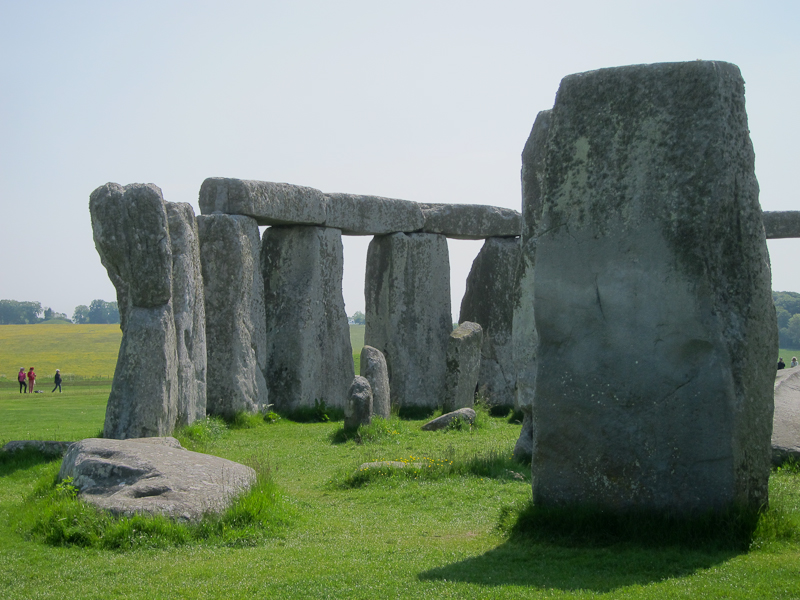 |
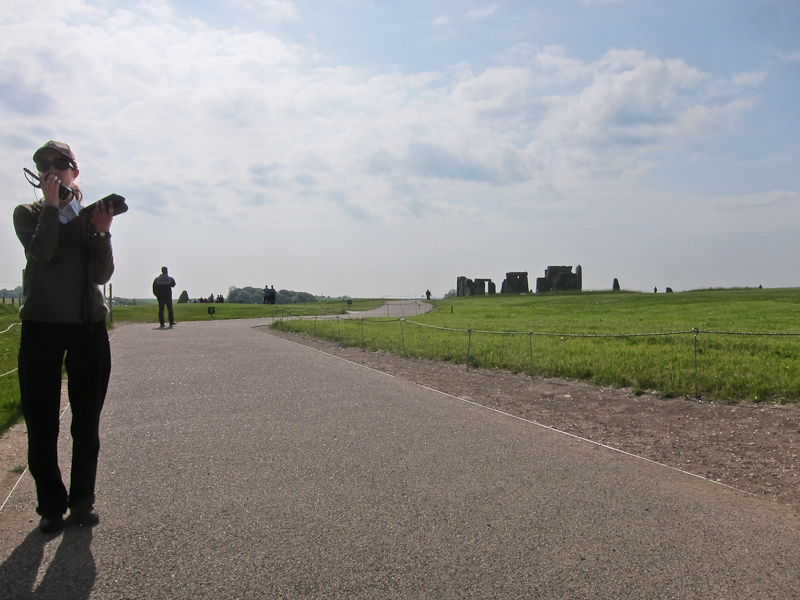 |
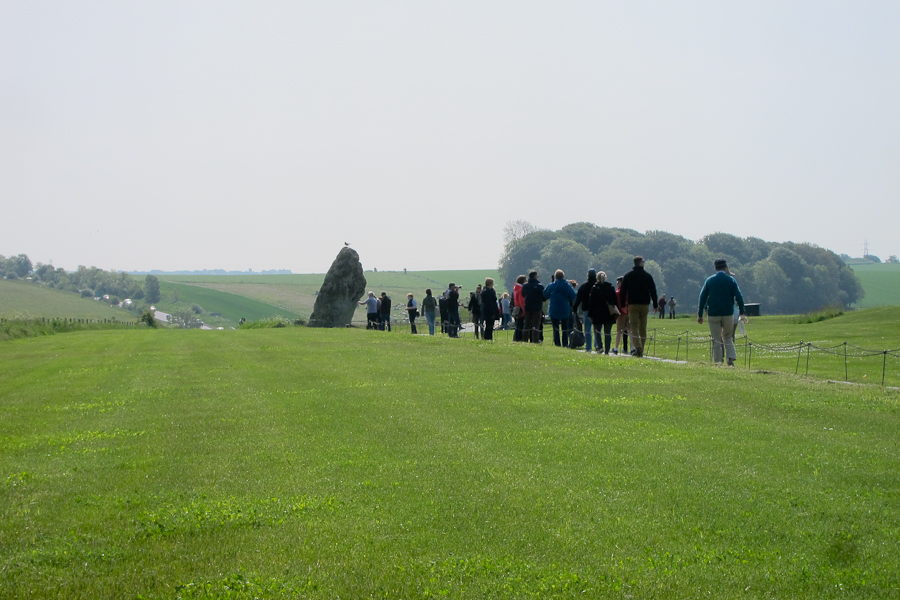 |
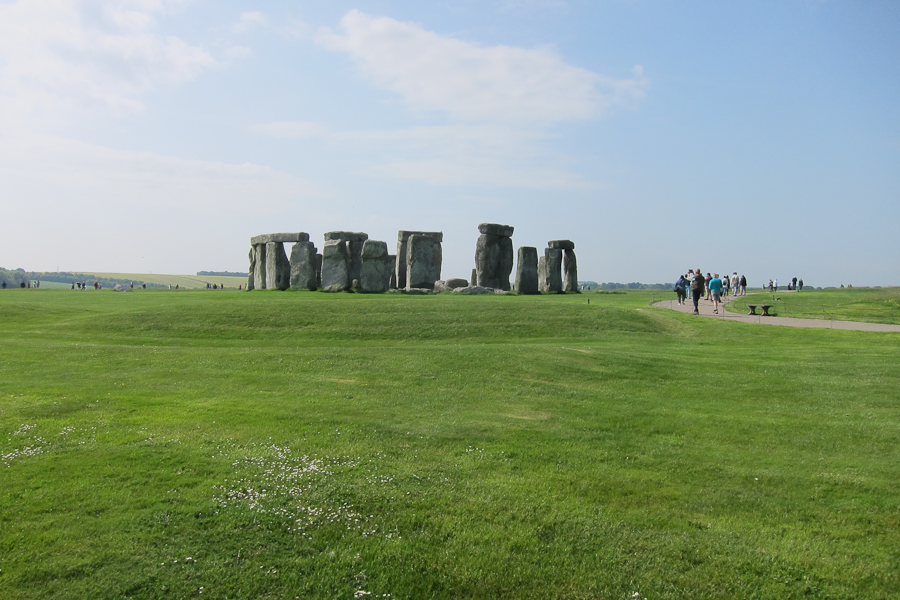 |
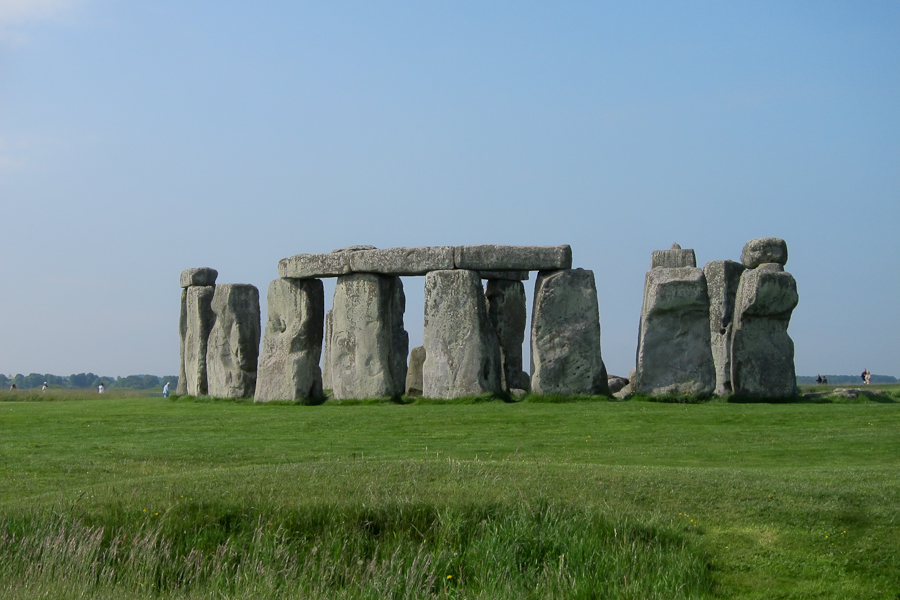 |
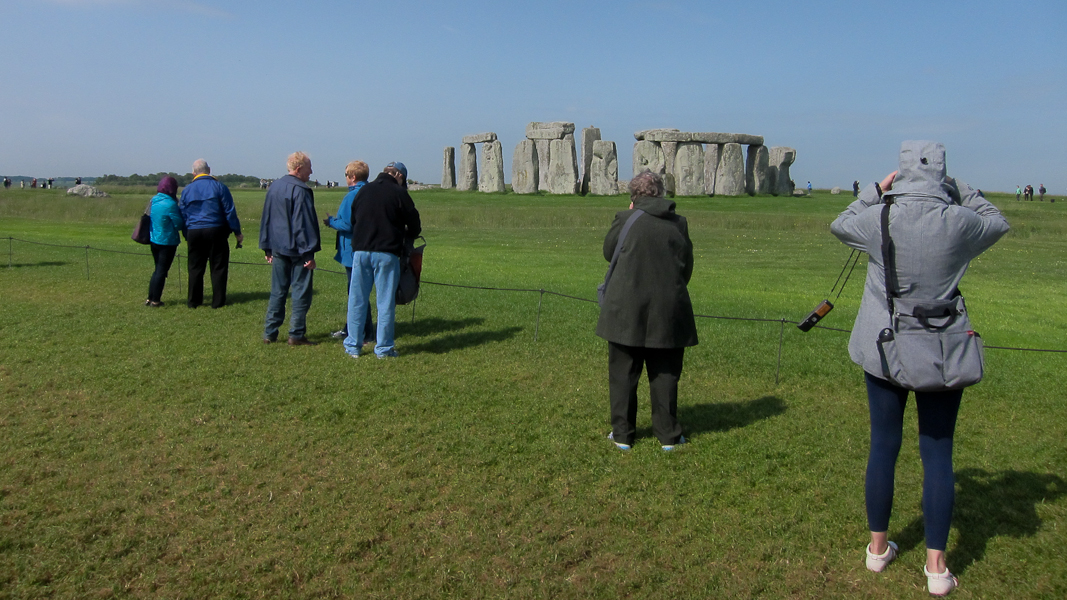 |
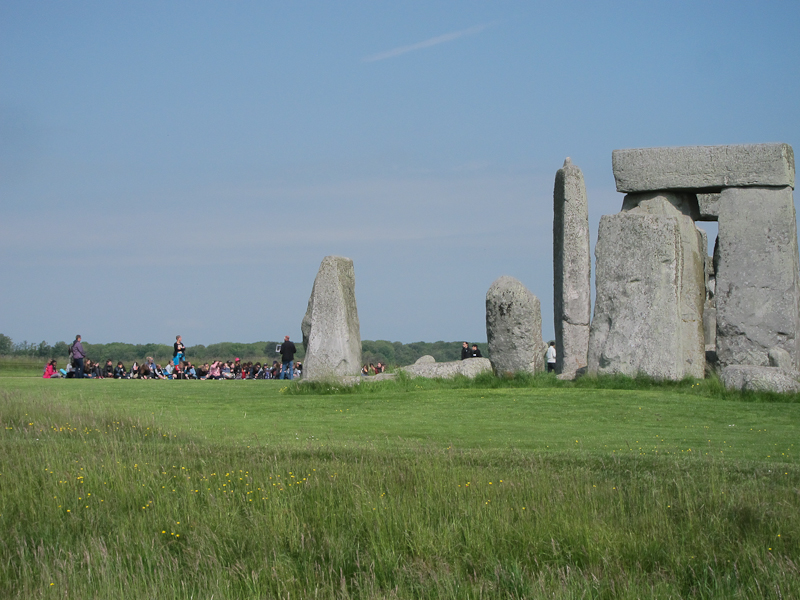 |
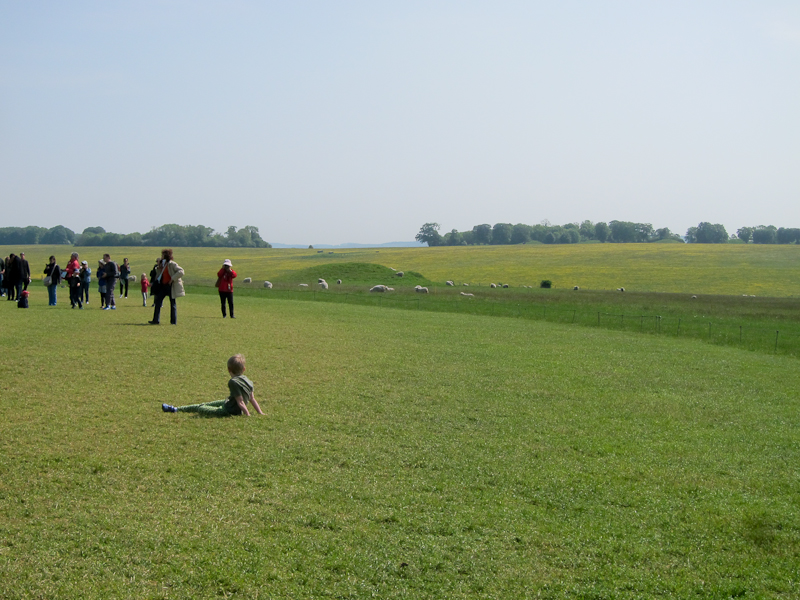 |
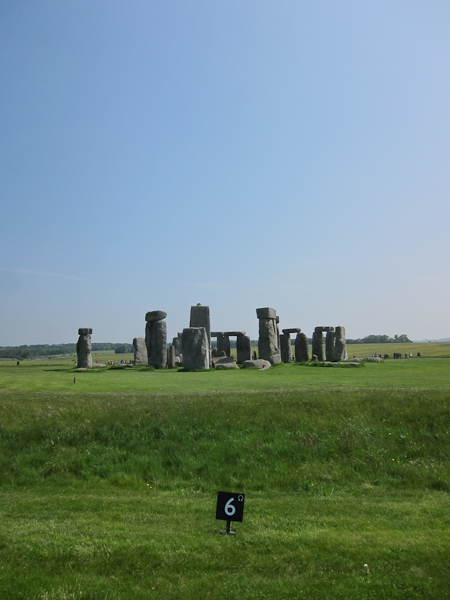 |
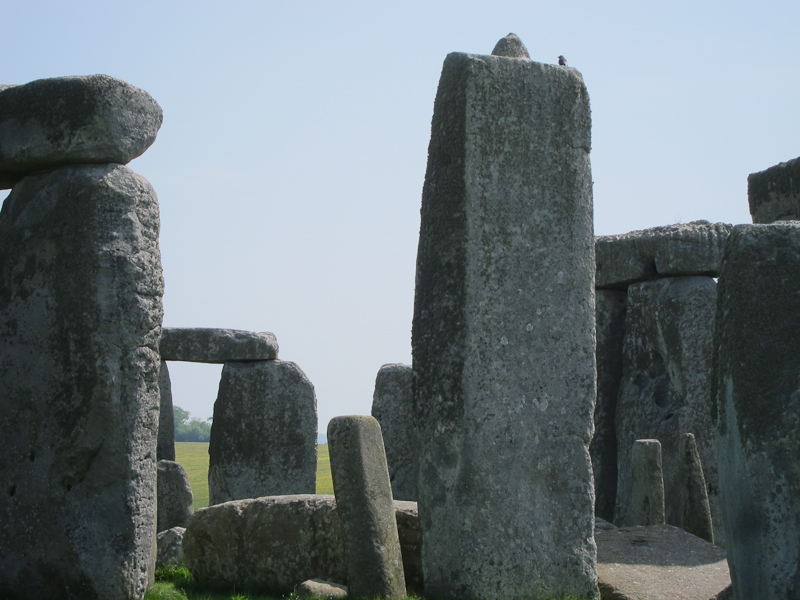 |
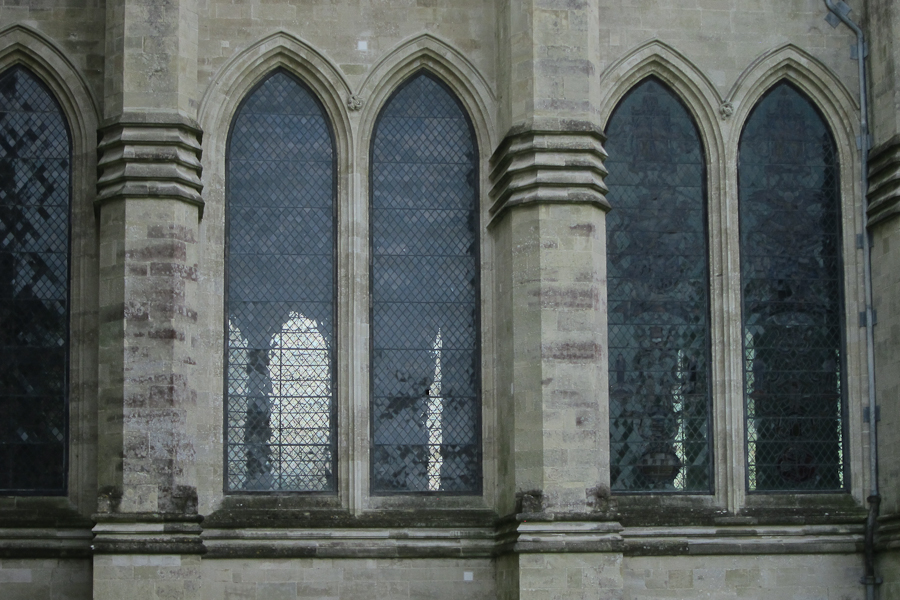 |
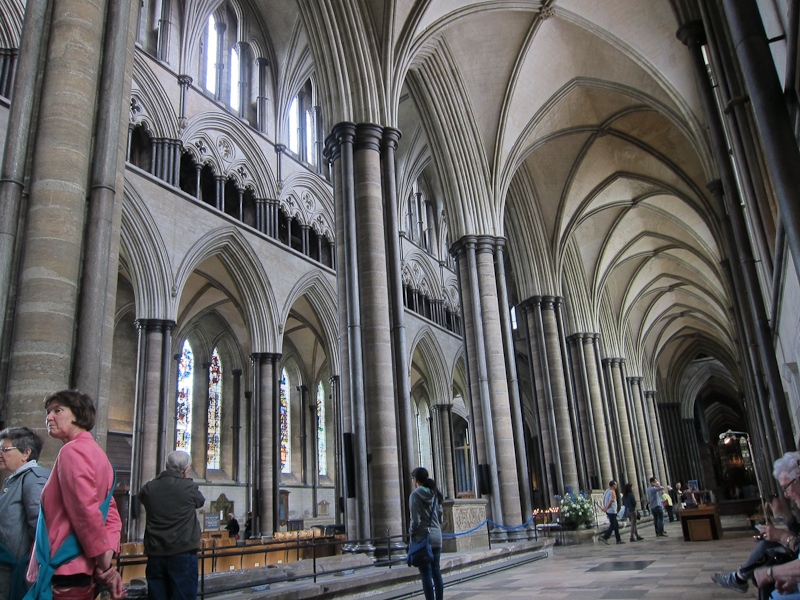 |
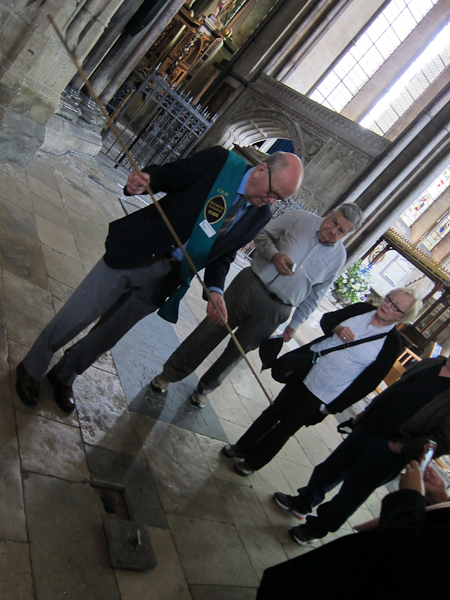 |
 |
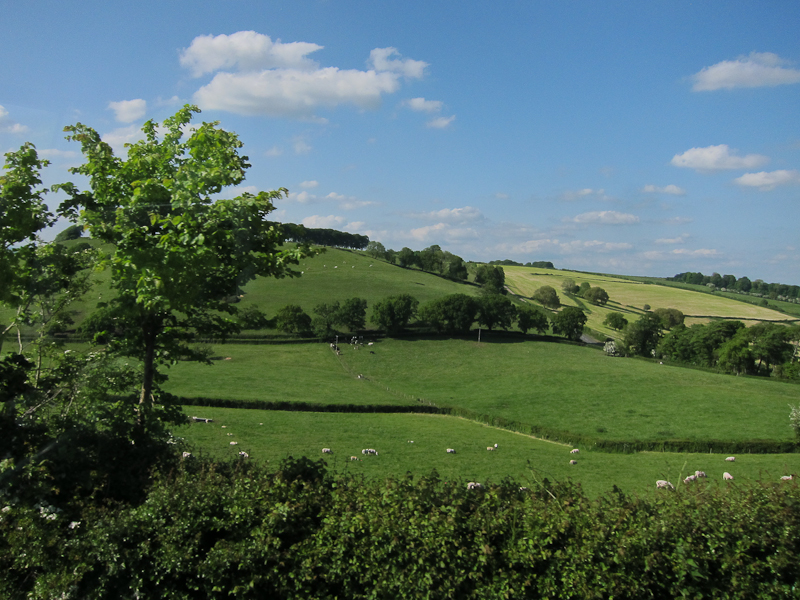 |
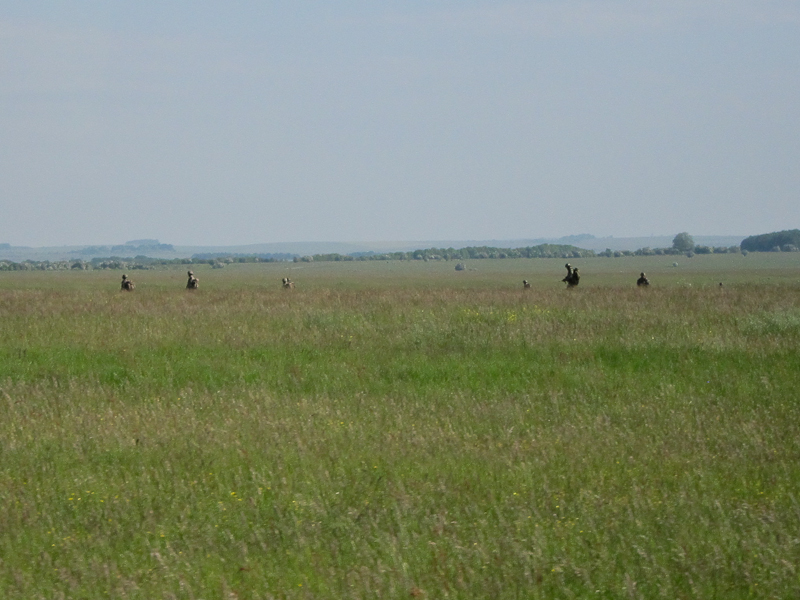 |
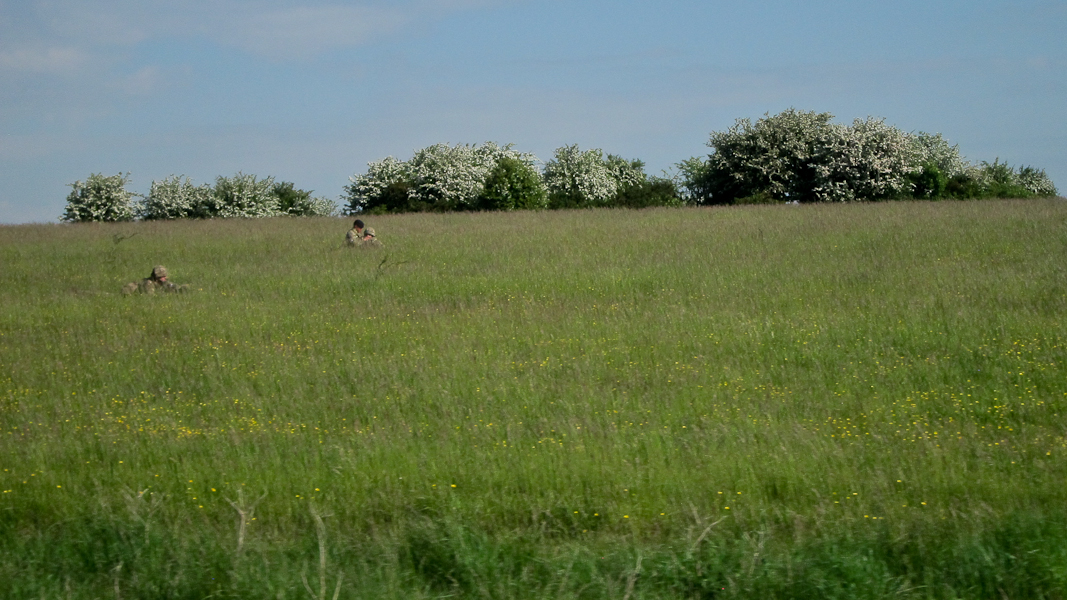 |
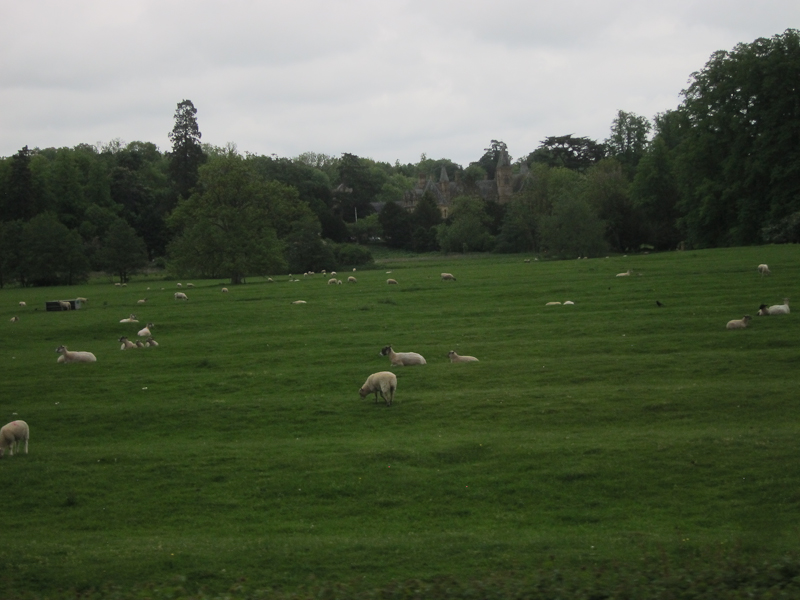 |
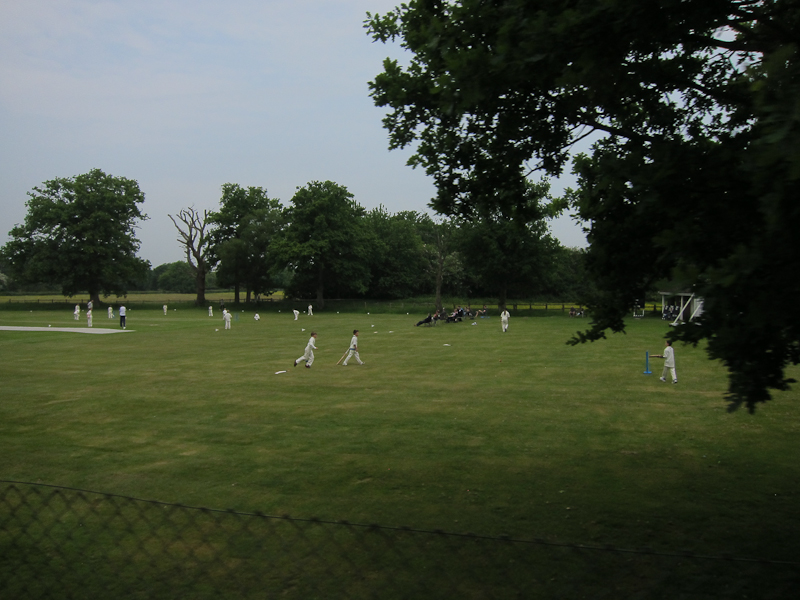 |
 |
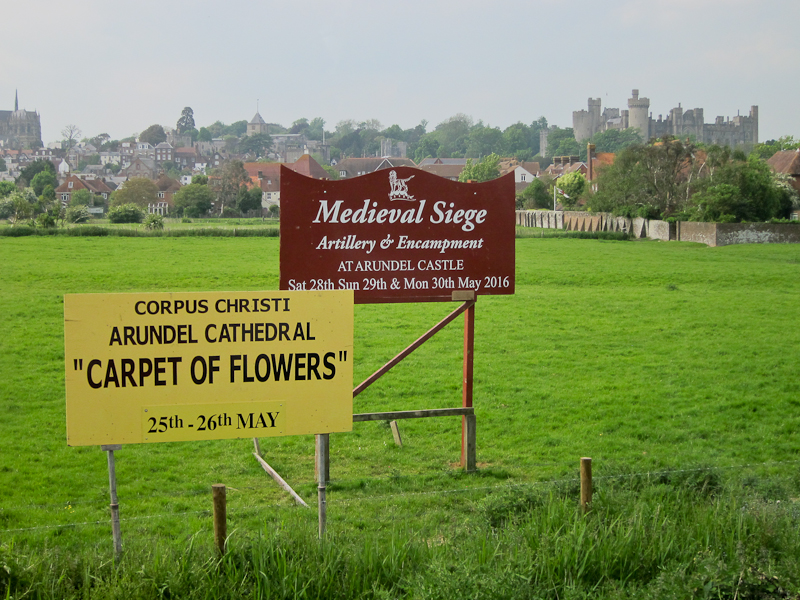 |
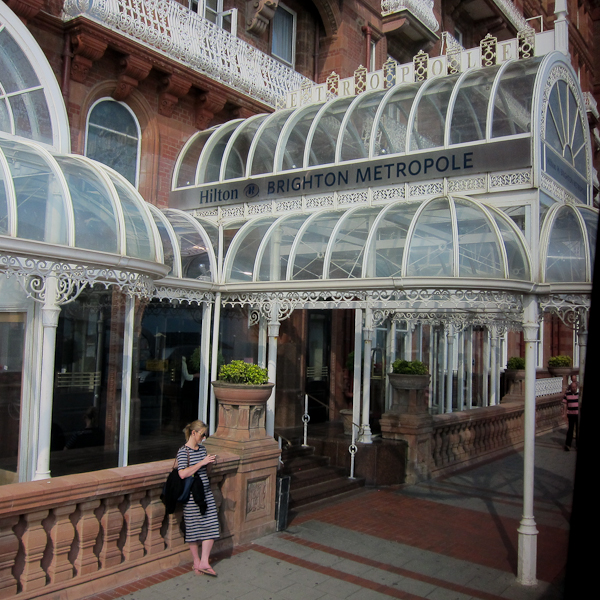 |
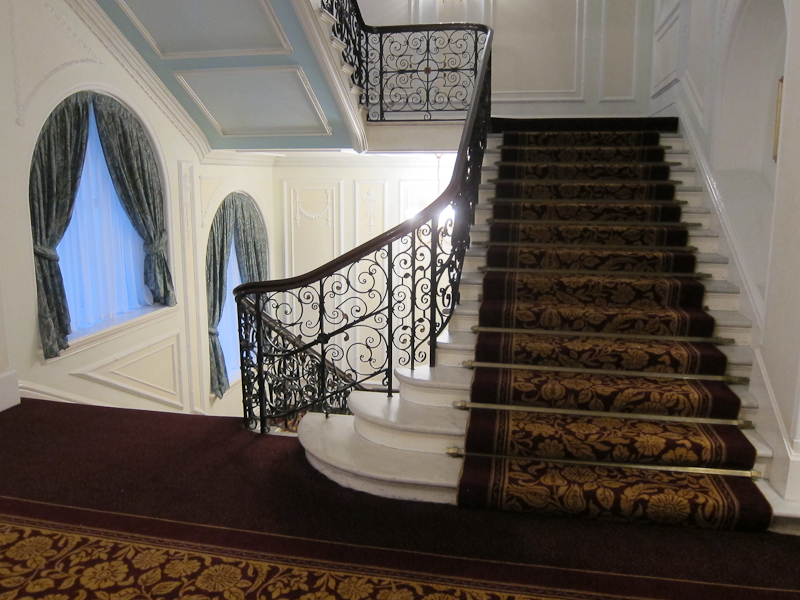 |
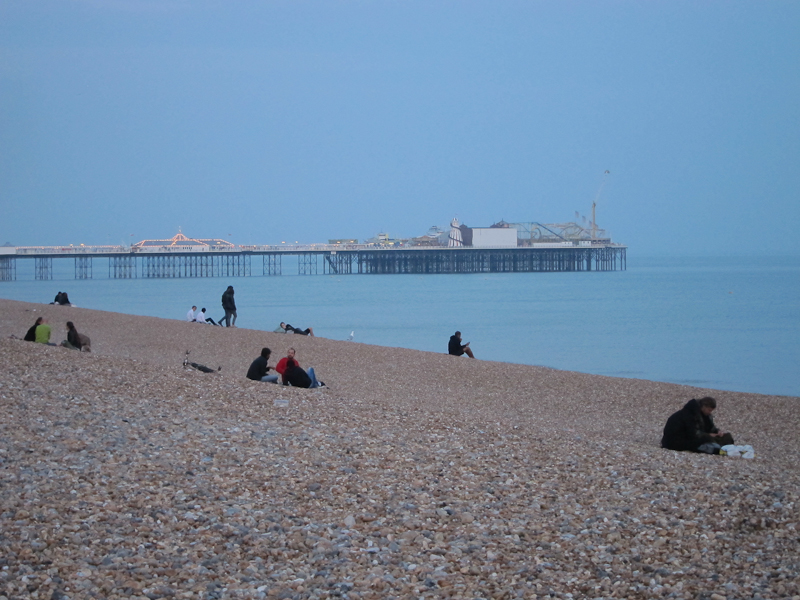 |
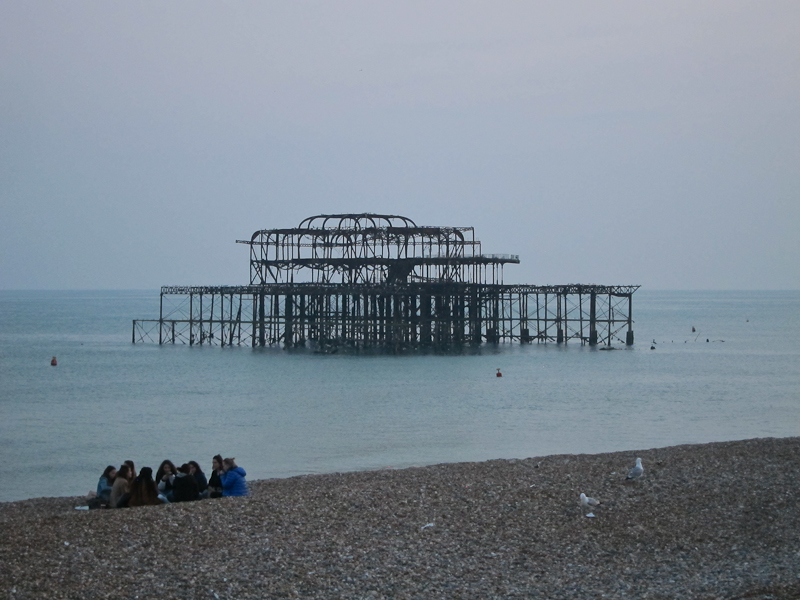 |
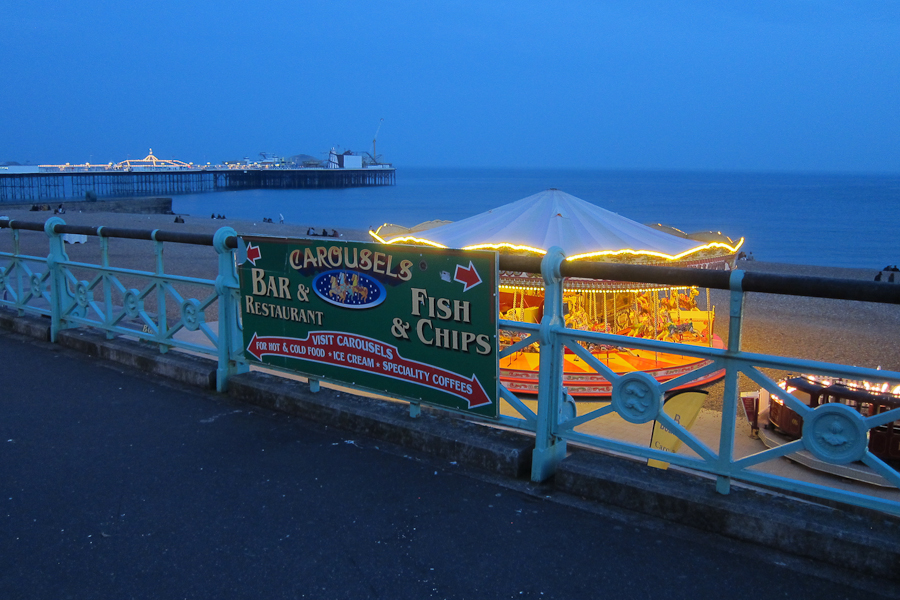 |
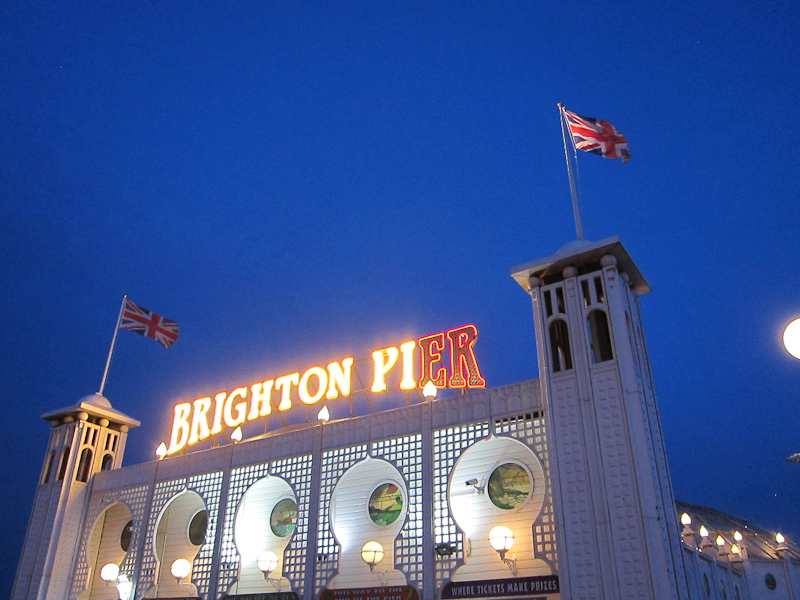 |
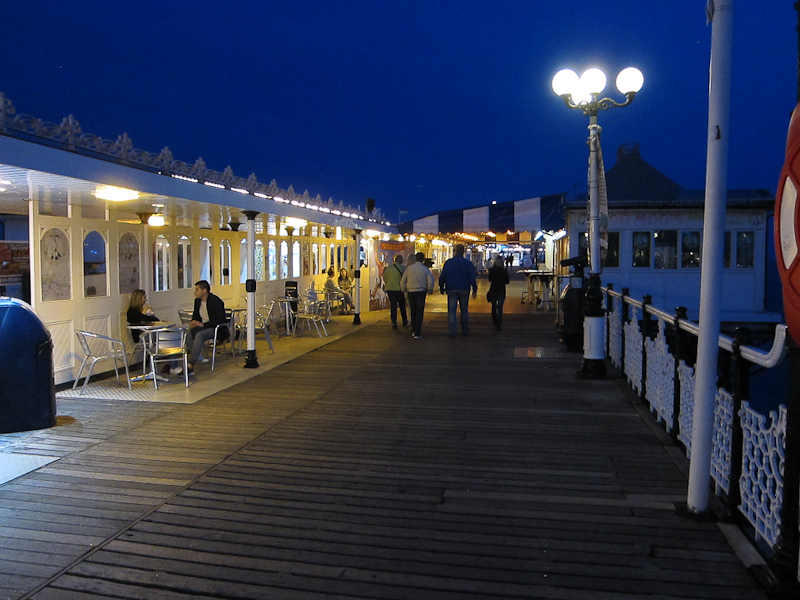 |
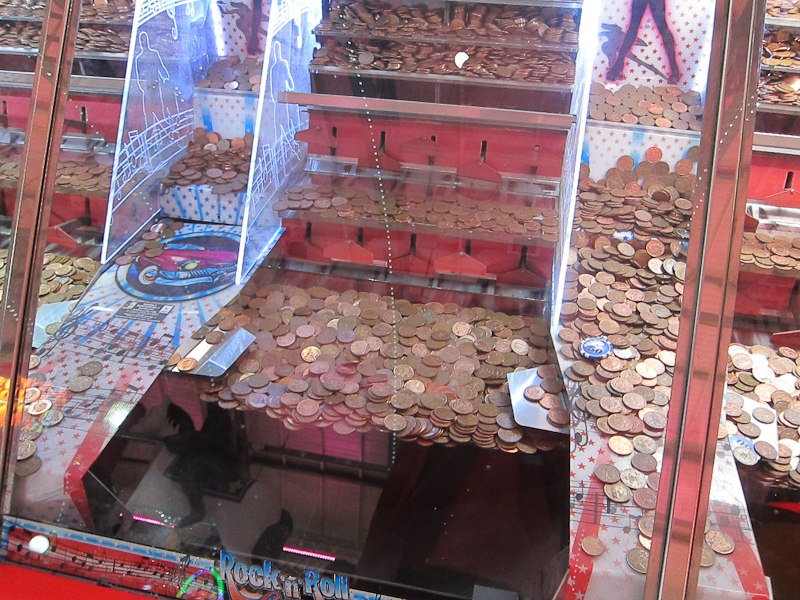 |
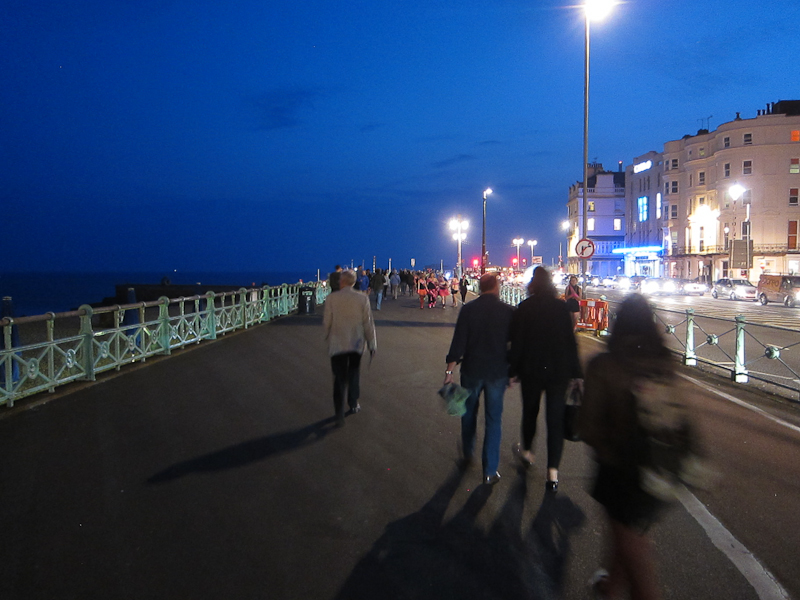 |
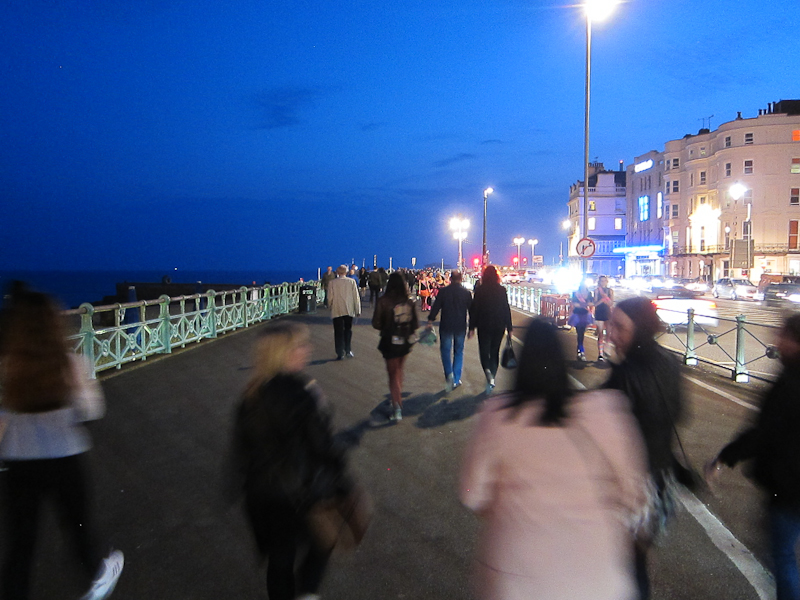 |
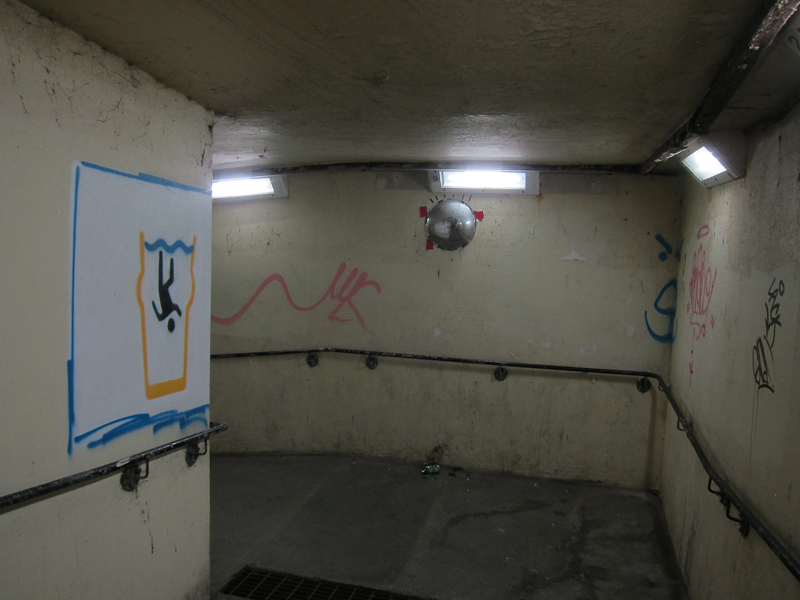 |
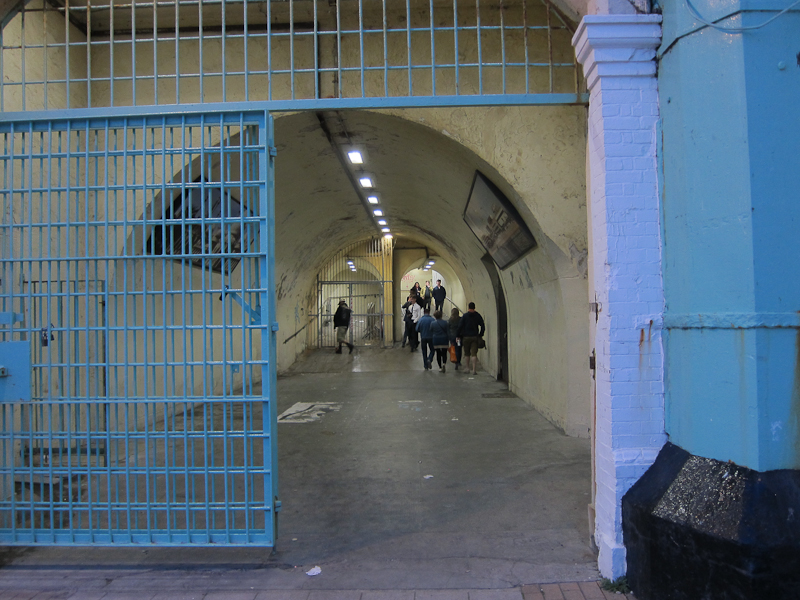 |
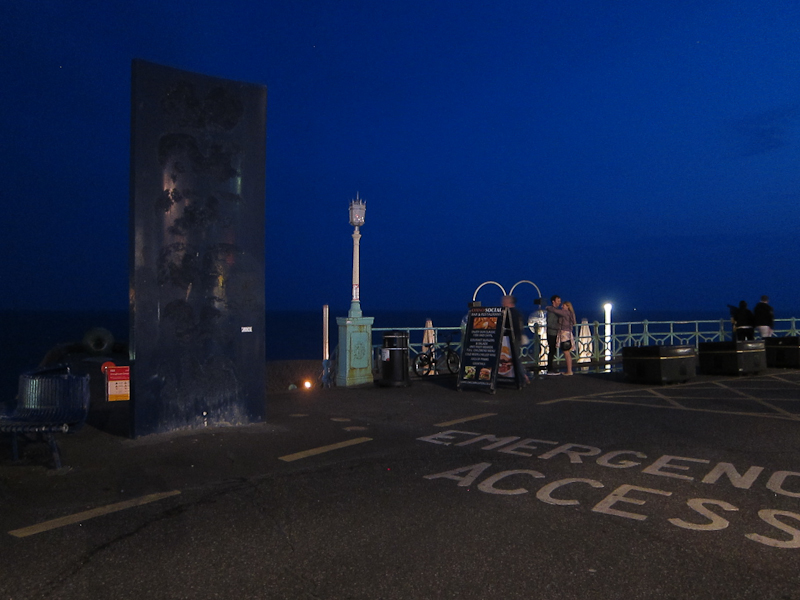 |
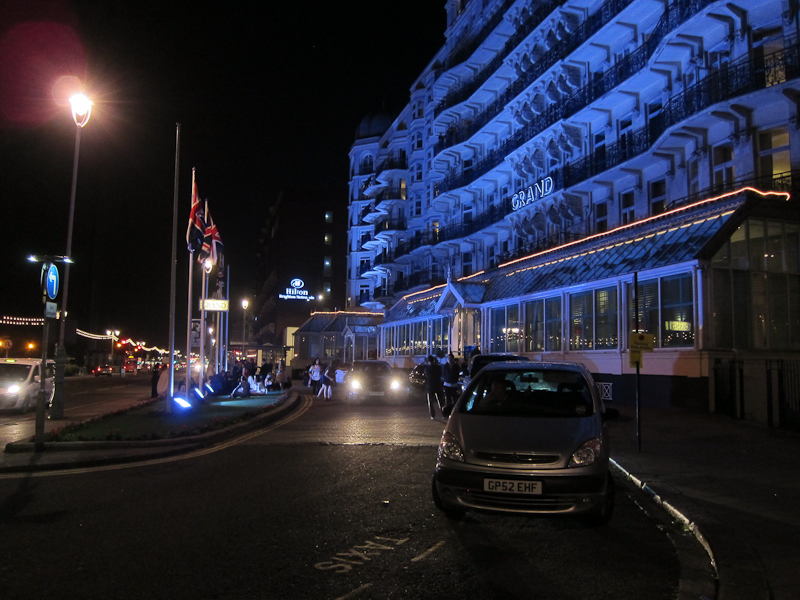 |
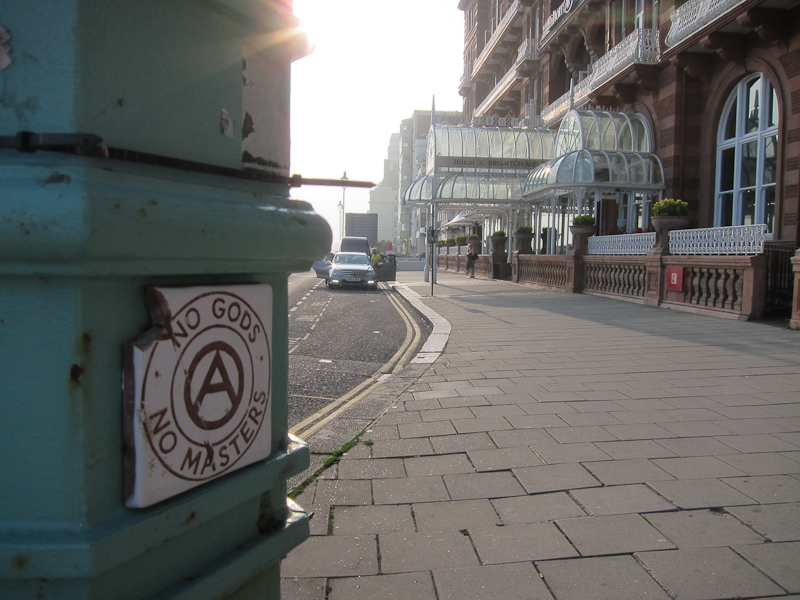 |
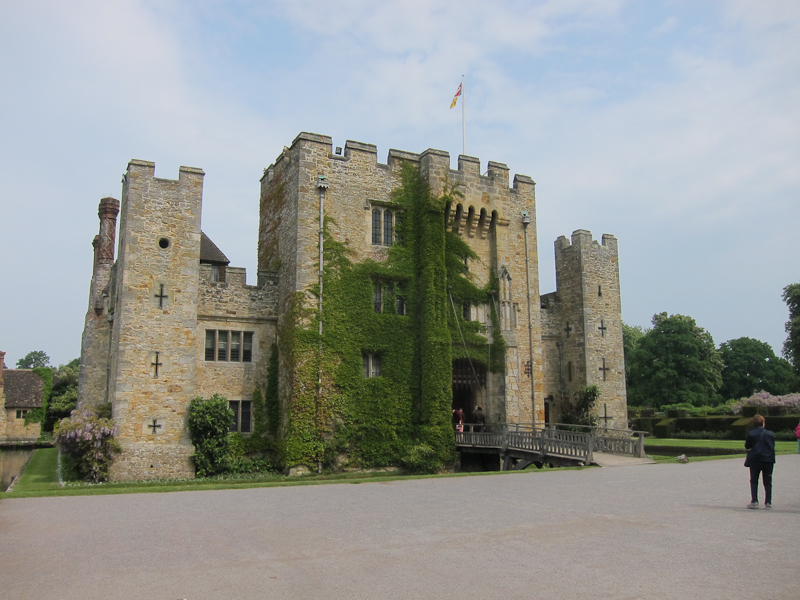 |
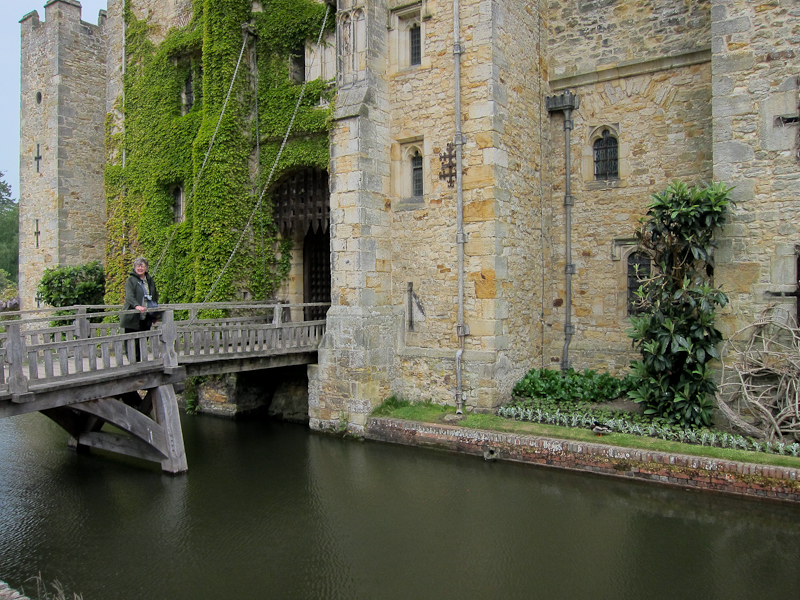 |
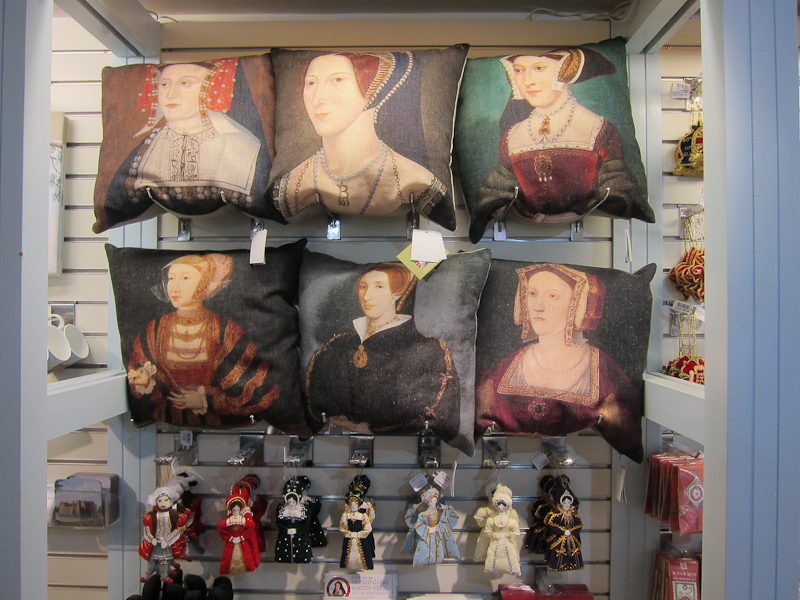 |
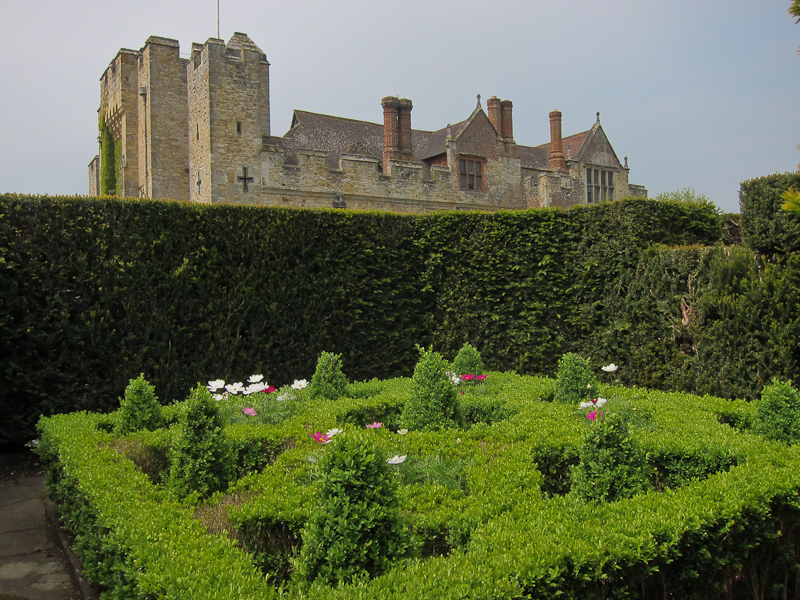 |
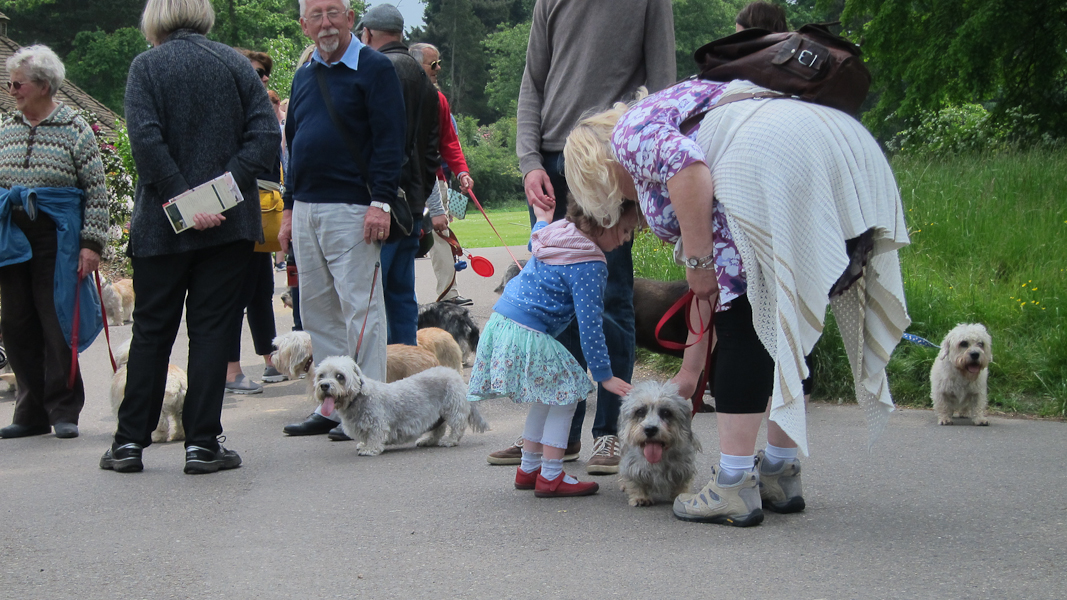 |
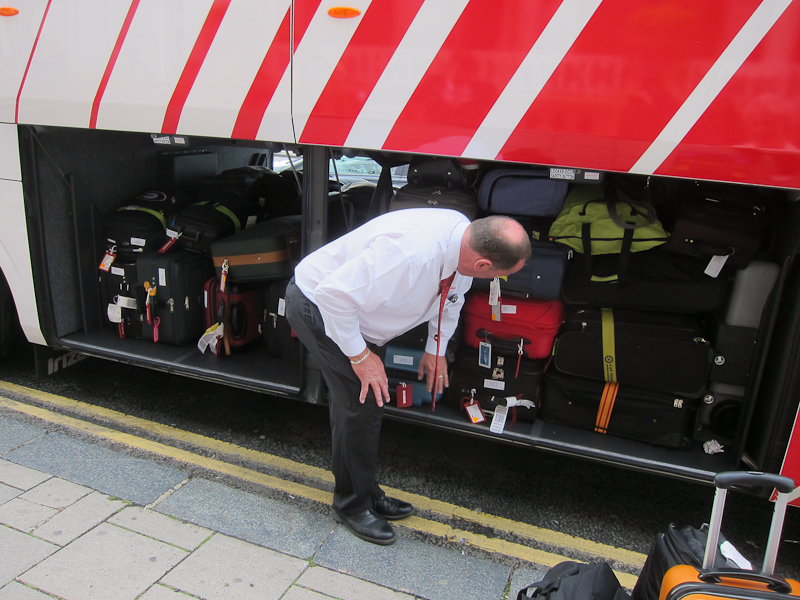 |
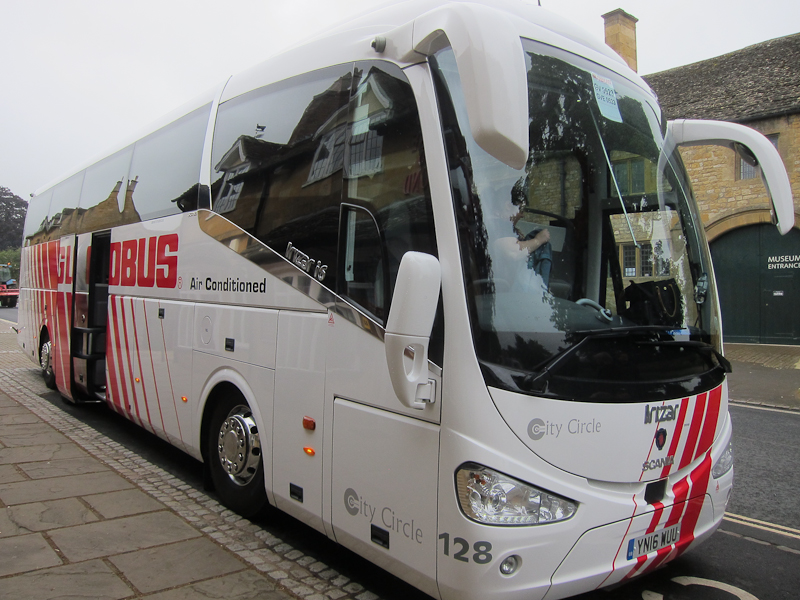 |
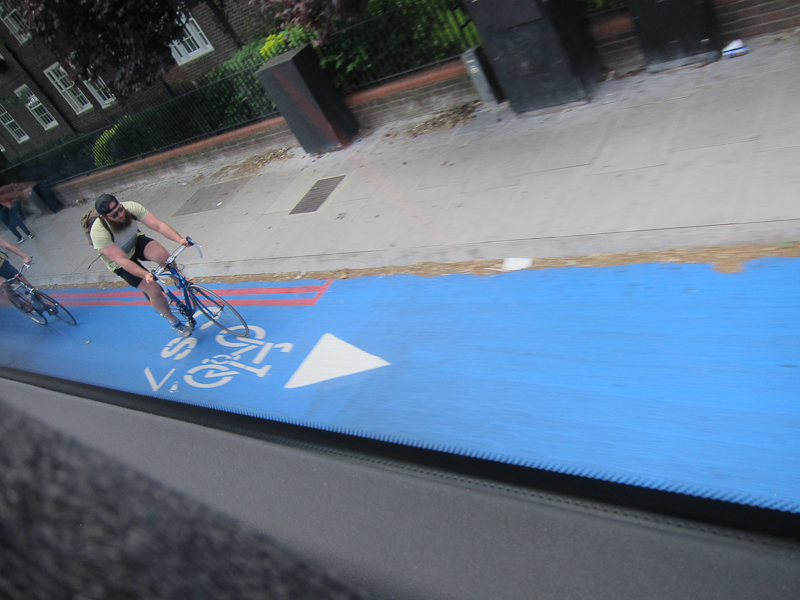 |
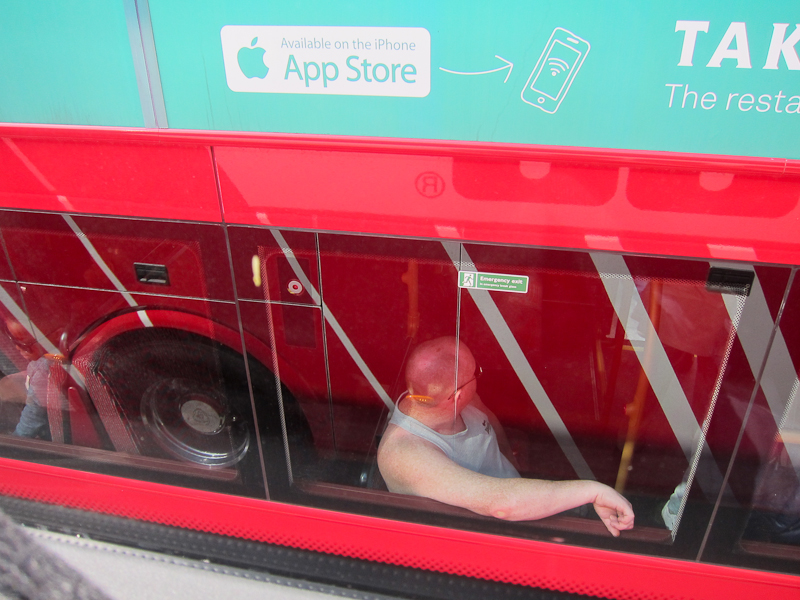 |
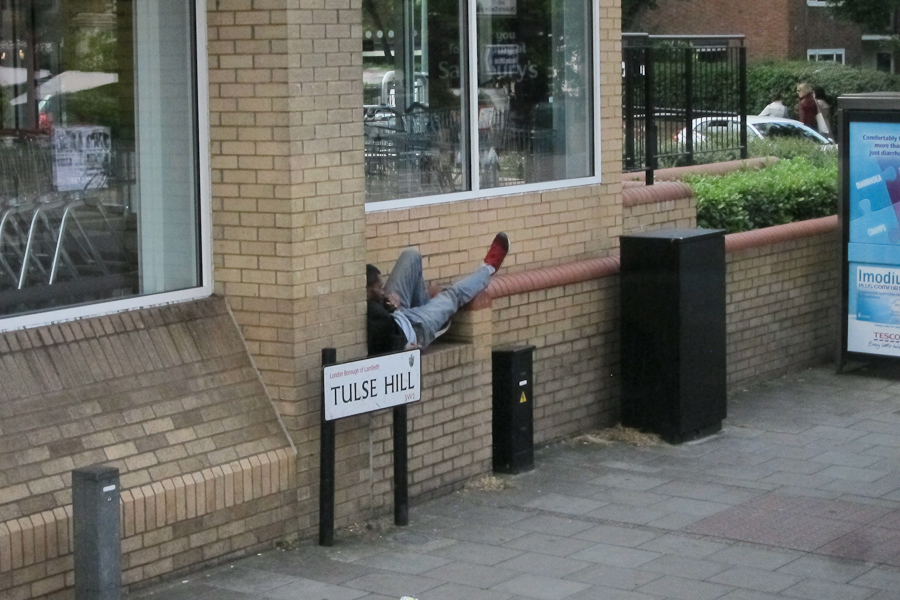 |
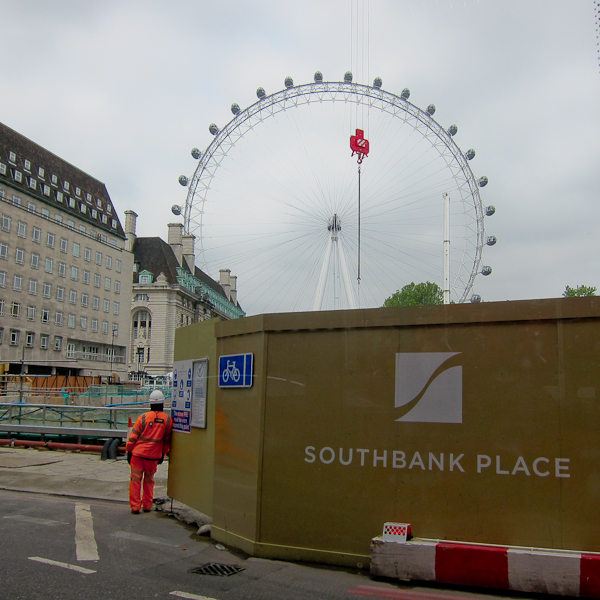 |
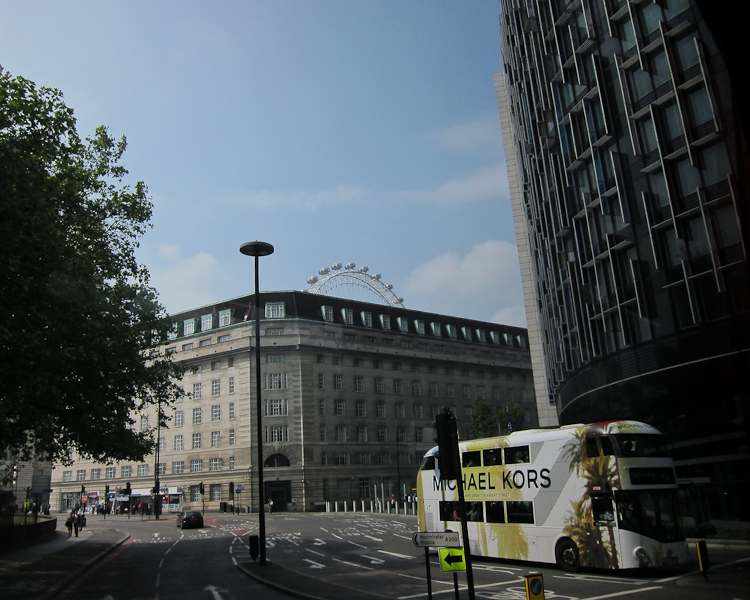 |
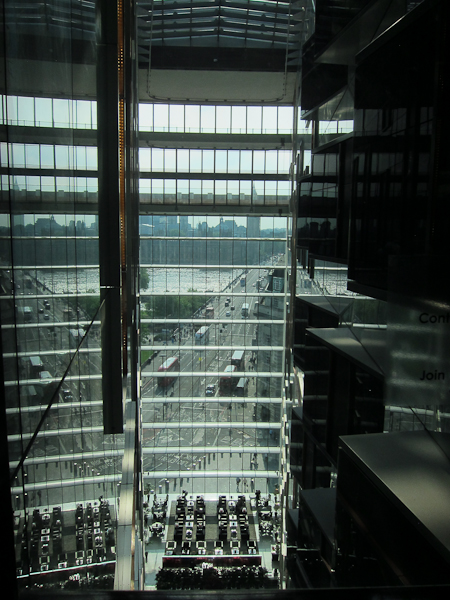 |
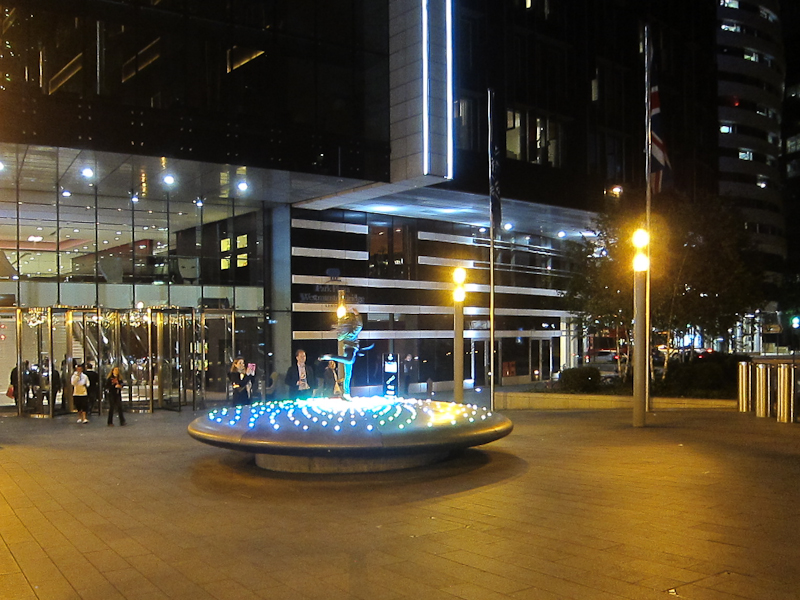 |
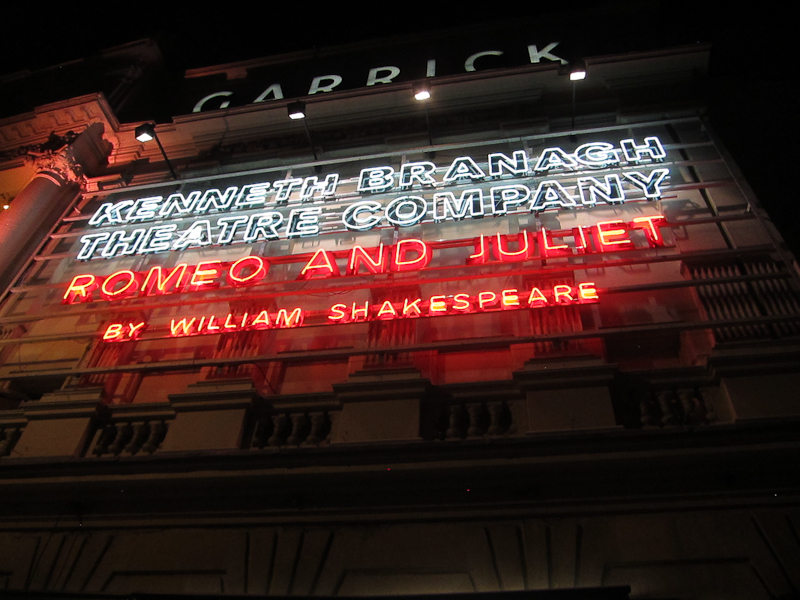 |
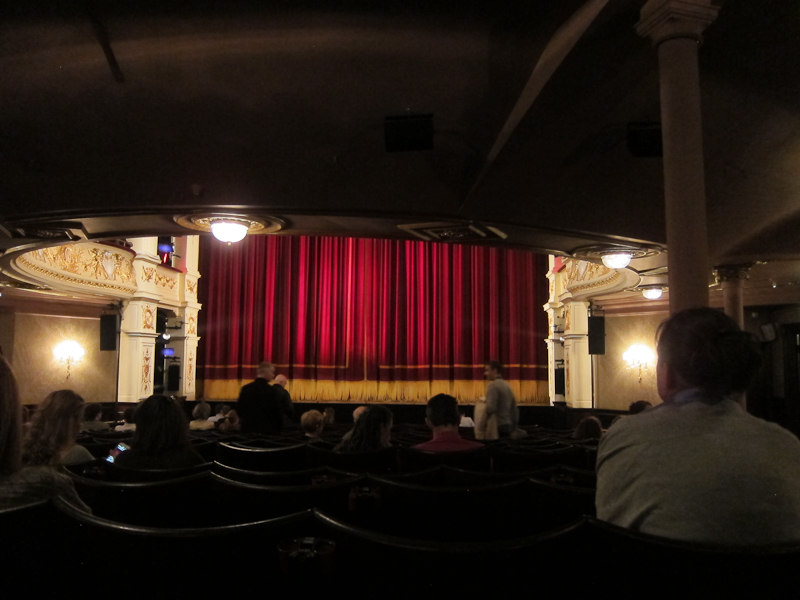 |
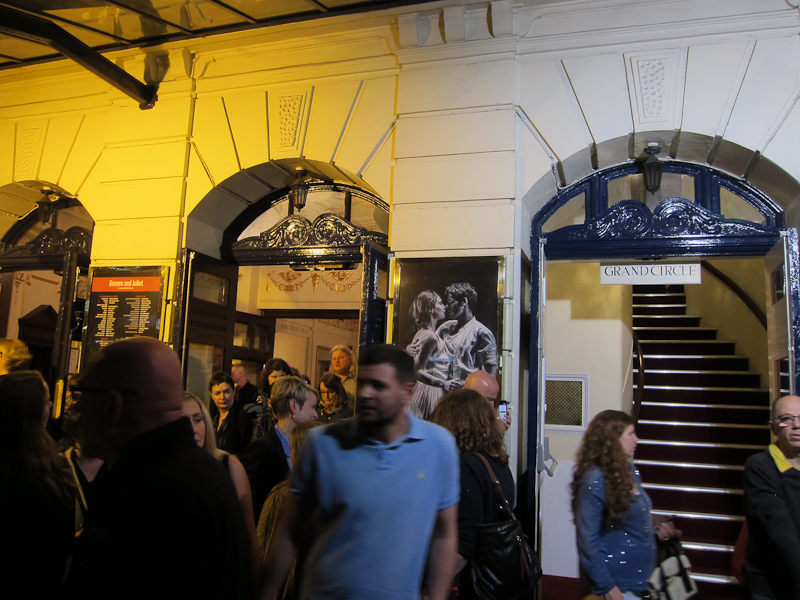 |
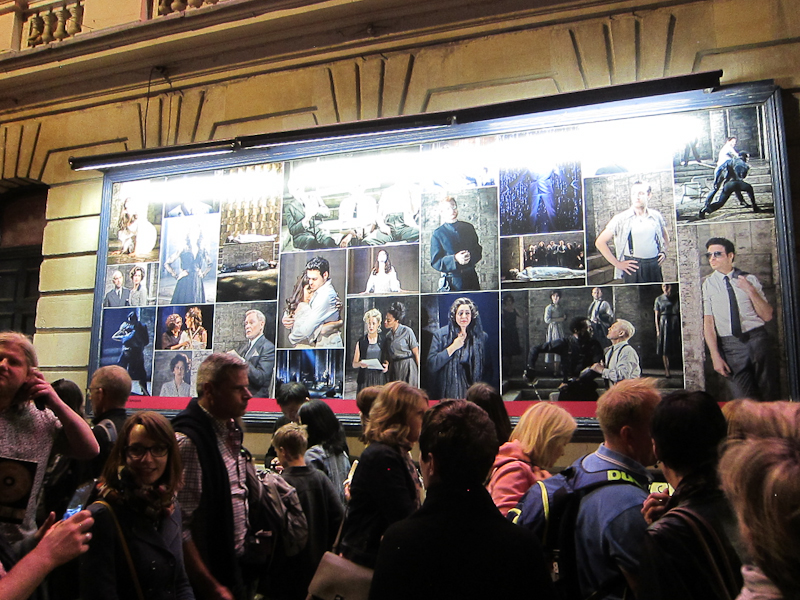 |
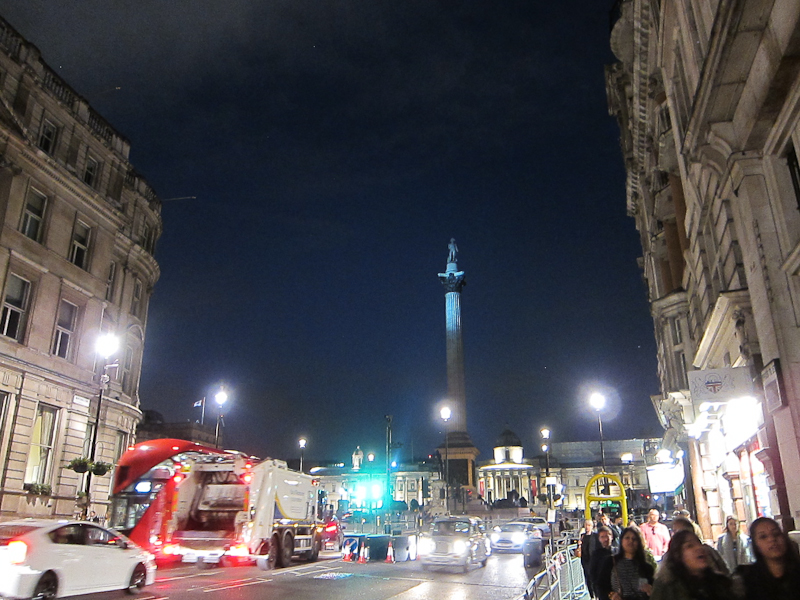 |
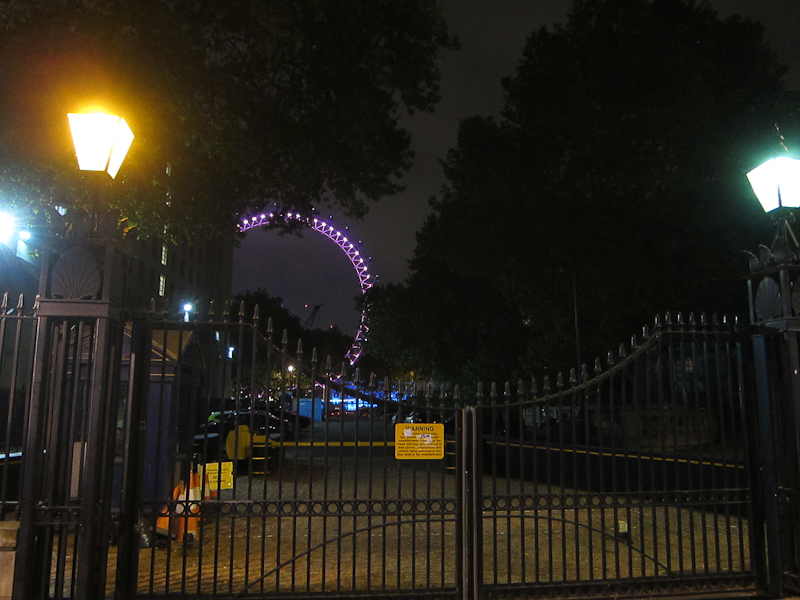 |
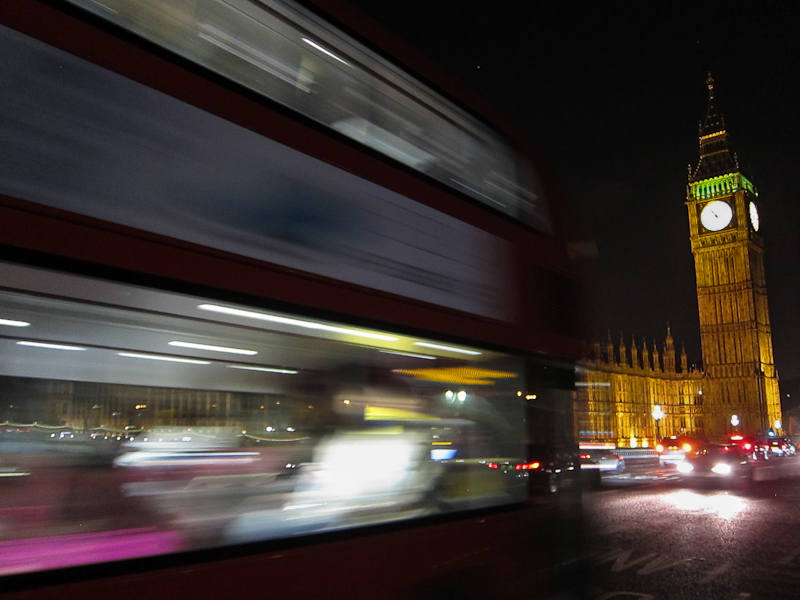 |
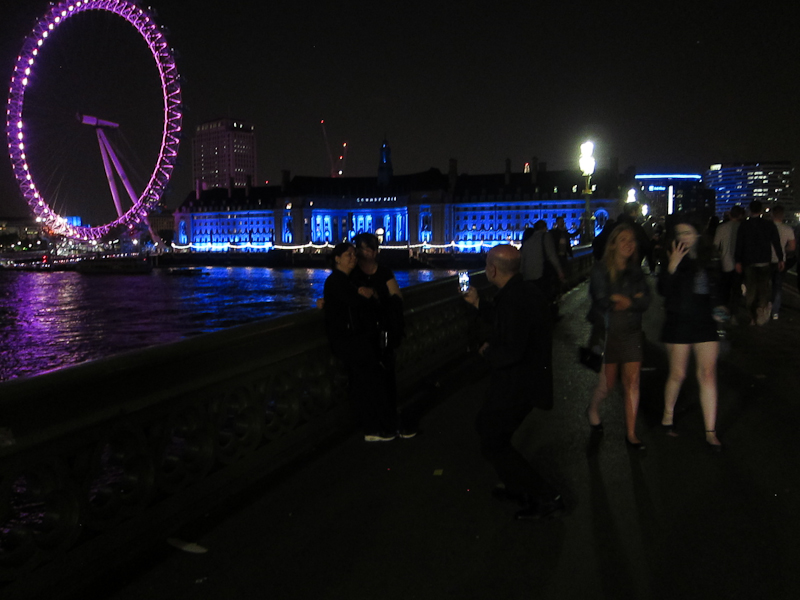 |
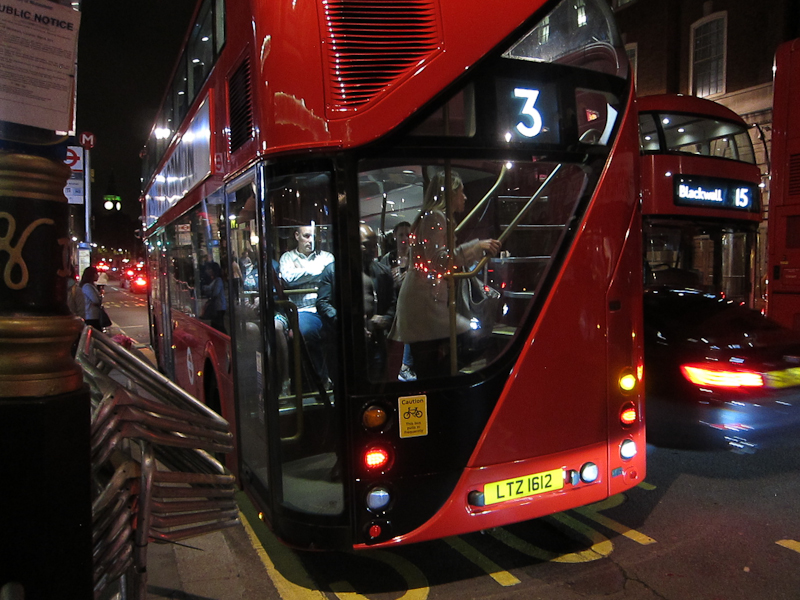 |
| England, May 17-29, 2016 photos by Jeff Hohner the following photo essay and photographs are licensed under a Creative Commons Attribution-NonCommercial-NoDerivatives 4.0 International License |
The British Museum, London: Nereids. Sea-nymphs from Xanthos, southwest Turkey. 4th century BC. | British Museum | British Museum: the Rosetta Stone. One has to wait a minute or two to get to the front of the mosh pit in front of the Rosetta Stone to see its face close up. |
British Museum: those Elgin Marbles. | British Museum: Elgin Marbles. | British Museum: the Library of Ashurbanipal from Nineveh, Assyria (near modern Mosul, Iraq). 7th century BC. One letter fthe size of a biscuit of shortbread reads, "Why don't you write your tablet and do your homework?!" | British Museum | British Museum | Covent Garden, London: buskers playing Vivaldi. | Covent Garden: view from the Royal Opera House lounge balcony. | Covent Garden: the bus we took almost daily to the Globe Theatre. | The Globe Theatre, London: at the beginning of the extensive Exhibition adjacent to the reconstructed theatre. | Globe Theatre: "A Midsummer Night's Dream" pre-show rehearsal. Zubin Varla (Oberon/Theseus) practices his wire work with the help of Margaret Ann Bain (Flute/Philostrate) and Tibu Fortes (Fairy). | Globe Theatre: perspective of a 'penny stinker.' It's five minutes before the second half of the show starts. Can you spot the actor on stage? | Globe Theatre: ushers or players? This production of "A Midsummer Night's Dream" was a smash hit. Every part of the multidimensional play was perfect. I even caught the banana! | Globe Theatre: the edge of the stage. In Shakespeare's time this is where buckets were placed for audience members to urinate into during the show. | Globe Theatre: intermission, "The Taming of the Shrew." | Globe Theatre: timberframe and the only thatched roof in London. Permits for the roof delayed construction for years. London still remembers the great fire of 1666. | Globe Theatre: because the Globe was reconstructed authentically, it contains no lobby or other facilities. These are housed in adjacent buildings which share a courtyard with the new Globe. | Globe Theatre: after a show, this gate opens so patrons can stream out of the complex onto the bankside. | The Tate Modern, London: "Nixon." 1965/2002. Nam June Paik. | Tate Modern | Tate Modern | Tate Modern: Mondrian influences textile design. | Tate Modern: view from the restaurant. This photo makes me feel like a television show is about to begin. | Tate Modern: view from the restaurant. | Tate Modern: "Babel." 2001. Cildo Meireles. The radios were on and creating a gentle, well-mixed cacophony of voices and music. | London's West End: Seven Dials. The charmingest roundabout in London. Forget Picadilly Circus, come chill here. | West End: view from our room at the Seven Dials Hotel. I spent a few days wondering what Forbidden Planet sold. I finally went in. It's a superstore of comics and graphic novels. Geek heaven. | West End: the Seven Dials Hotel is a budget hotel in the heart of it all. Clean and well run. We really enjoyed our stay. | Seven Dials Hotel: the hotel's functional but pleasant dinning room is downstairs. | Seven Dials Hotel: a traditional English breakfast powered us though each day of sightseeing. Yum! | West End: steps away from the hotel. It's day one and we're walking to the British Museum. | Bloomsbury Square: the writers group actually met a few blocks north of here at addresses around Gordon Square. | Bloomsbury Square | Bloomsbury Square | West End: cycle rental stations are everywhere making one way trips convenient. Rates are cheap. The system is automated and requires a credit card. I was tempted to give it a try. | West End | Piccadilly Circus: this street performer looks like a commuter returning from a long day of work slaying dragons. | Oxford Street: can you spot the bowler hat? | Leicester Square: this bobby proceeded to politely rouse a homeless man sleeping on the park's lawn. | Leicester Square: I keep bumping into this guy everywhere! | Trafalgar Square: Nelson's Column. Note the shadow on the building at left. | Trafalgar Square: Trafalgar Square is one of the great public spaces. It functions just like an Italian piazza. | Trafalgar Square: the National Gallery. | The Museum of London: the Museum of London is the antithesis of the British Museum. It's unpretentious and modern, but still full of great stuff. | Museum of London: the museum includes lots of informative (and engaging) media displays. | Museum of London: Sometimes the displays themselves are antiques! | Museum of London: remains of an Iron Age resident. | Museum of London: Oliver Cromwell's death mask. | Museum of London | Museum of London | London: waiting for a bus. | London: more rental bikes off to the left. | London: I'm pretty sure this cyclist is a courier delivering food. | London: double-decker buses are just plain cool. Does London have a copyright on them? Why don't all big cities use them? | London | London: traffic jam at Trafalgar Square caused by the Queen's transit to open Parliament. How many red buses can you spot? I count 12 not including the one I'm on. | London | London: all vehicles in London required to be painted red. | London | London | The Royal Opera House, London: waiting for "The Winter's Tale" by the Royal Ballet. | Royal Opera House | Royal Opera House: the ballet was wonderful but at intermission I stumbled into this swank space and discovered what these evenings are really about. | Royal Opera House: Intermissions were long enough for a quick meal. Ordering is done ahead of time. | The Imperial War Museum, London: growing up in the age of American empire, I find the name of this establishment refreshingly honest. | Imperial War Museum: these kids are climbing a 15" shell that weighs 1938lbs and travelled up to 29kms when fired from the naval guns in the previous picture. | Imperial War Museum: a Spitfire fighter plane soars in the atrium of the museum. | Imperial War Museum: a Harrier jump jet, V1 flying bomb and V2 rocket are also suspended in the atrium. | Imperial War Museum: three floors of galleries surround the atrium. | Imperial War Museum: WWI and WWII galleries occupy floors one and two. The galleries on floor three examine the Cold War, Iraq War & the Troubles in Northern Ireland. | Imperial War Museum | Imperial War Museum | Imperial War Museum: best use of projection ever. The shadows falling on the trench wall are animated. A soundtrack lets you listen in on the soldiers casting the shadows. | Imperial War Museum: the WWI galleries are the most detailed and evocative. However, I found the Holocaust Exhibition on the fourth floor the most moving. | St Pancras Station, London: I popped in here on my way to the British Library to see what modern train travel is like. | St Pancras Station | St Pancras Station | The British Library, London: "Shakespeare in Ten Acts" was a special exhibition exploring the performance of Shakespeare's works over the last four centuries. I didn't have time to visit it intent as I was on visiting the Ritblat. | British Library: the Ritblat Gallery is a hushed, dimly lit gallery that houses precious manuscripts like a copy of the Gutenberg Bible and Magna Carta. But the stars of the show for me were a sonnet in Shakespeare's hand and scores in Handel's & Beethoven's. | British Library | British Library: the library was also hosting an exhibition about Punk. It was meager and misbegotten. What could be less punk then bunch of old posters, zines and t-shirts under glass? The title of the exhibition states the obvious: punk is over. | British Library: this cyclist is more punk than the exhibition inside the library. | British Library: Blake's "Newton" (1795) in bronze by Eduardo Paolozzi, 1995. | Smithfield, London: the meat market that operates here has done so continuously since the 10th century. | Smithfield: a traditional English pub which now does a booming trade catering a fixed menu to busloads of tourists. The food was good but the beer was better. London Pride is an award-winning cask ale. This was the start of our guided tour of southern England. | The Thames River, London: the new bike path, a controversial construction that Londoners love to complain about. | The Thames: the recently-new London Eye, a controversial construction that Londoners used to complain about but now love. | The Thames: Parliament, aka the Palace of Westminster. You can see the twin towers of Westminster Abbey in the background just to the right of the clock tower. The long hand of 'Big Ben' is the length of a double-decker bus. | The Thames: Tower Bridge. | The Thames: the Tower ...and the Gherkin. | Westminster, London: somewhere in Whitehall, the set of government buildings around Parliament. | Buckingham Palace, London: the Changing of the Guard. These are old troops going off shift. Bands played. | Buckingham Palace: flats and facinators. The Queen had held one of her regular garden parties earlier in the day. Those who recieve an invitation wait for hours on the lawns of the palace in order to meet her. Sensible shoes and fancy hats are required. | Buckingham Palace: the Queen is in. The Royal Standard is replaced with the Union Jack when the Queen is not in residence at the Palace. | Windsor Castle, west of London | Windsor Castle: in celebration of the 400th anniversary of Shakespeare's death, Windsor Castle organized a small exhibit about its history with the Bard. | Windsor Castle: those rooms of castle open to the public are full of art and artifacts worthy of any museum. I found the castle's small collection of English Renaissance painting the best I'd ever seen. | Windsor Castle: the private wing of the castle. | Windsor Castle | Hampton Court Palace, southwest of London: the banquet hall is at left. This was one of Henry VIII's palaces, later William & Mary's, Queen Anne's and others. | Hampton Court: Elizabeth's room. | Hampton Court | Hampton Court: the palace complex and grounds are large. William & Mary sought to renovate it to rival Versailles. | Hampton Court: our tour did not take us inside though Lonely Planet reports it's full of great architecture and art. | Oxford: a scholar leaves Radcliffe Camera and braces himself for weaving through the throngs of tourists. | Oxford | Oxford | Oxford: St Michael at the North Gate maintains the 11th century Saxon Tower as a tourist attraction filled with sundry items. | Oxford: the tower is just tall enough to provide views of the University spires about town. | Oxford | Oxford | Oxford: entering the Schools Quadrangle, home of the Old Bodleian Library and heart of the old University. | Oxford: the quad is ringed with doors to old lecture halls. | Oxford | Oxford: the Bodleian Library was founded in 1602 atop a collection begun in 1327. It quickly grew to be England's national library until the founding of the British Museum in 1753. | Oxford | Oxford | Oxford: 'Ancient City Wall' - 'Erected in 1912' | Stratford-upon-Avon: outside Shakespeare's birth place. The large, modern entry to Shakespeare's Birthplace is off to the left. Ticket holders enter the historic building from a courtyard in the back. But the house itself fronts onto the street just like any other. | Stratford-upon-Avon: inside Shakespeare's birth place. The displays, furnishings and costumed docents inside the Tudor home were interesting but a bit stagy. | Stratford-upon-Avon: the Guildhall, Shakespeare's school. King Edward VI School operated (and still operates!) in Stratford-upon-Avon's Guildhall, then the centre of local governance. Shakespeare's dad was Bailiff (mayor) and the Borough promoted education. | Stratford-upon-Avon: the Guildhall and School had just opened as an attraction in April. It's staffed by enthusiastic volunteers. It tickled my imagination more than the Birthplace. | Stratford-upon-Avon | Stratford-upon-Avon | Royal Shakespeare Theatre, Stratford-upon-Avon | Royal Shakespeare Theatre: stage setting for "Hamlet." | Royal Shakespeare Theatre: our seats were fantastic, right by the stage. | Royal Shakespeare Theatre | Royal Shakespeare Theatre | Royal Shakespeare Theatre: the dimensions of the stalls look strangely familiar. | Royal Shakespeare Theatre: the RSC production rocked on all levels especially the modern African setting and the all black cast (excepting Rosencrantz & Guildenstern). All roles were acted superlatively. The youthful Hamlet rendered by Paapa Essiedu was perfect. | The Cotswolds: we criss-crossed their rolling hills between Stratford-upon-Avon in the north and Bath in the south, Oxford in the east and Wales in the west. | The Cotswolds | The Cotswolds | The Cotswolds: the area is typified by its golden limestone. | The Cotswolds | The Cotswolds | Broadway, Worcestershire: a tranquil village that attracted Victorian artists, writers and composers, and became the centre of the Arts and Crafts movement. | Broadway | Wales Cymru |
Tintern Abbey, just inside the Welsh border | Tintern Abbey: founded in the 12th century as a Cistercian monastery, the Abbey fell into ruin 400 years later after the dissolution of the monasteries ordered by Henry VIII. | Tintern Abbey | Tintern Abbey: it's big! | Tintern Abbey: somehow the lack of a roof makes the abbey seem larger than all those other cathedrals. | Bath (back in England): an employee of the Roman Baths costumed as a classical Roman lady talks to school children. She has the easy job. | Bath: SPQR. Romans, everywhere. | Bath | Bath: people no longer bathe at the baths at Bath. | Bath Abbey | Bath Abbey | Bath Abbey: a choir was rehearsing. Sadly, a picture cannot capture the beautiful sounds filling the church at this moment. | Bath: Georgian architecture. | Bath | Castle Combe: public house. | Castle Combe: parish church. | Castle Combe: celebrations big and small. The Queen had turned 90 in April. Official celebrations were planned around the nation in June. | Castle Combe | Castle Combe | Castle Combe | Castle Combe | Castle Combe | Stonehenge | Stonehenge | Stonehenge | Stonehenge | Stonehenge: the midsummer approach. Stonehenge has a front and a back. This is the front. A procession of celebrants would approach the building along an ancient road for midsummer's eve. | Stonehenge | Stonehenge | Stonehenge | Stonehenge: the midsummer view. The back of Stonehenge. From this angle of the circle the midsummer night's sun would set in the distance aligned with the approach avenue and other key features of the structure. | Stonehenge | Salisbury Cathedral: The other great church built on the Salisbury Plain. | Salisbury Cathedral | Salisbury Cathedral: a Cathedral guide demonstrates the holy dipstick (the water table is critical to the stability of the Cathedral's foundation). | Salisbury Cathedral: The sculpture of giant feet is by Sophie Ryder and was part of her exhibition 'Relationships' in the cathedral and on its grounds. | Wiltshire (near Castle Combe): quintessential English countryside. | Wiltshire (between Bath and Stonehenge): British Army training exercise. | Wiltshire: British Army training. | Warwickshire (outside Stratford-upon-Avon): furlongs of sheep. | Sussex (south of London): cricketers. | Sussex: our visit to England was just before the Brexit referendum. | West Sussex (between Portsmouth and Brighton): view from the motorway. | Brighton: our hotel. | Brighton | Brighton: the Brighton Marine Palace and Pier, opened in 1899. | Brighton: the West Pier, derelict since closing in 1975. | Brighton | Brighton | Brighton: the pier's arcade beckons in the distance. It is filled with clever, mechanical amusements from the past. They're coin operated, and the coins you drop into them become the prize like a slot machine. Like a slot, this encourages you to recycle your winnings. Unlike a slot there appears to be a touch of skill involved with the game. | Brighton: coins roll down a track and drop onto a shelf where coins from prevous plays sit. Little rakes move constantly forward and backward an inch sweeping the rear of the shelf. A luckily placed coin will push the coins ahead of it forward knocking them off the shelf onto the shelf below where this process repeats. An unluckily placed coin falls atop the other coins beyond the reach of the rakes. | Brighton: (previous photo) notice the thick layer of coins cantilevered beyond the edge of the bottom shelf. The rakes often push coins on top of each other which fails to advance the pile and braces the coins against themselves. After much expenditure, a chunk of coins on the lower shelf may break free and fall into the reward chute. So many other coins will nearly fall that it is tempting to keep playing. | Brighton | Brighton: an underpass to and from the beach. | Brighton: Brighton is a youth-oriented party destination. Lots of bars. Lots of drinking. | Brighton | Brighton: the Grand Hotel is right beside the Hilton. It was bombed by the IRA in 1984 in an attempt to assassinate British Prime Minister Thatcher. Thatcher survived but five other people died. | Brighton: the harsh light of day. | Hever Castle, southeast of London: Anne Boleyn's home. Anne was Elizabeth I's mummy. | Hever Castle: the castle is very small but contains a marvelous collecion of art and artifacts related to Anne, Elizabeth and Henry VIII, and others connected to castle. | Hever Castle: divorced, beheaded, died, divorced, beheaded, survived. | Hever Castle: the castle was bought and restored in the early 20th century by American millionaire William Waldorf Astor. | Hever Castle: the castle grounds include all sorts of other facilities and operate as a hub for local activities. | Return to London. | Our tour bus. | London | London | London | London | The Park Plaza Westminster Bridge, London: our final hotel - the building on the right. | Park Plaza Westminster Bridge: the atrium of the hotel offers a view of Westminster Bridge, Parliament and Big Ben (more properly called the Elizabeth Tower, Big Ben being the name of the largest bell in the tower). | Park Plaza Westminster Bridge: a young girl pirouettes on top of some public art outside the hotel. | The Garrick Theatre, London | Garrick Theatre: the final show of the trip. An obliging gentleman sold me a ticket for half-price just outside the theatre. The show had long been sold out. | Garrick Theatre: the leads were movie stars who had just starred together in the wonderful 2015 version of Cinderella. Sadly, neither one could act for the stage. This was the only bad production we saw on the trip. | Garrick Theatre: Richard Madden, Lily James, Derek Jacobi, Meera Syal, directed by Branagh & Rob Ashford. The art direction and costumes were wonderful, and the veteran stage actors were good. Sadly, the youngsters were not. Their beautiful faces and famous names made for a wonderful marquee though. I suspect they got rushed direction. Such are the economics of theatre in the West End. | Trafalgar Square: after the show I walked back to the hotel across Westminster Bridge. The bridge itself is a lively public space. It was full of people. | Westminster: view of Southbank. | Westminster Bridge | Westminster Bridge | happy 80th birthday, Mom thanks for the wonderful trip! |